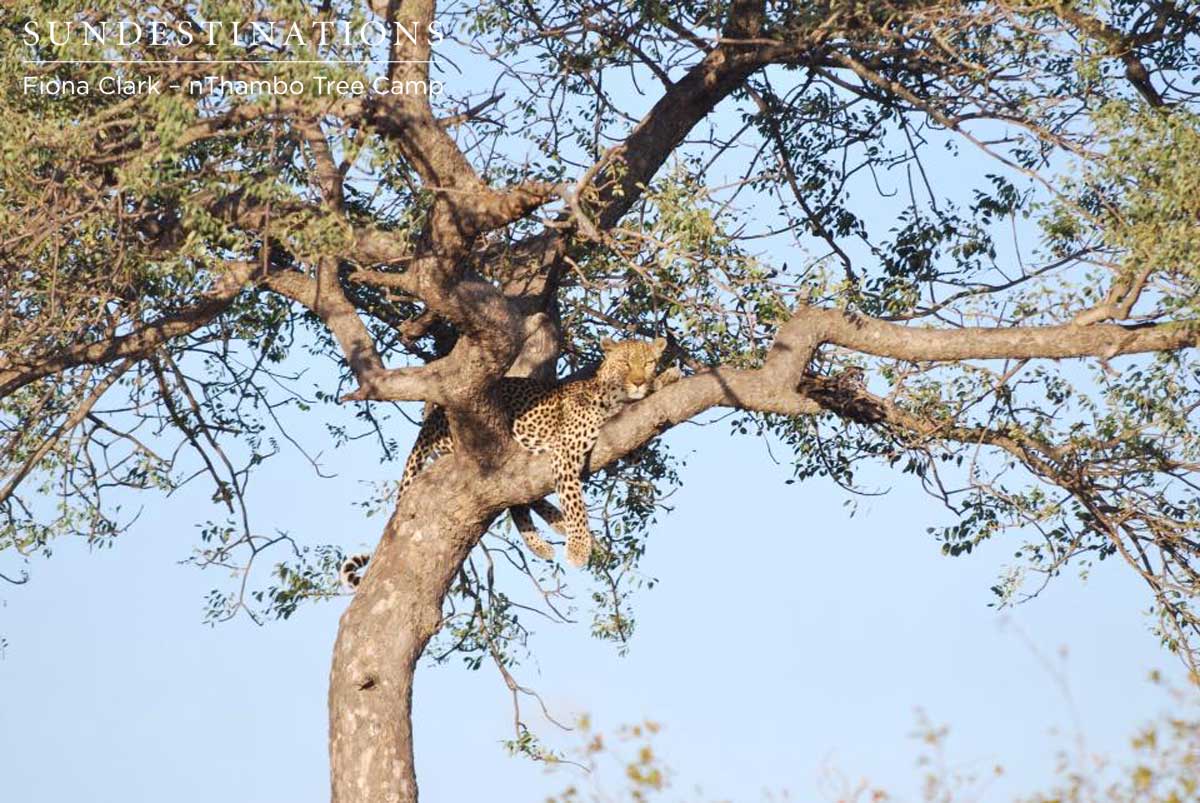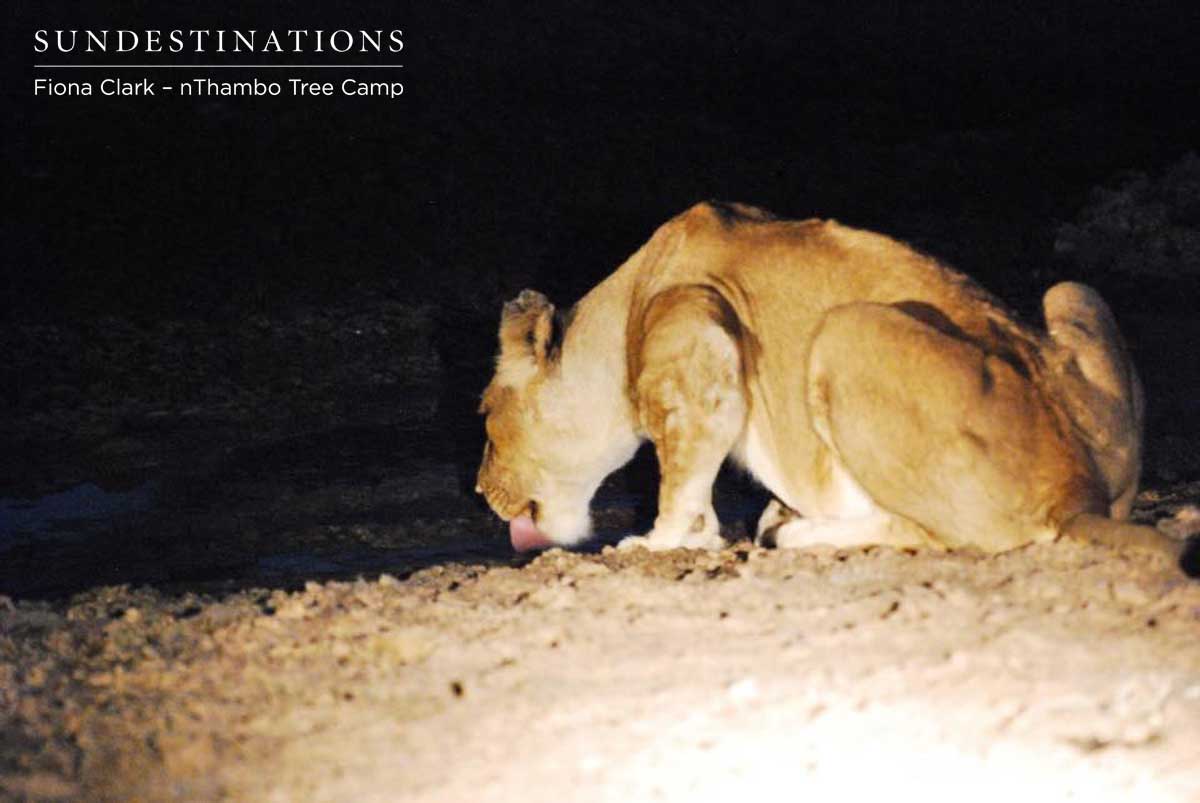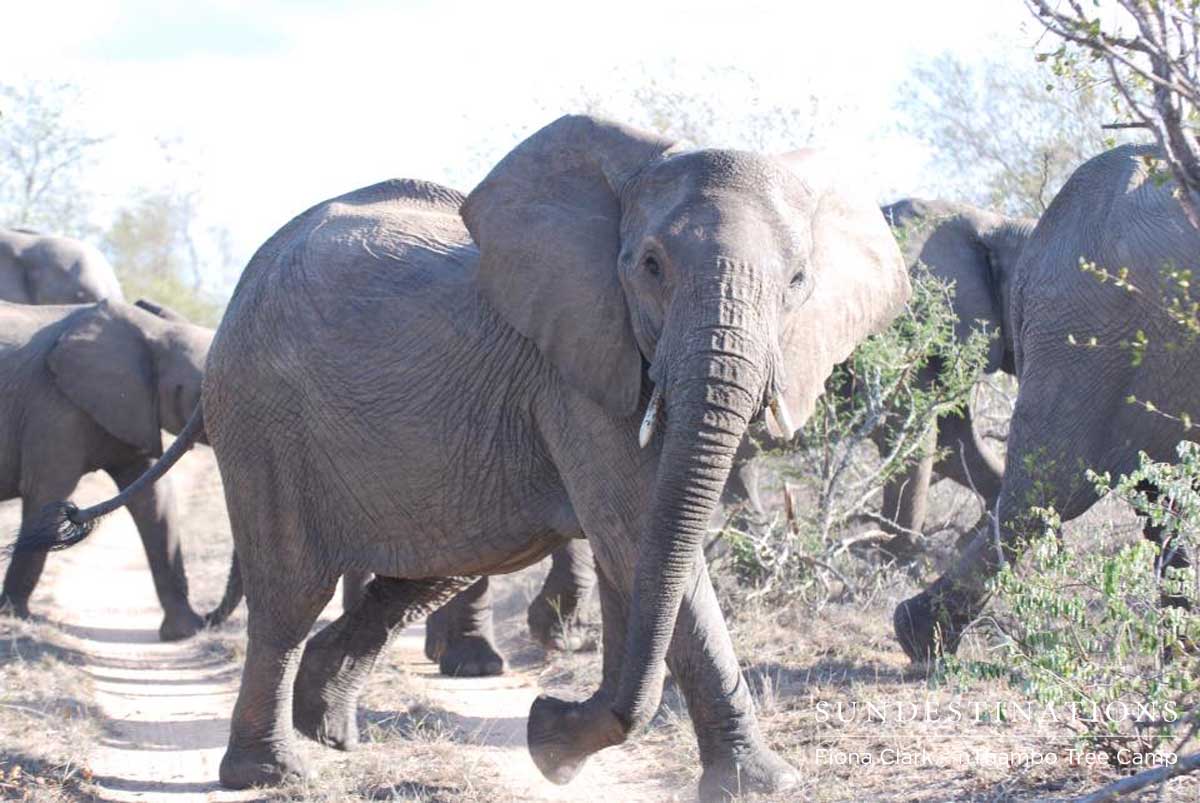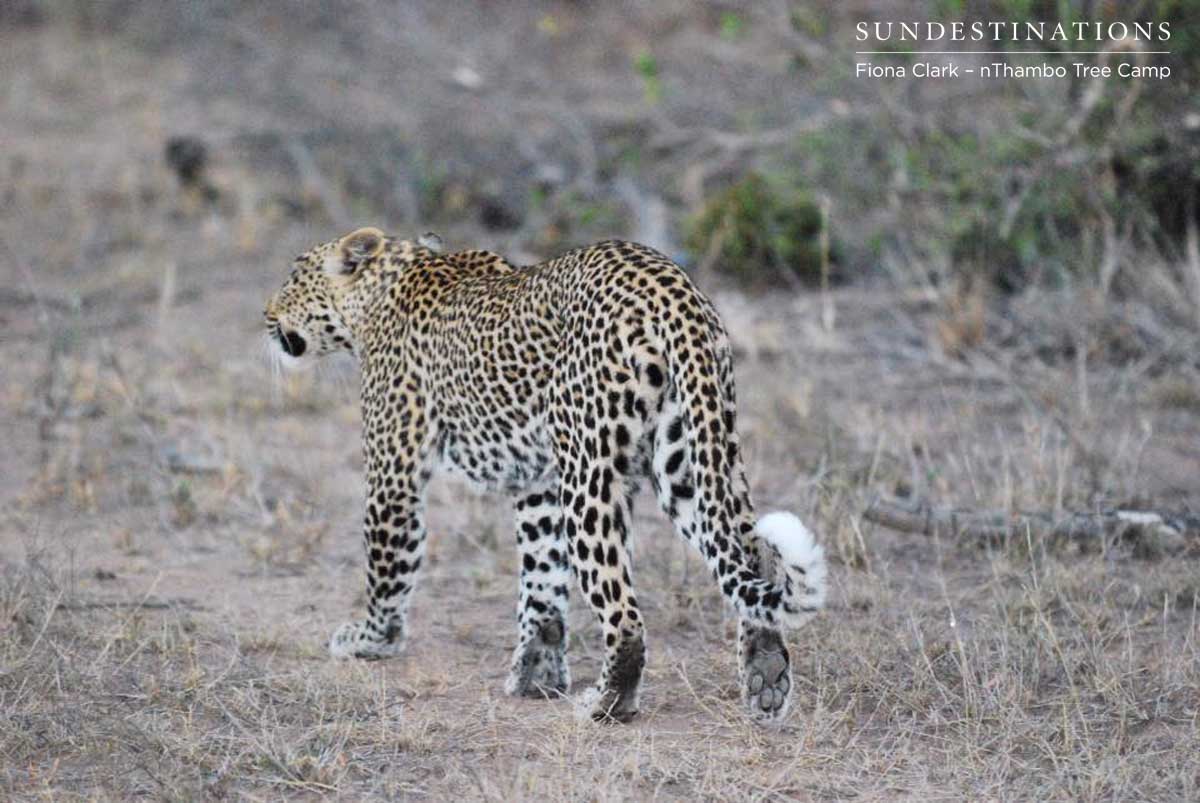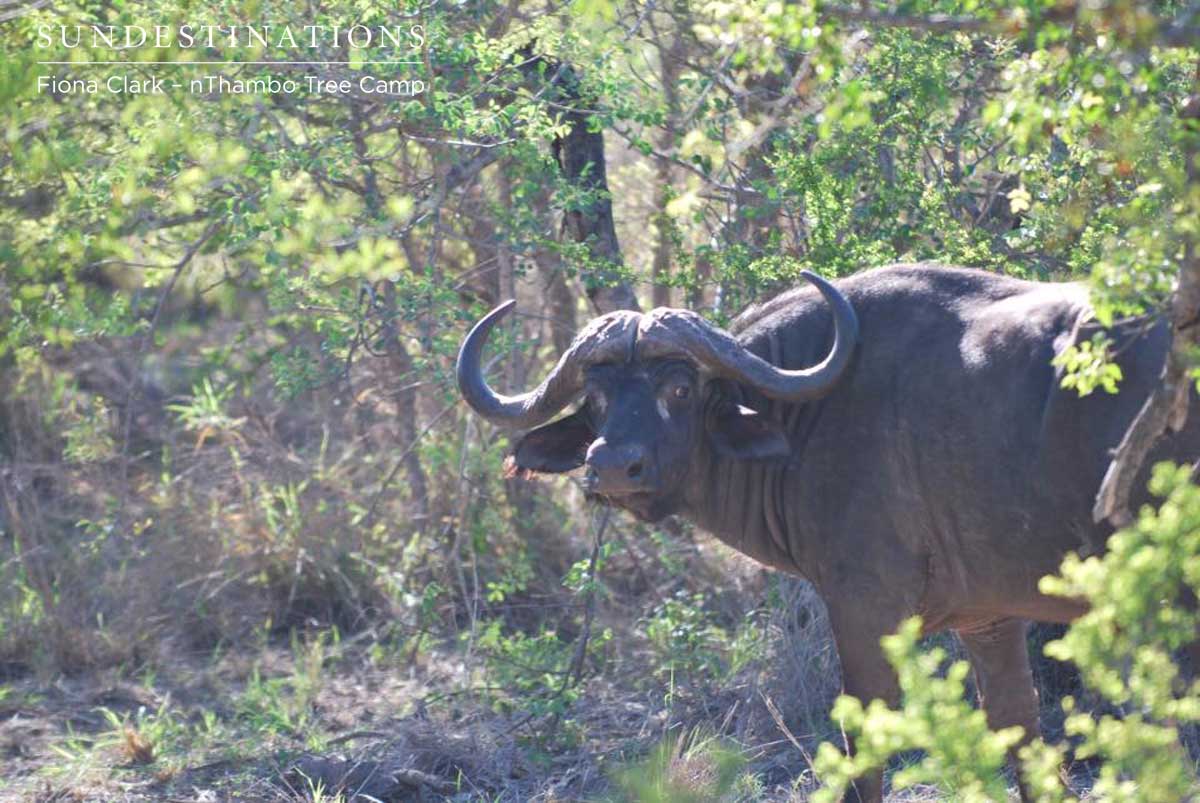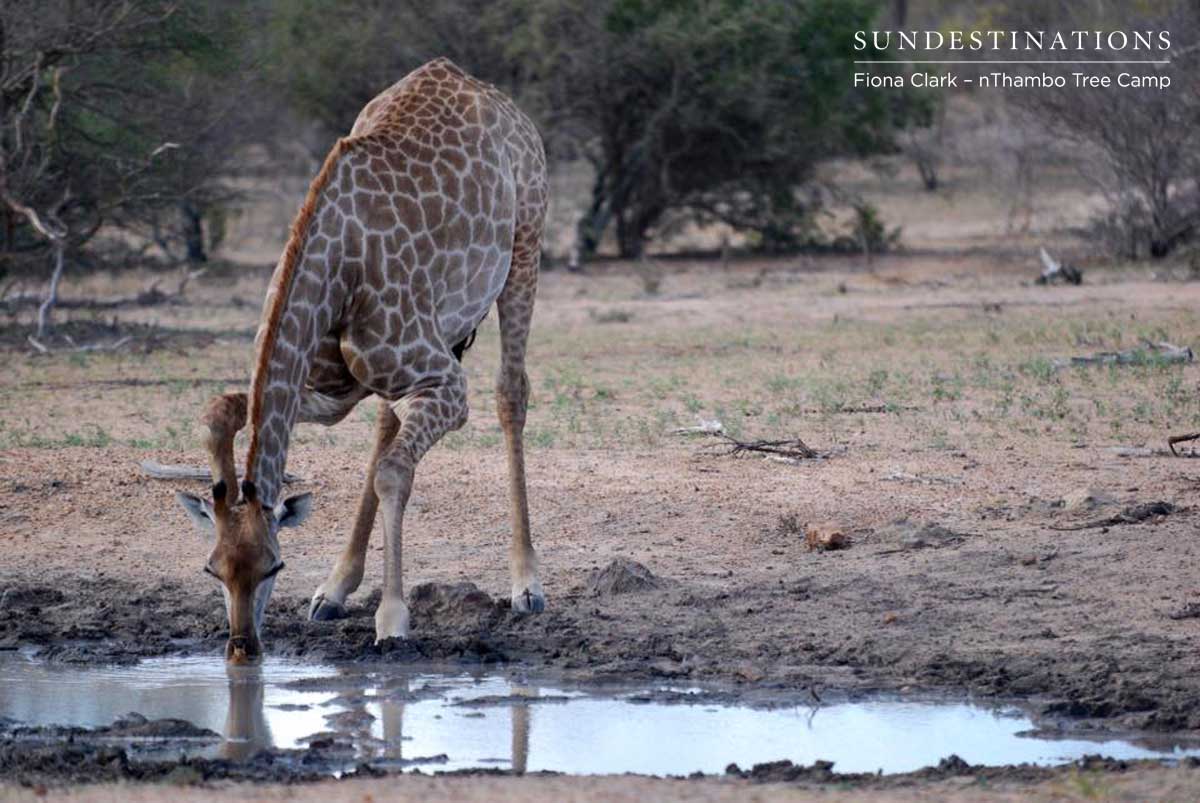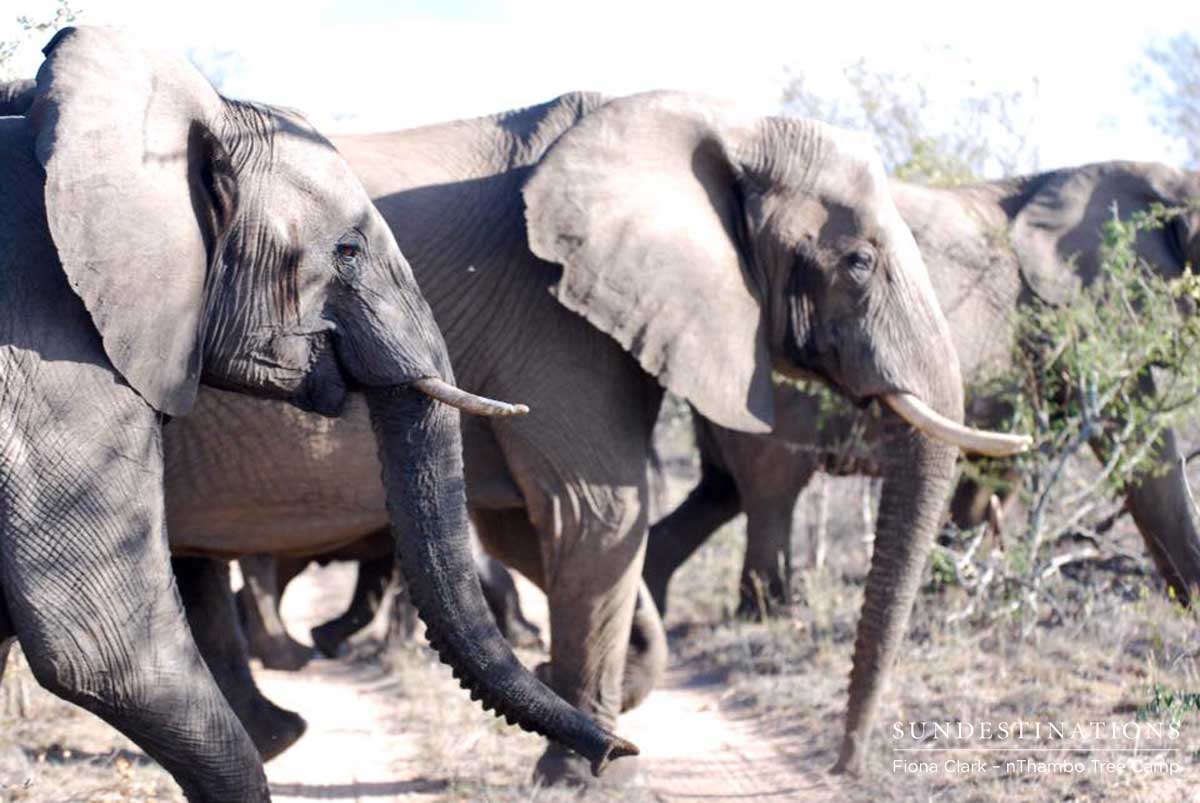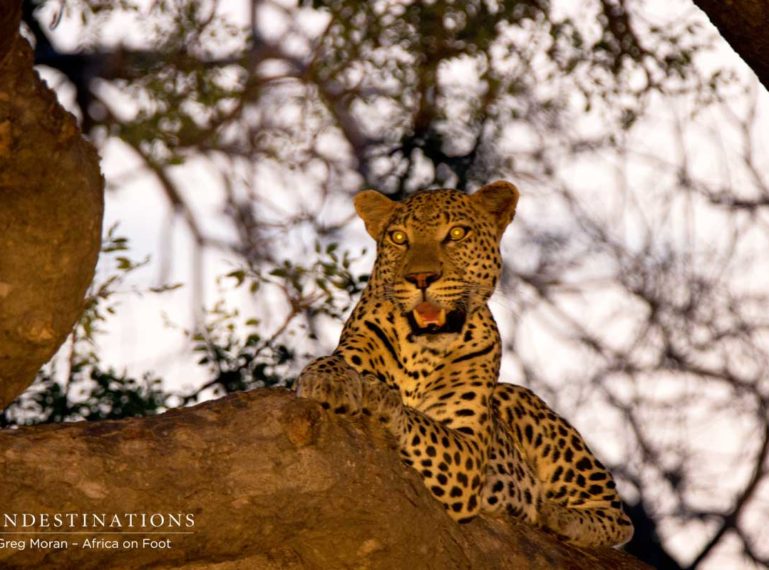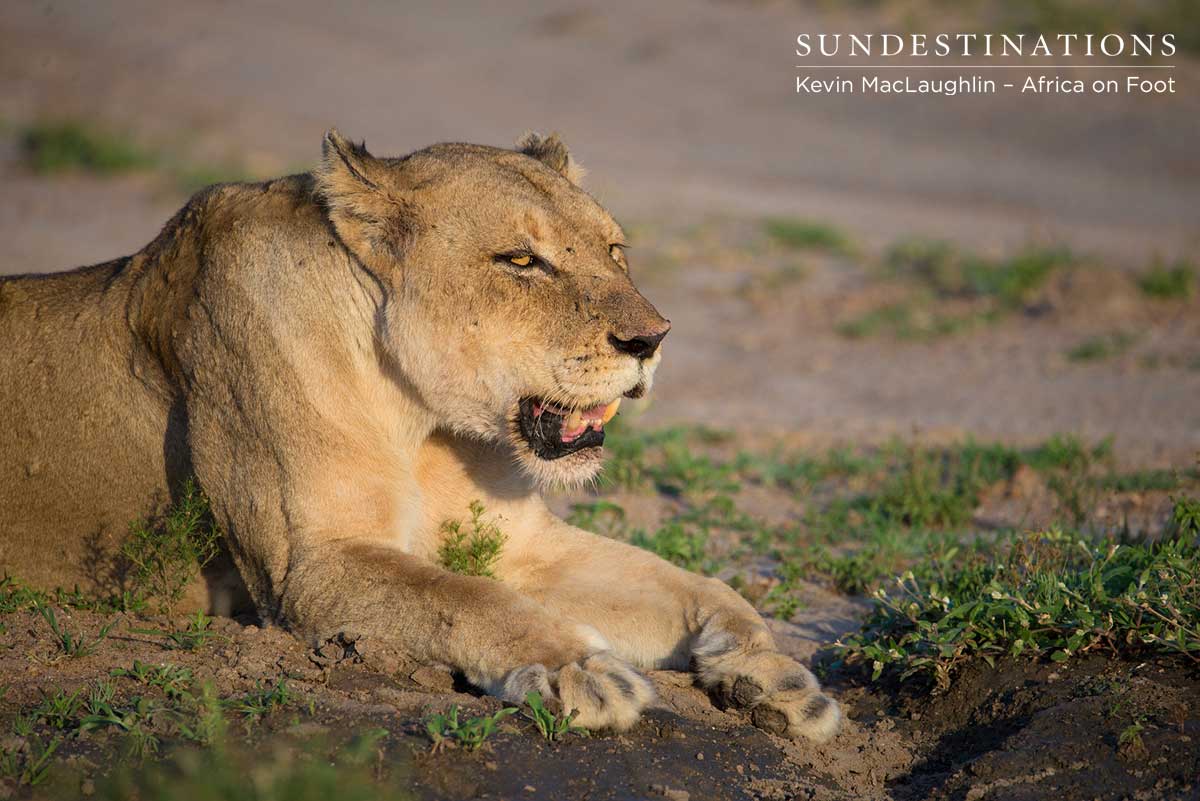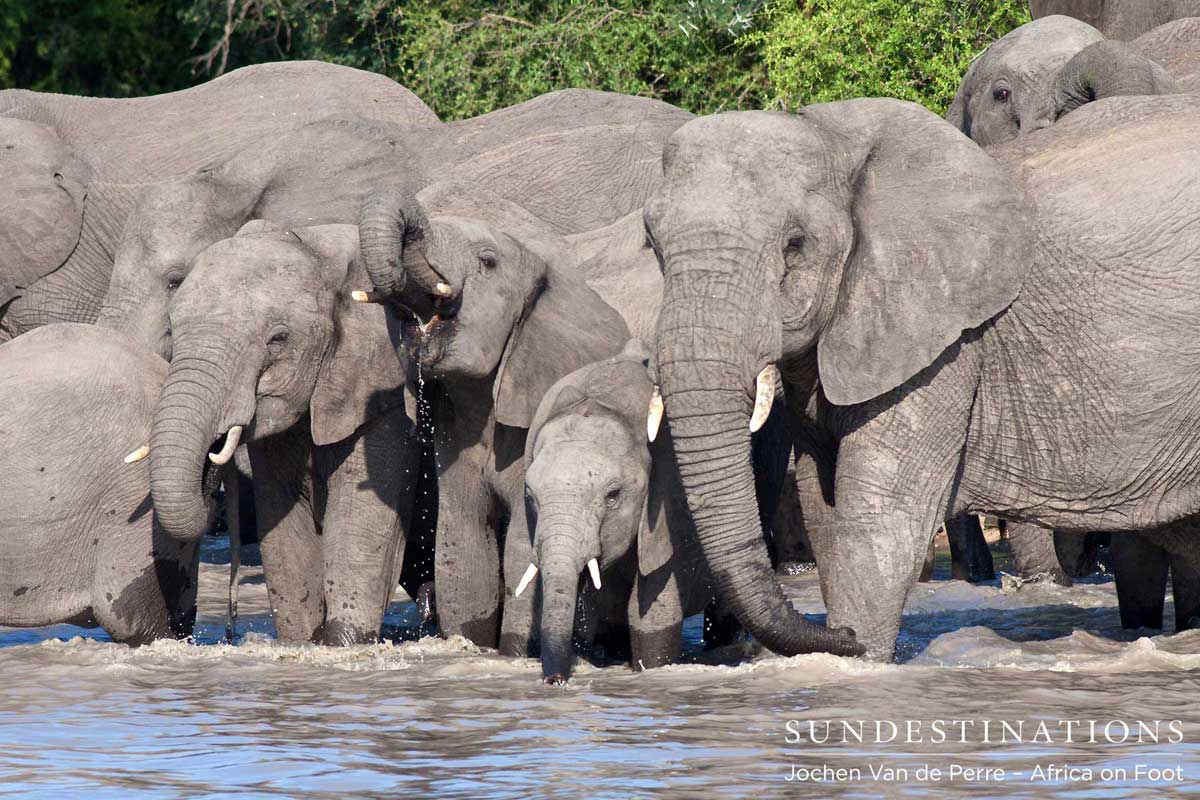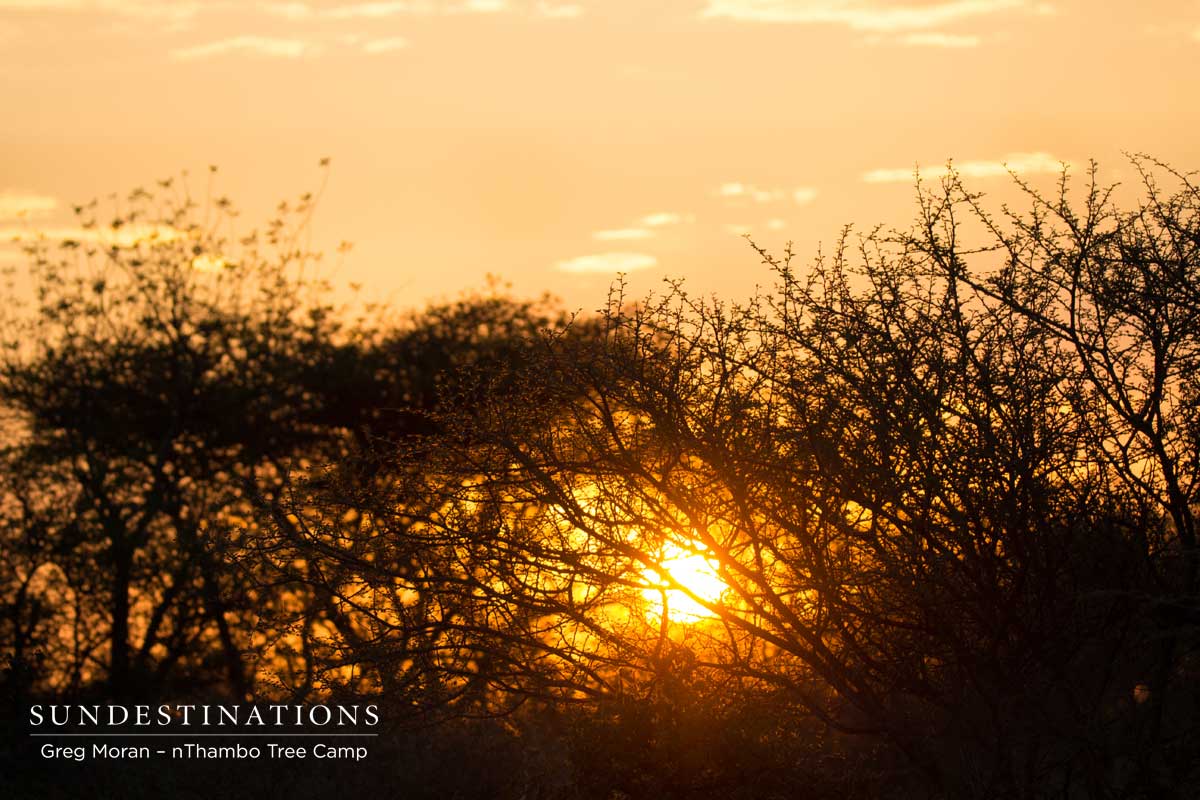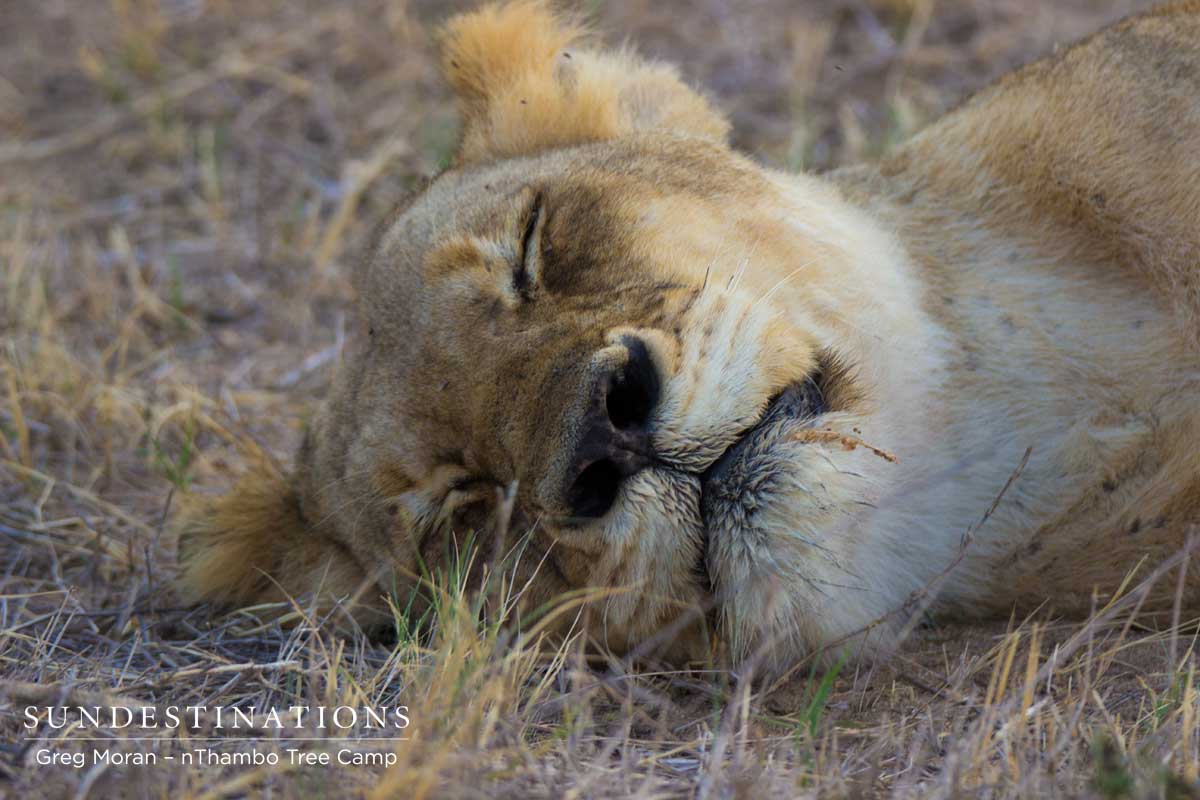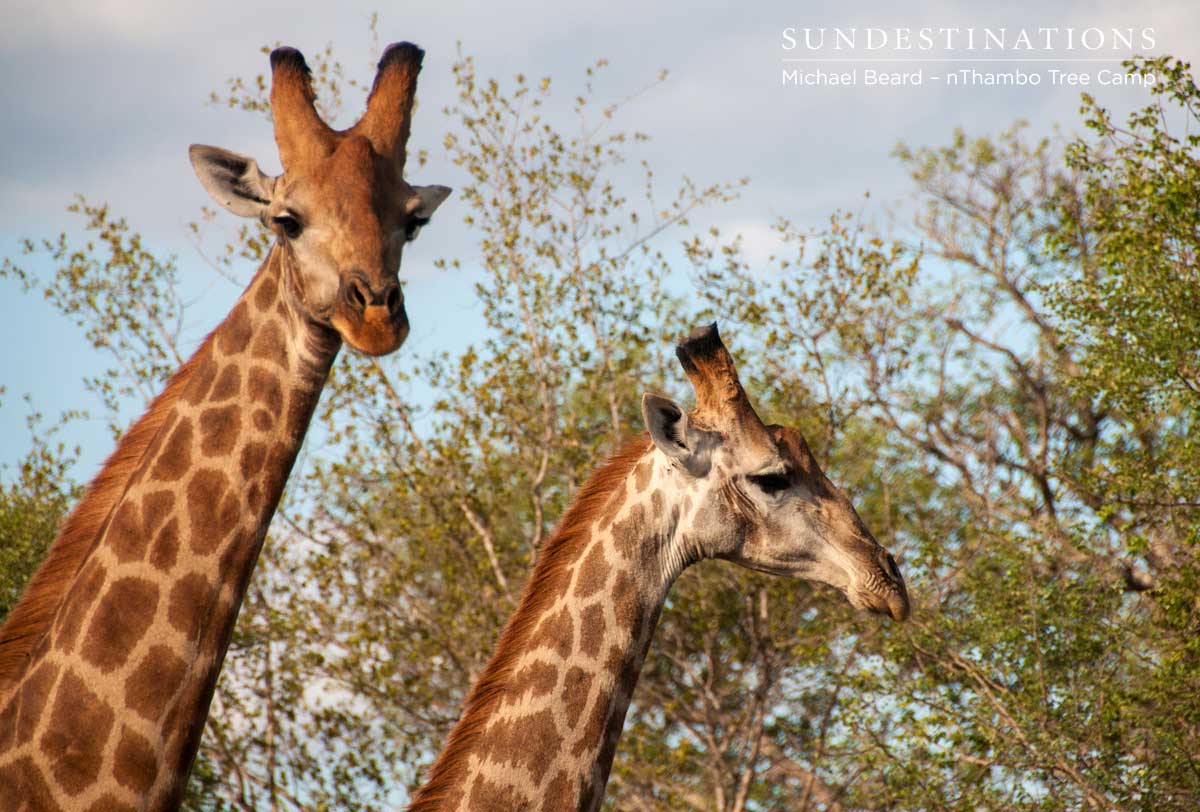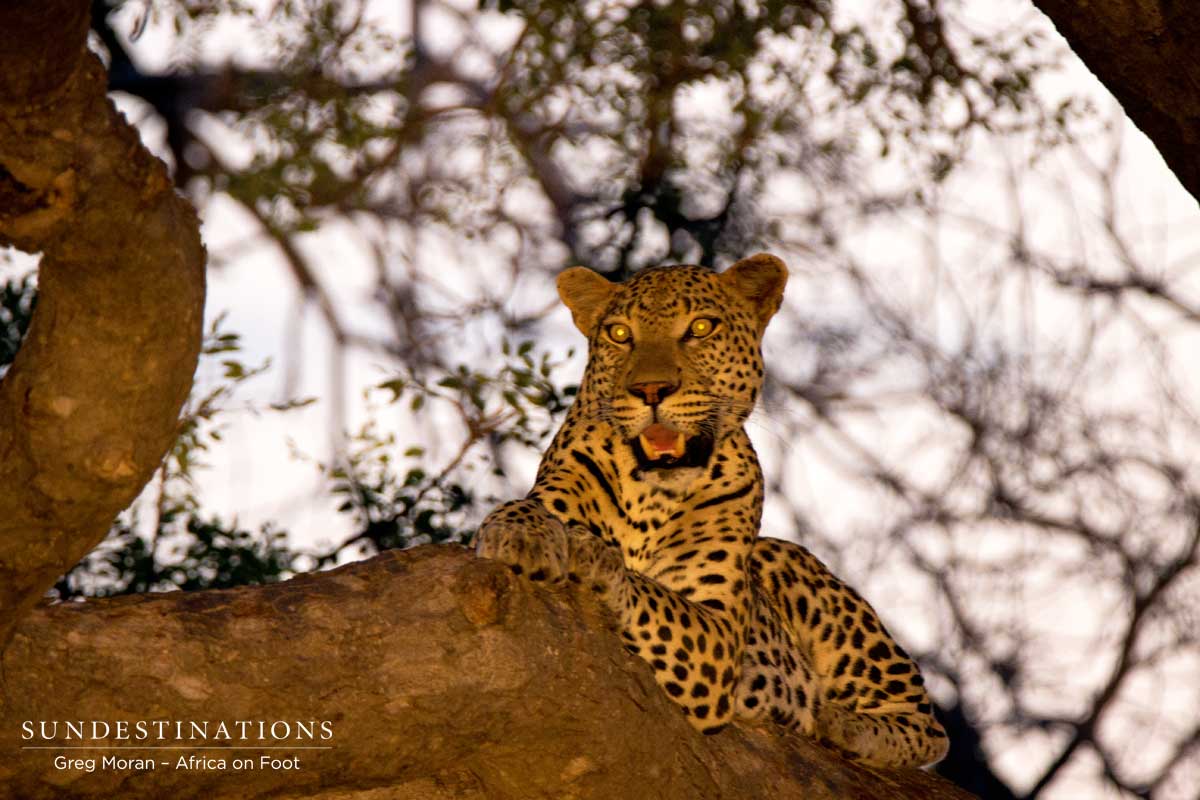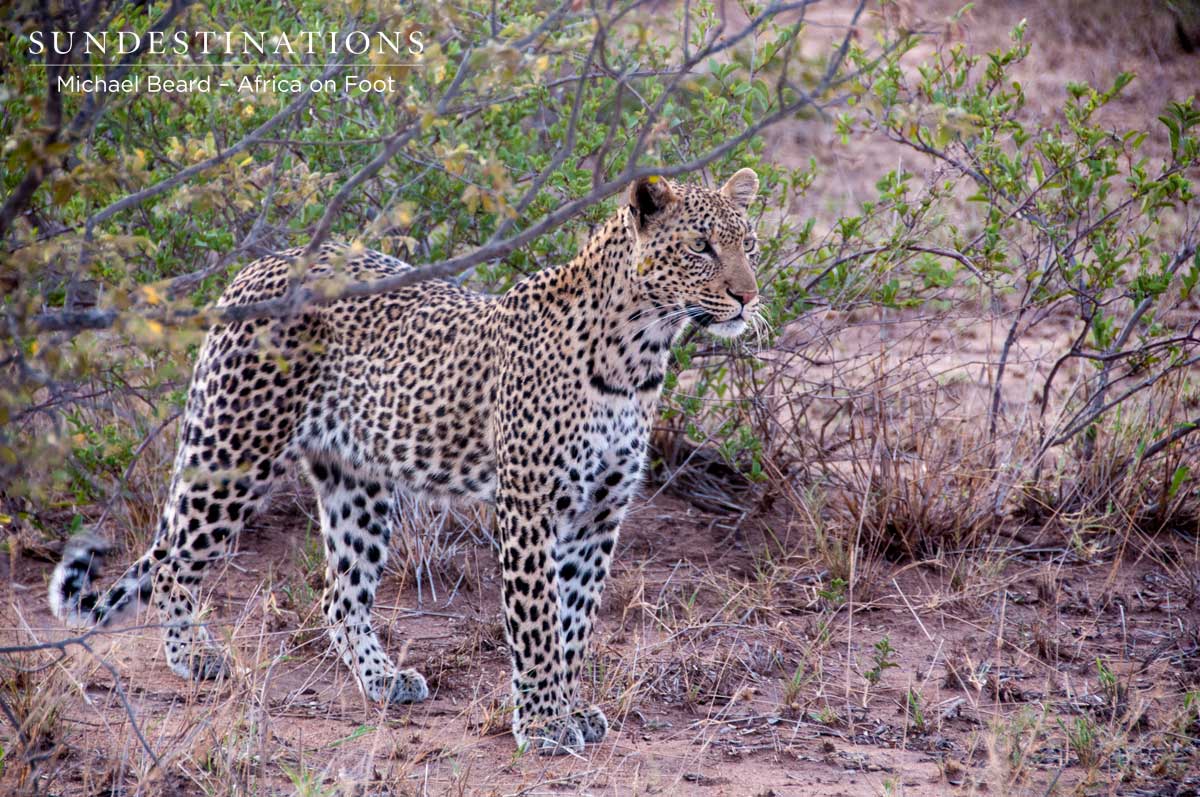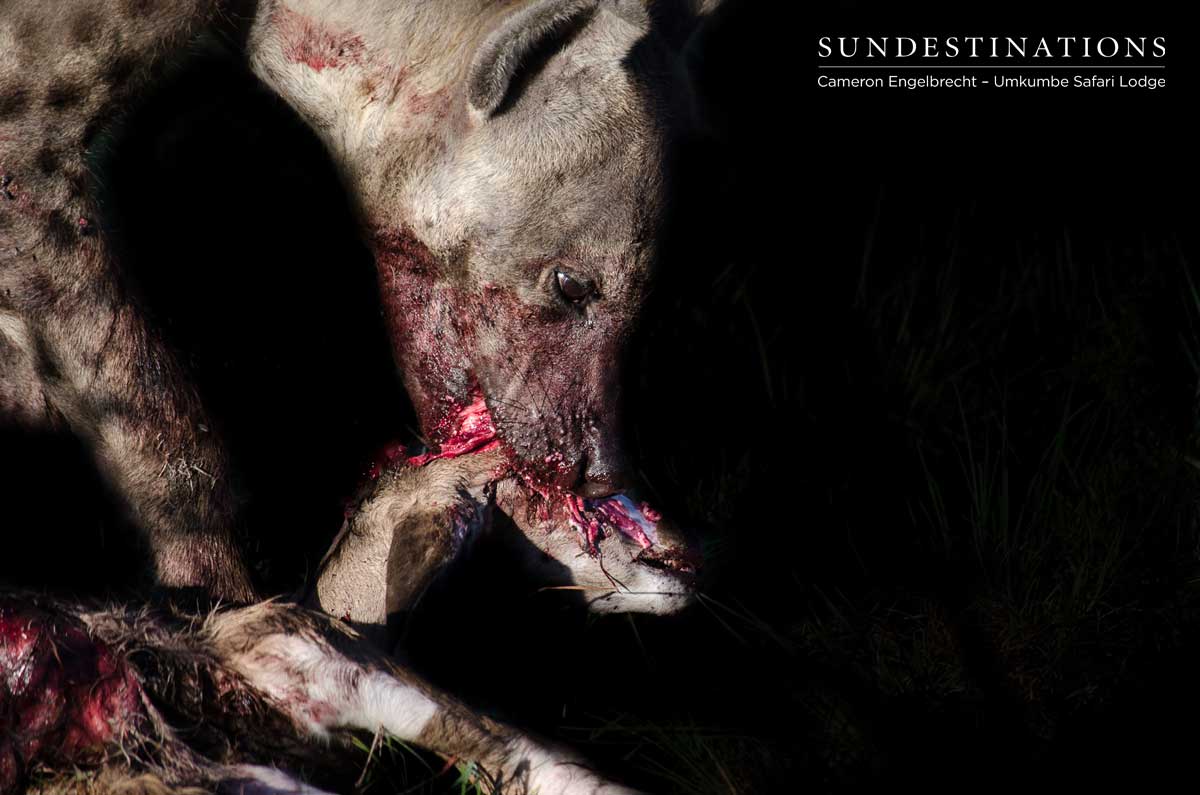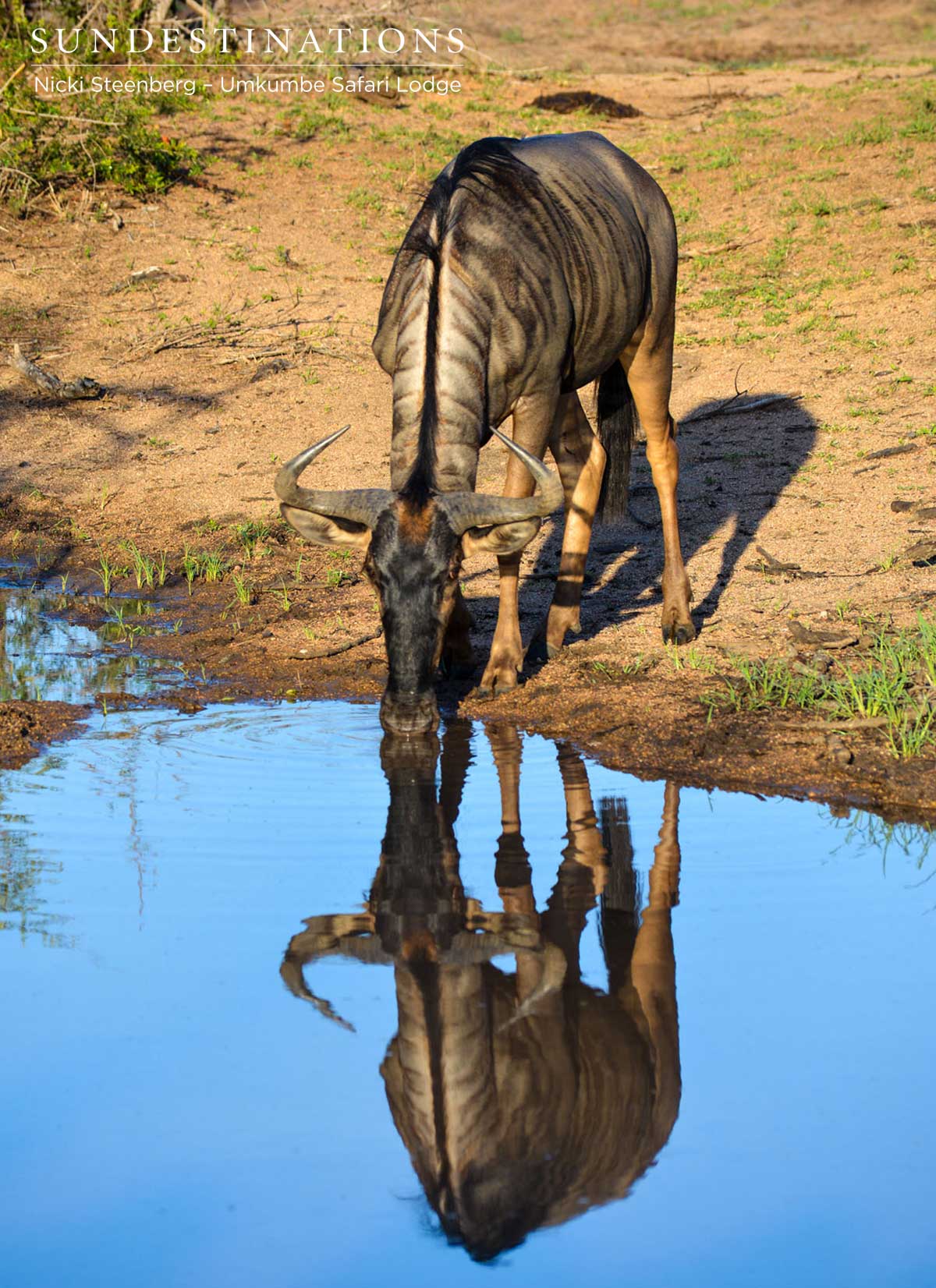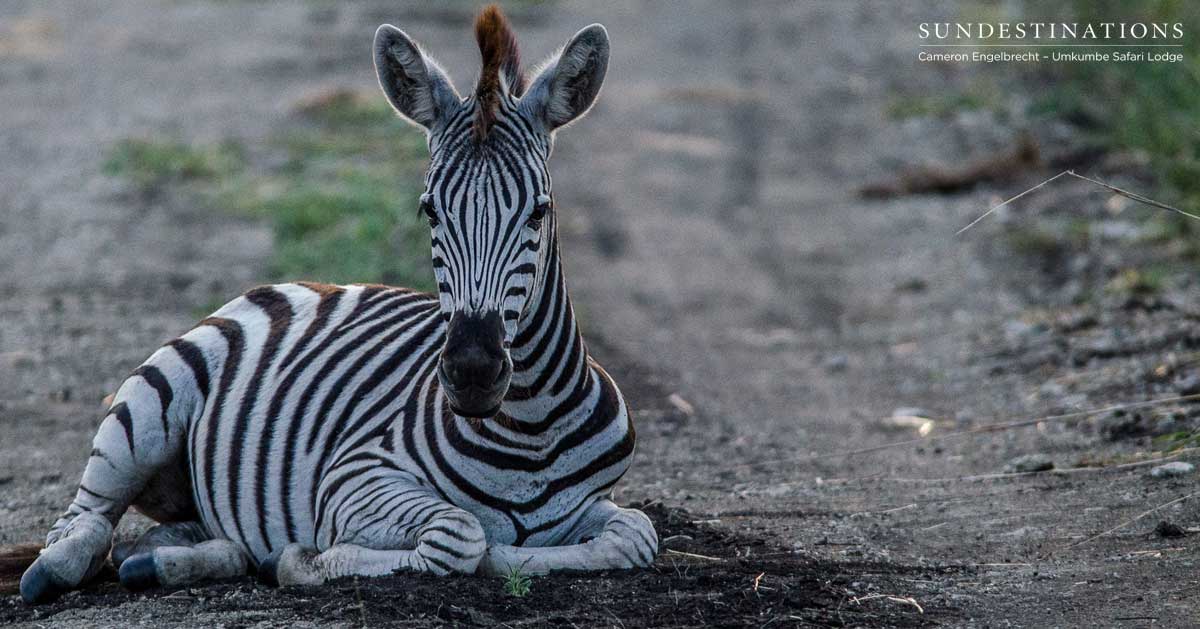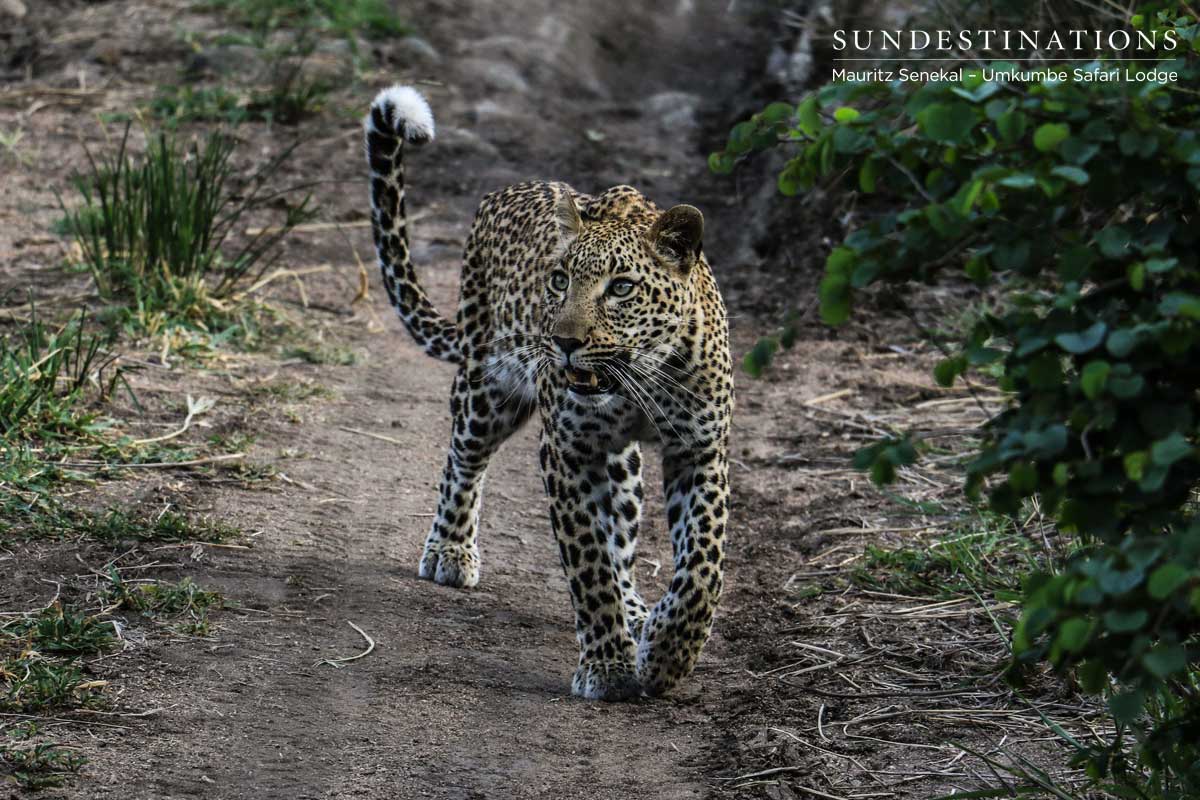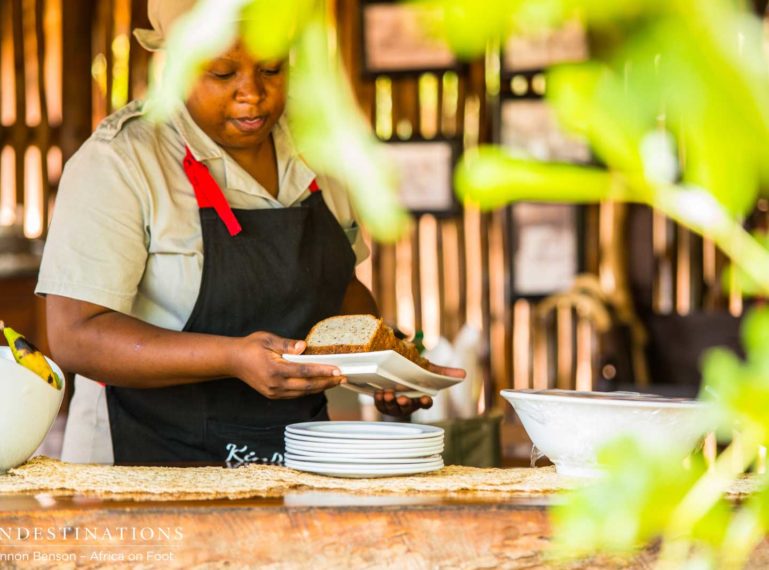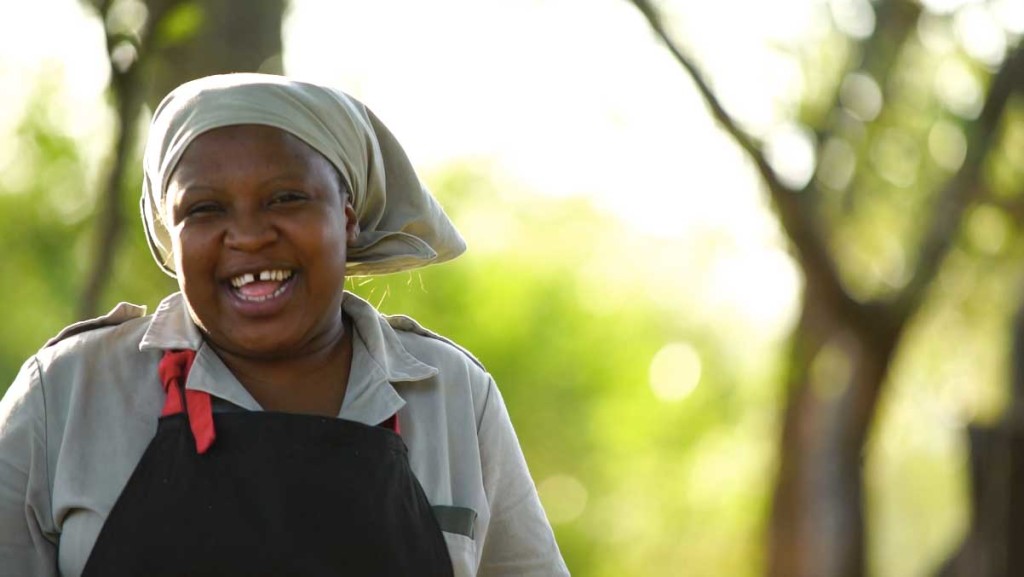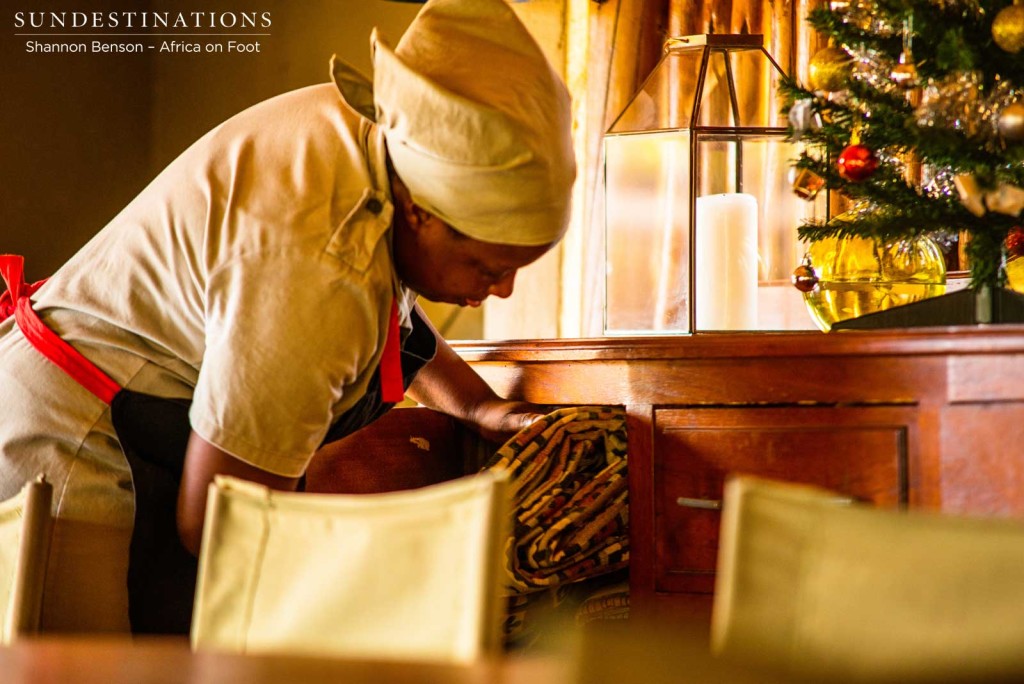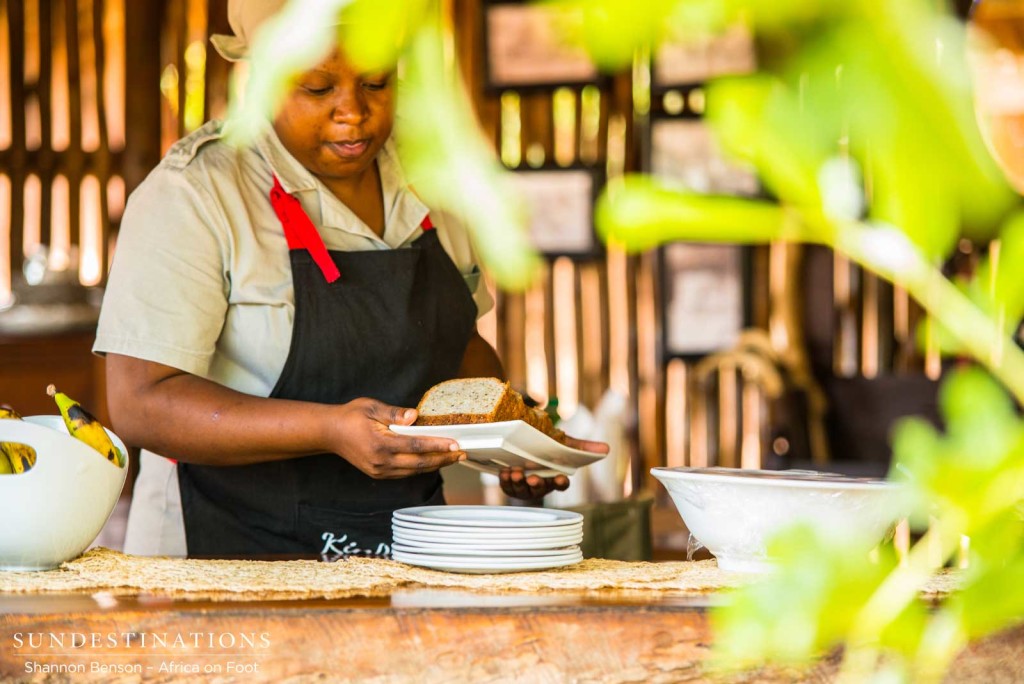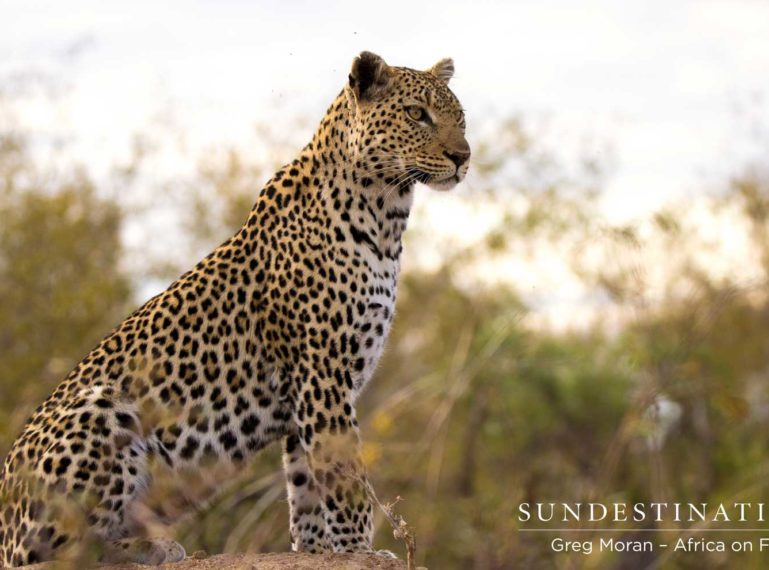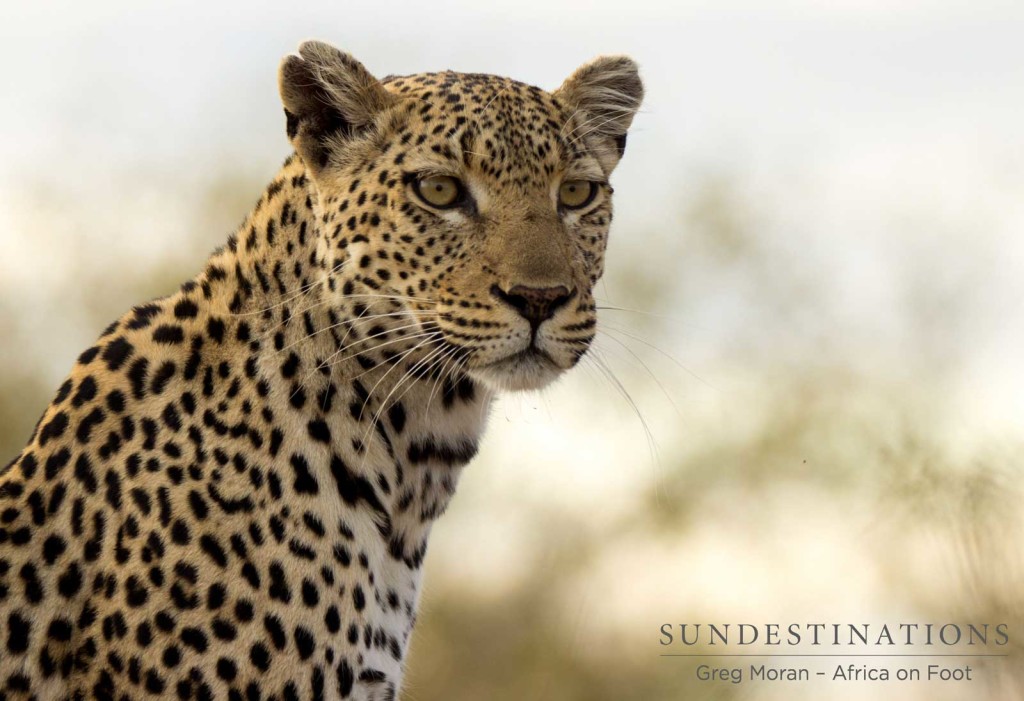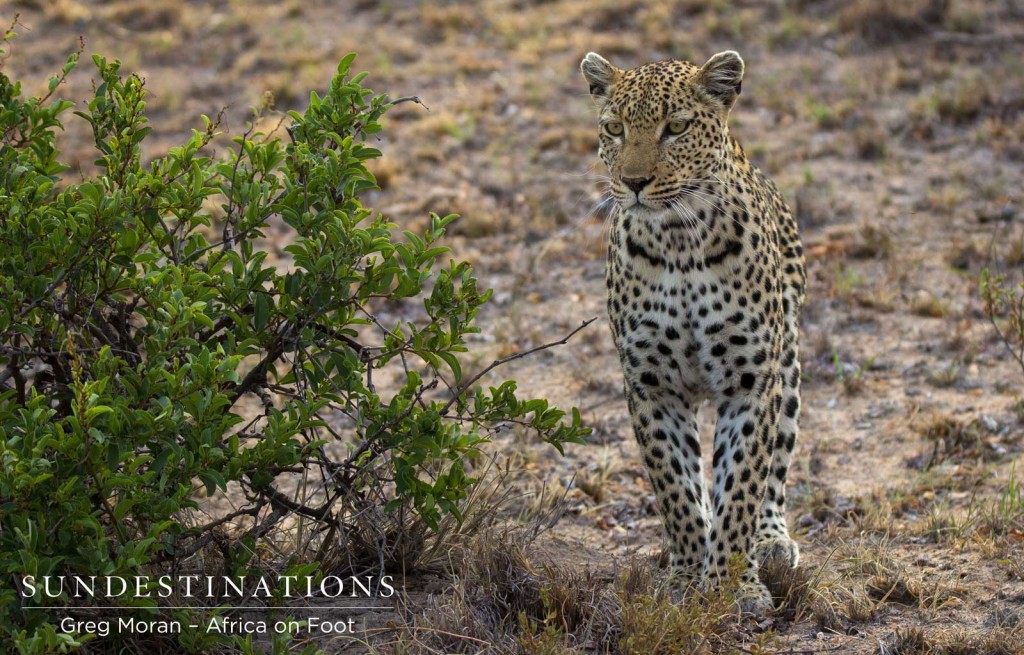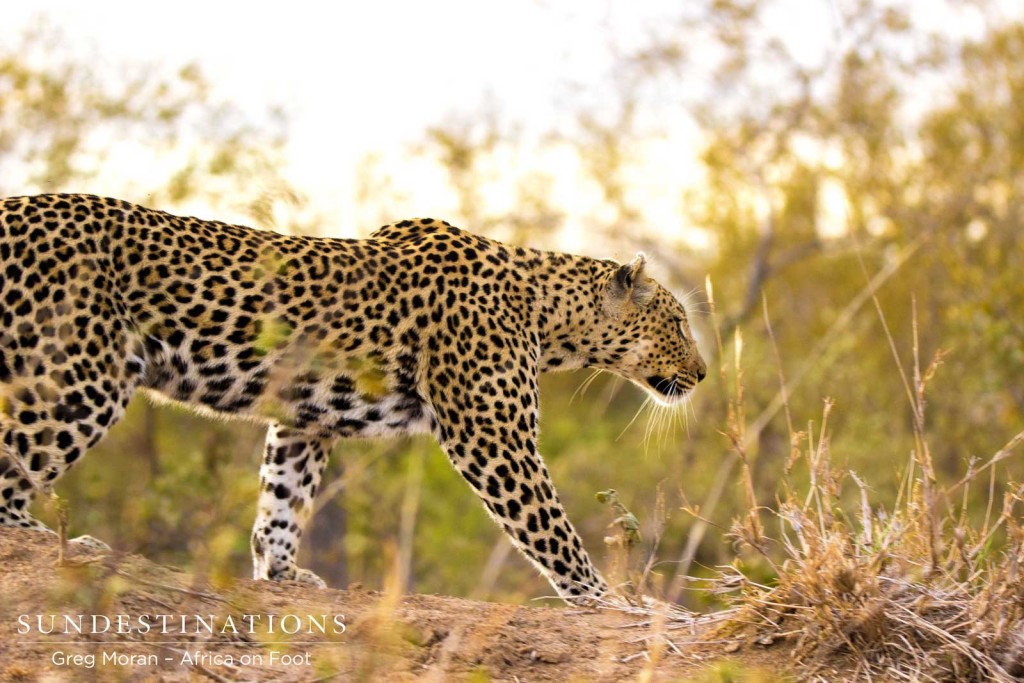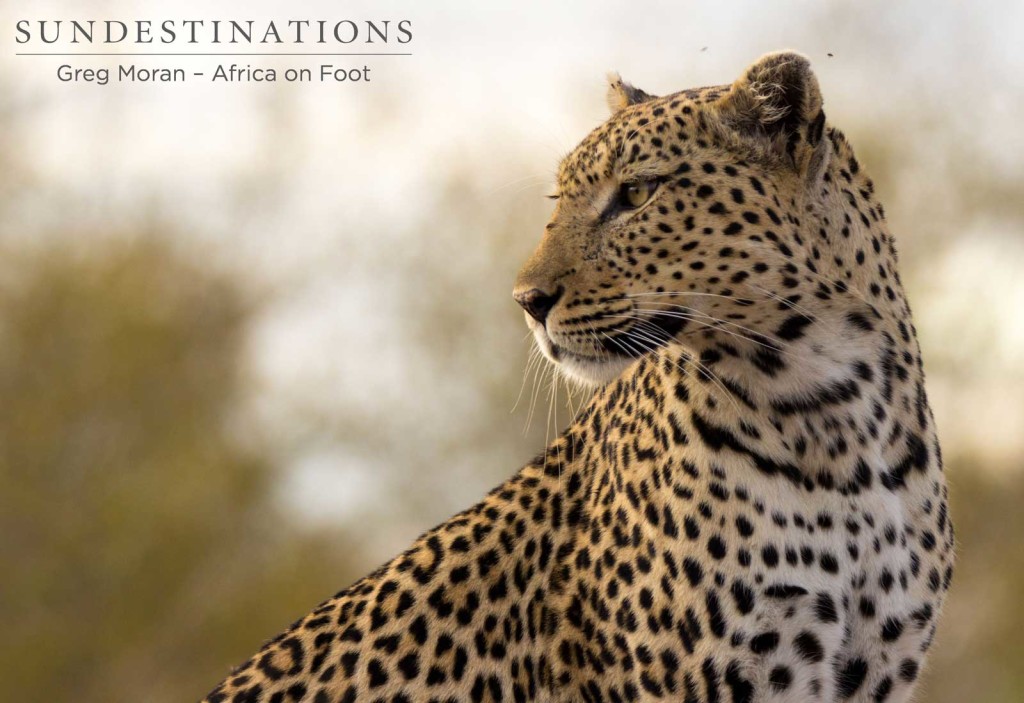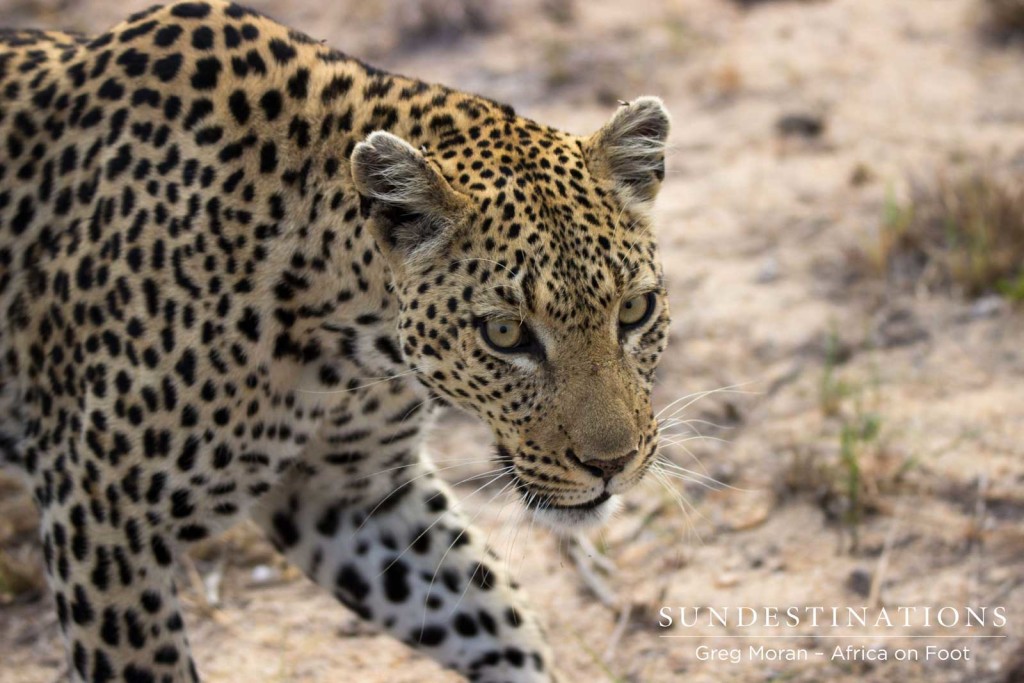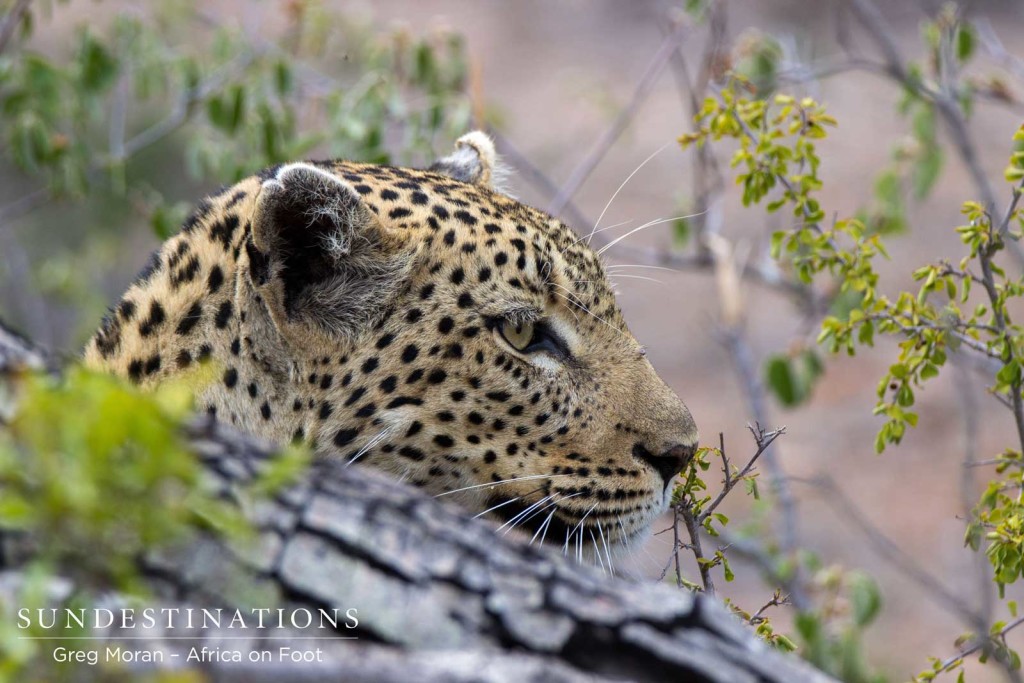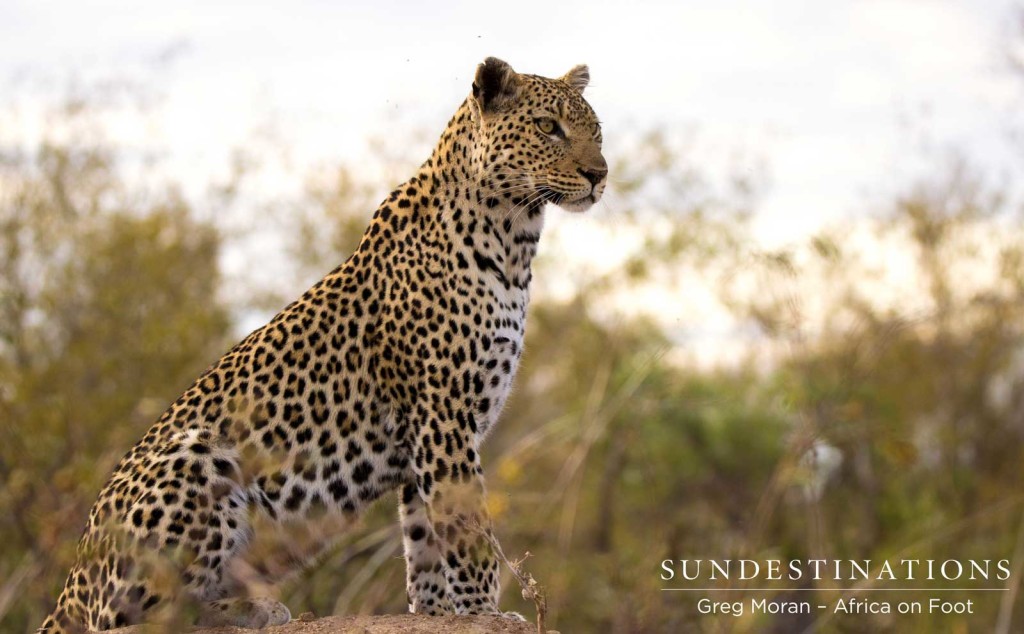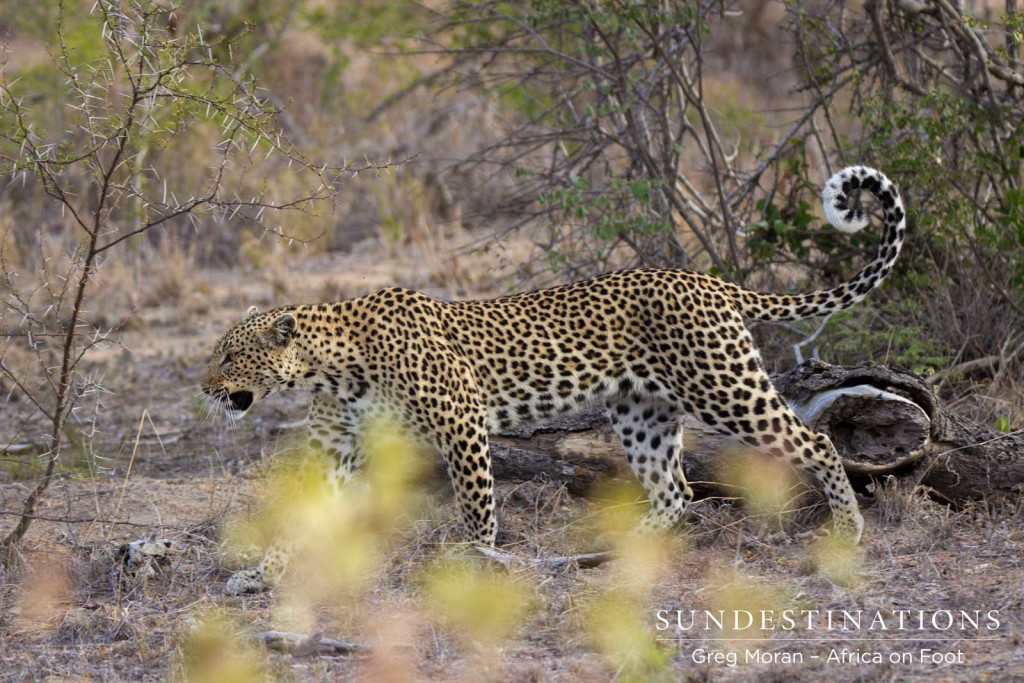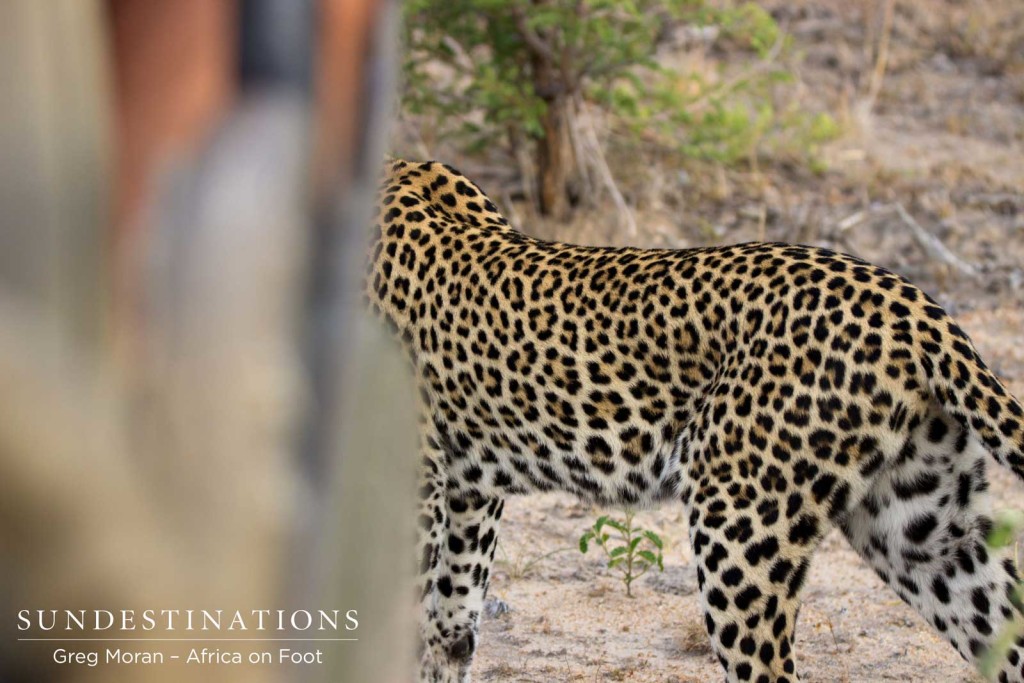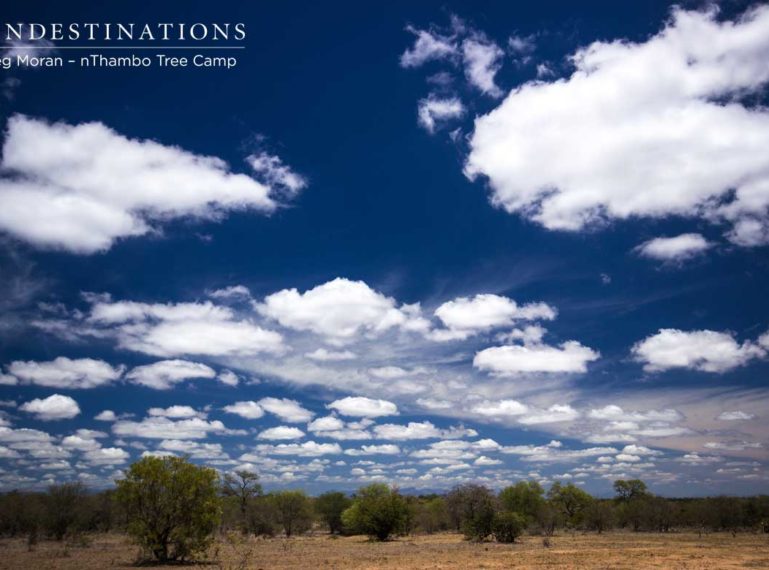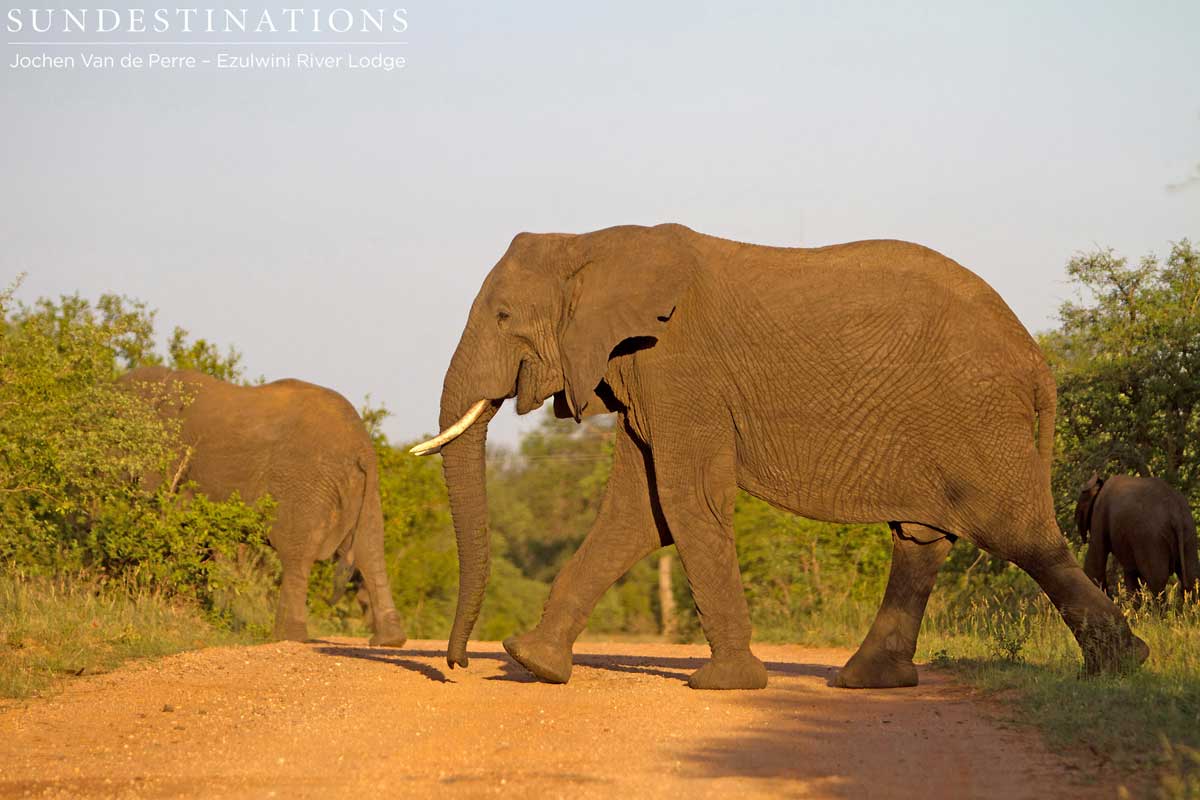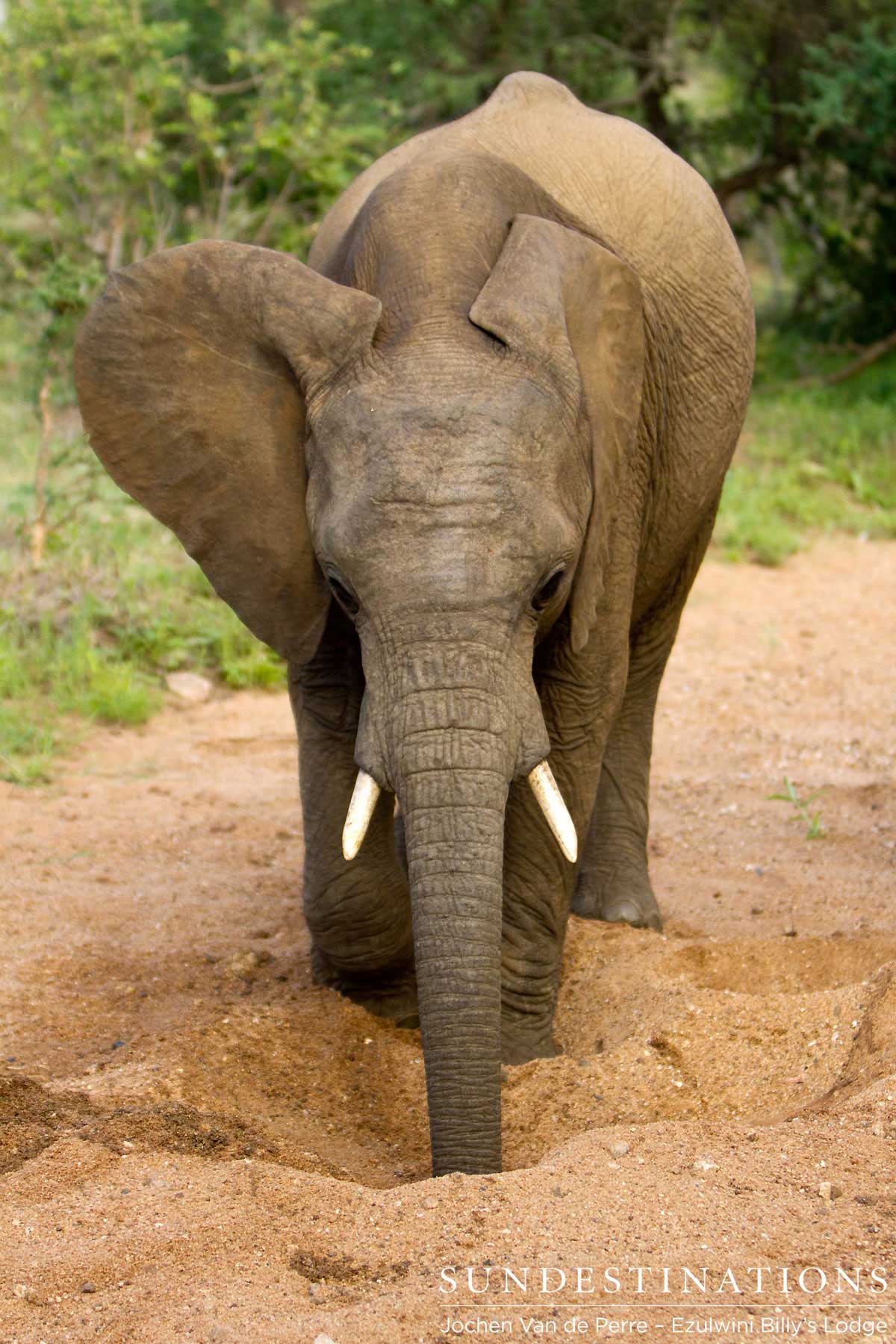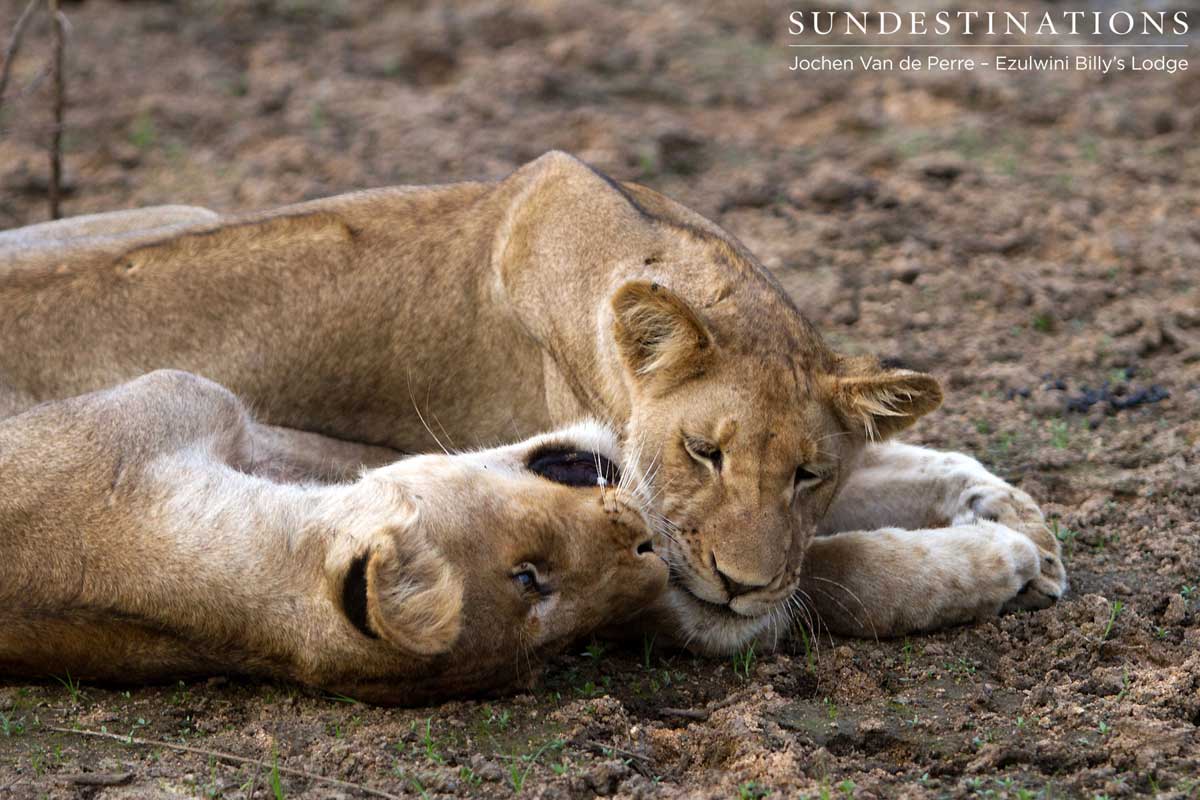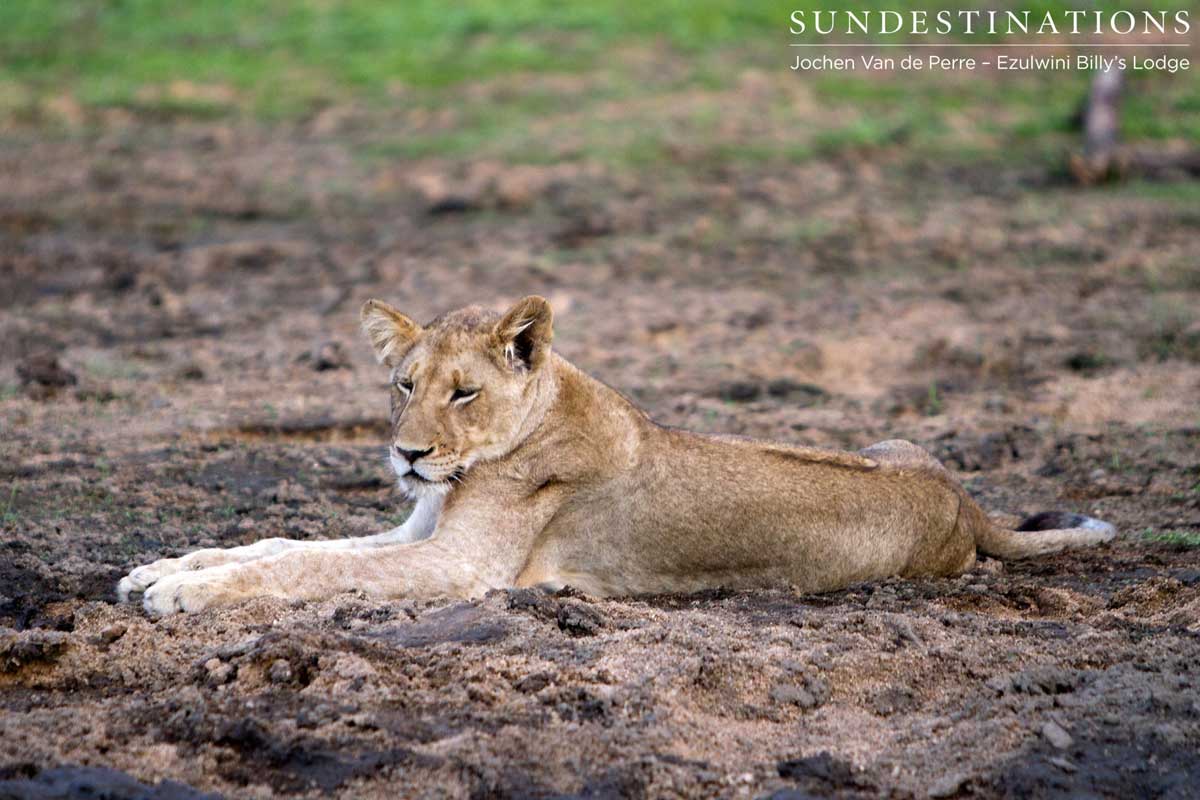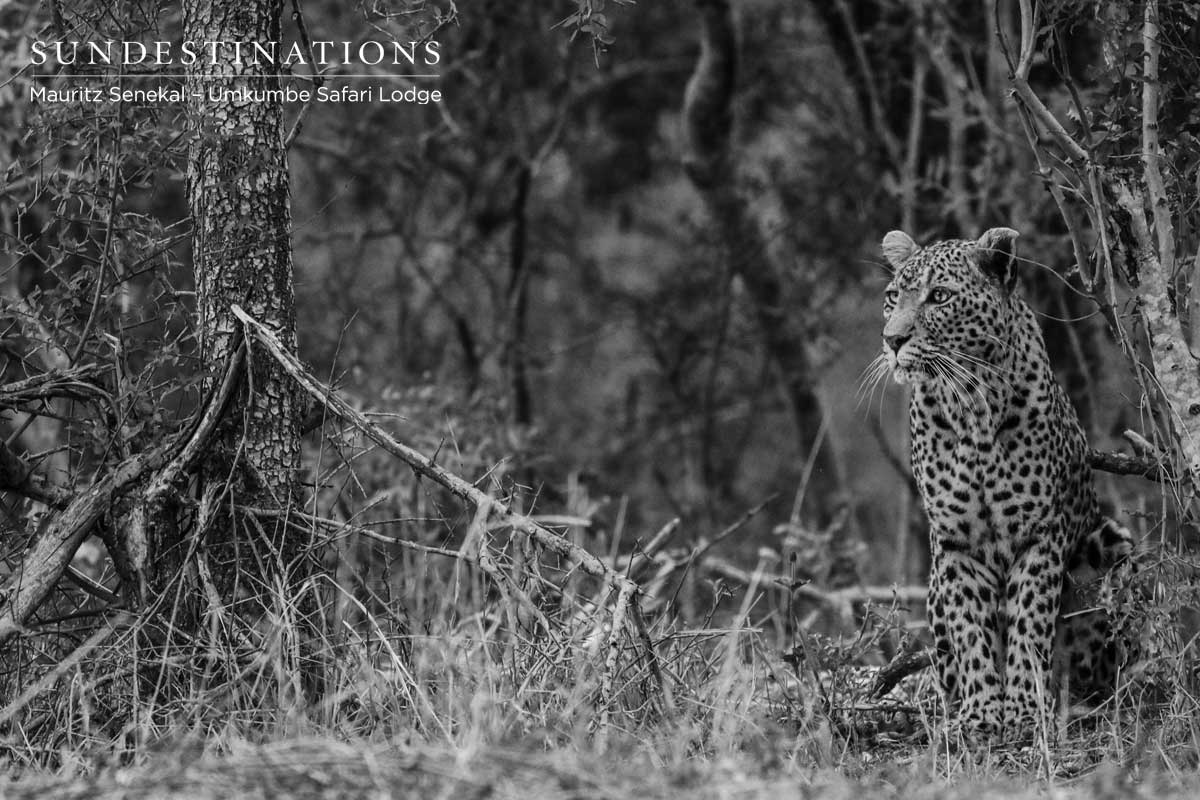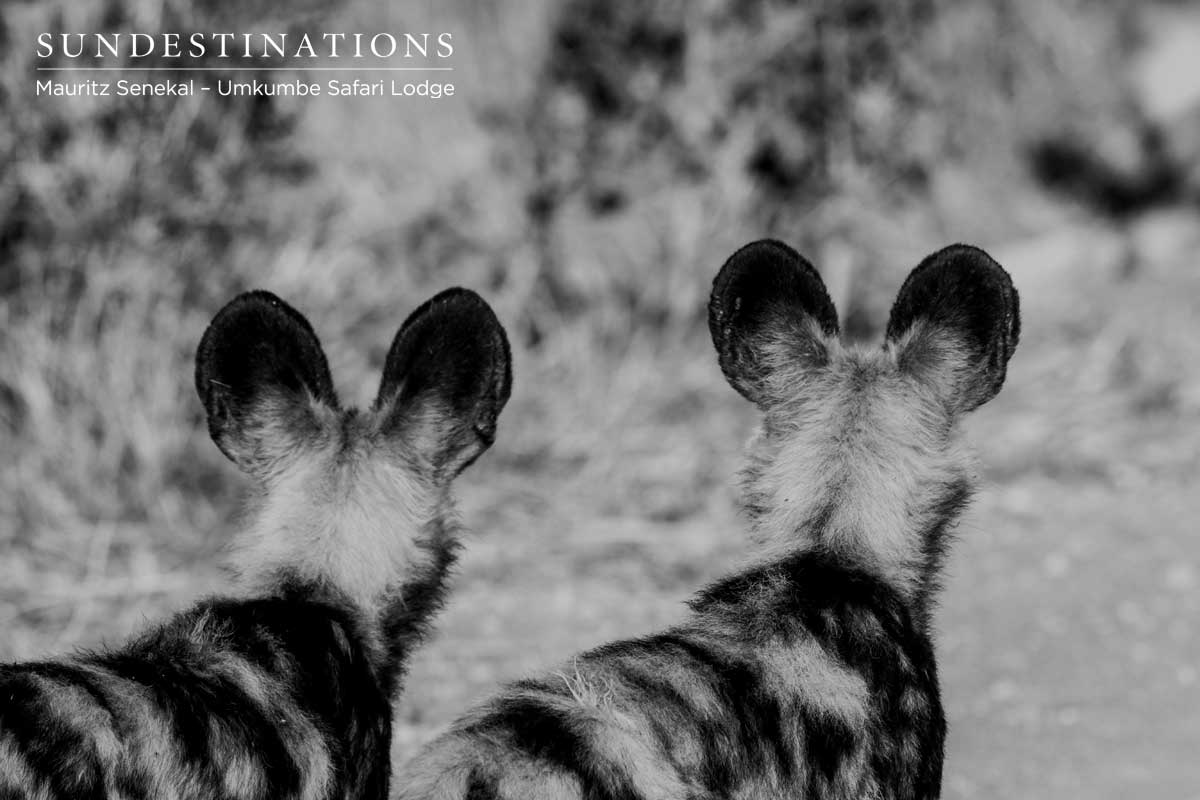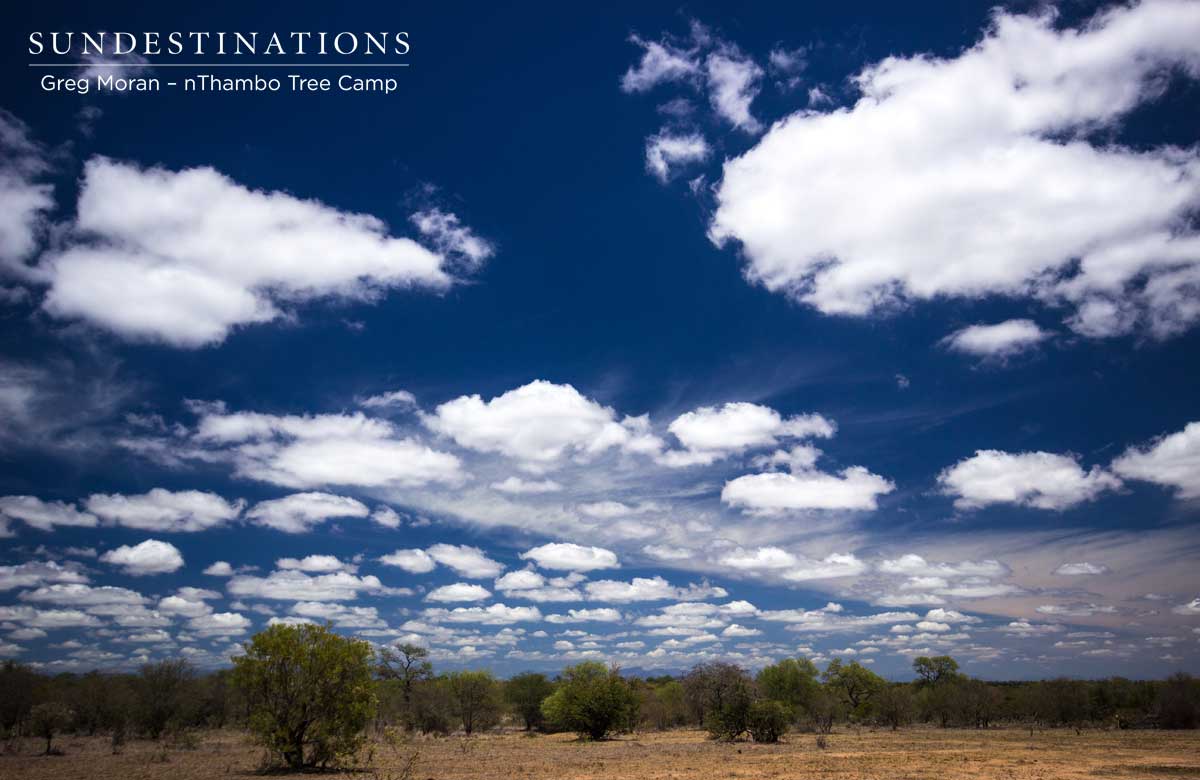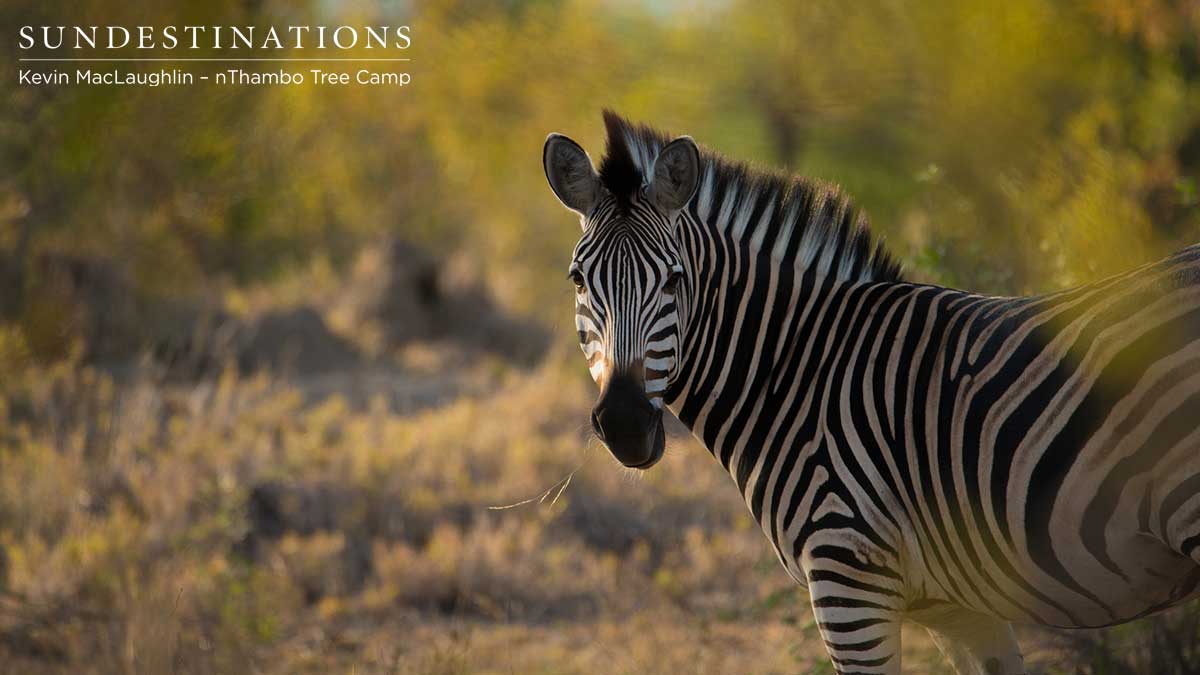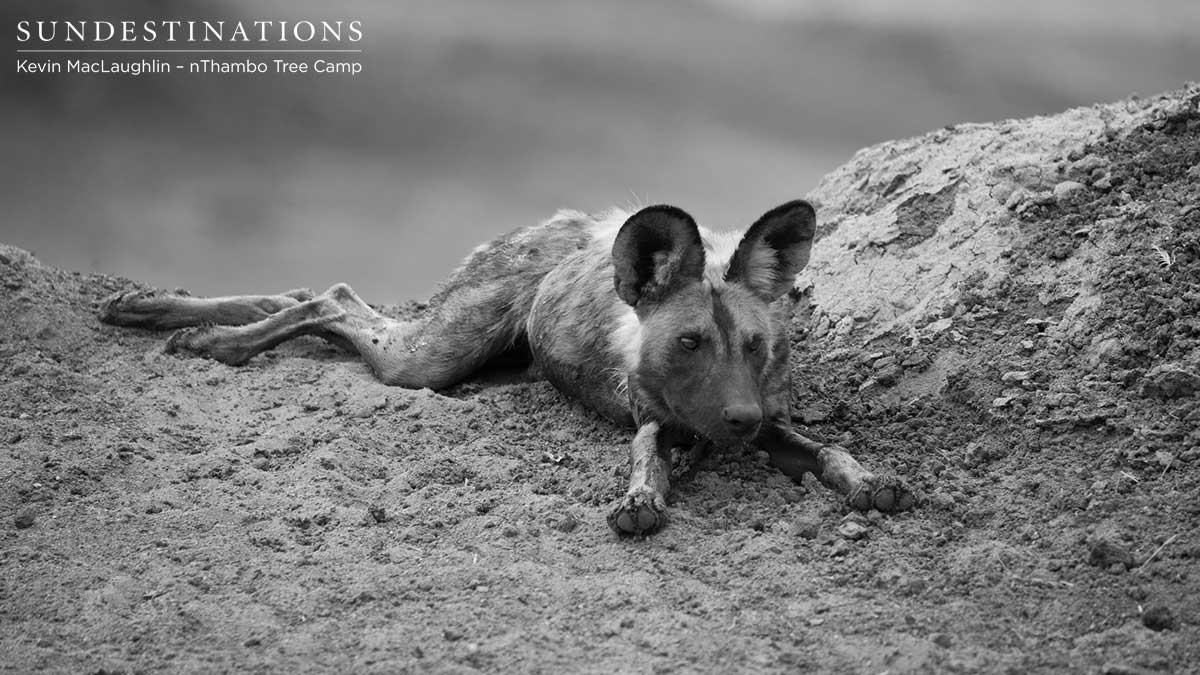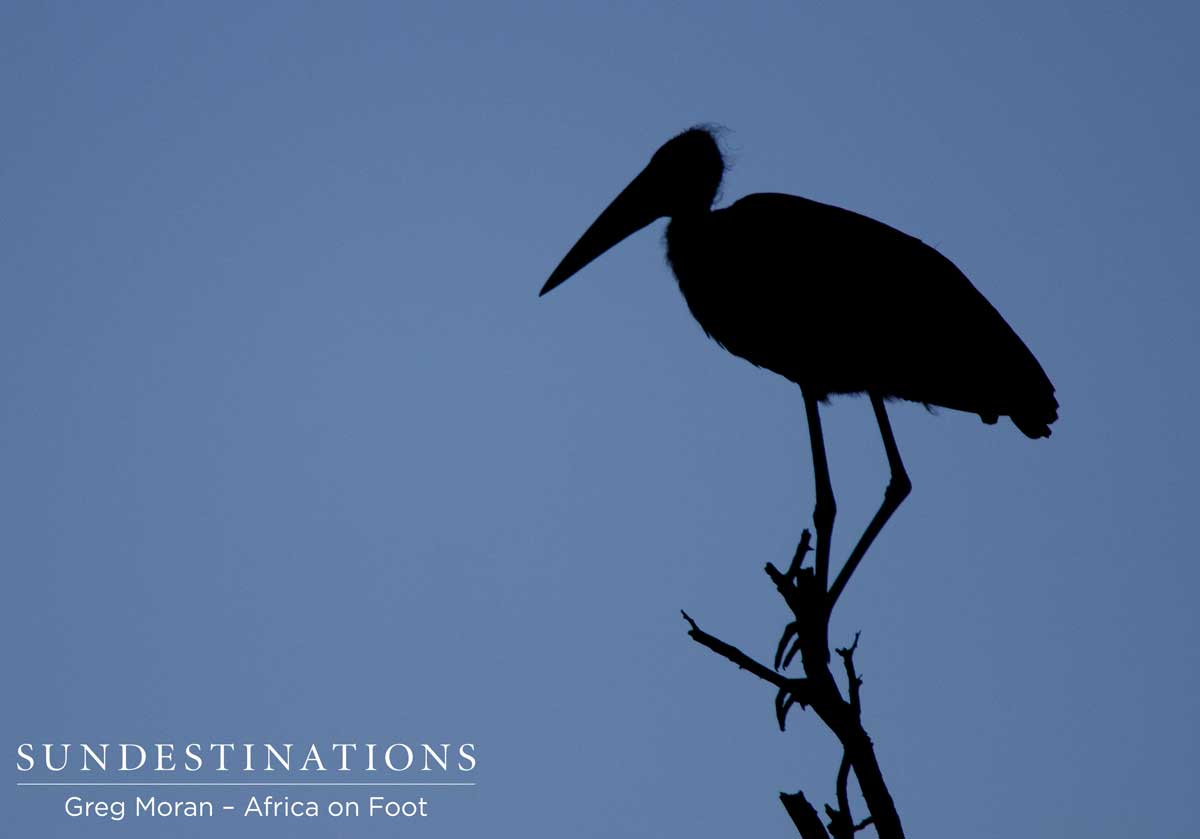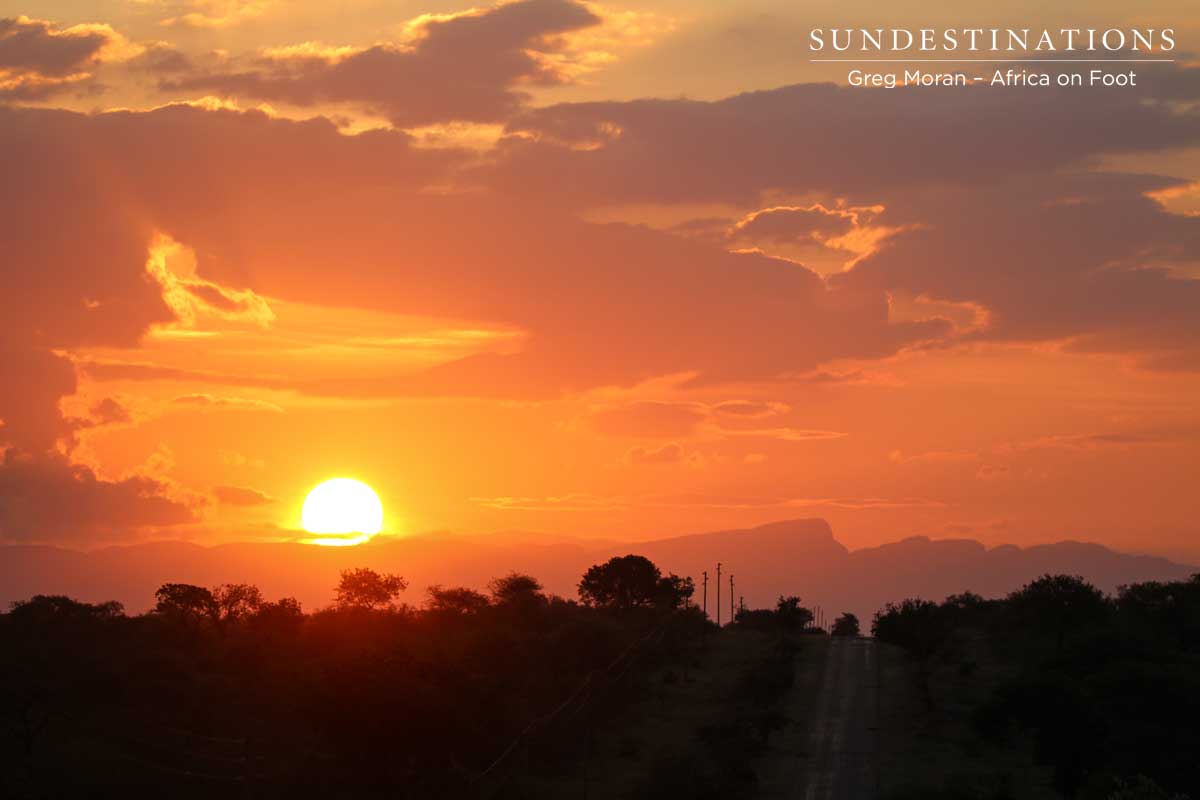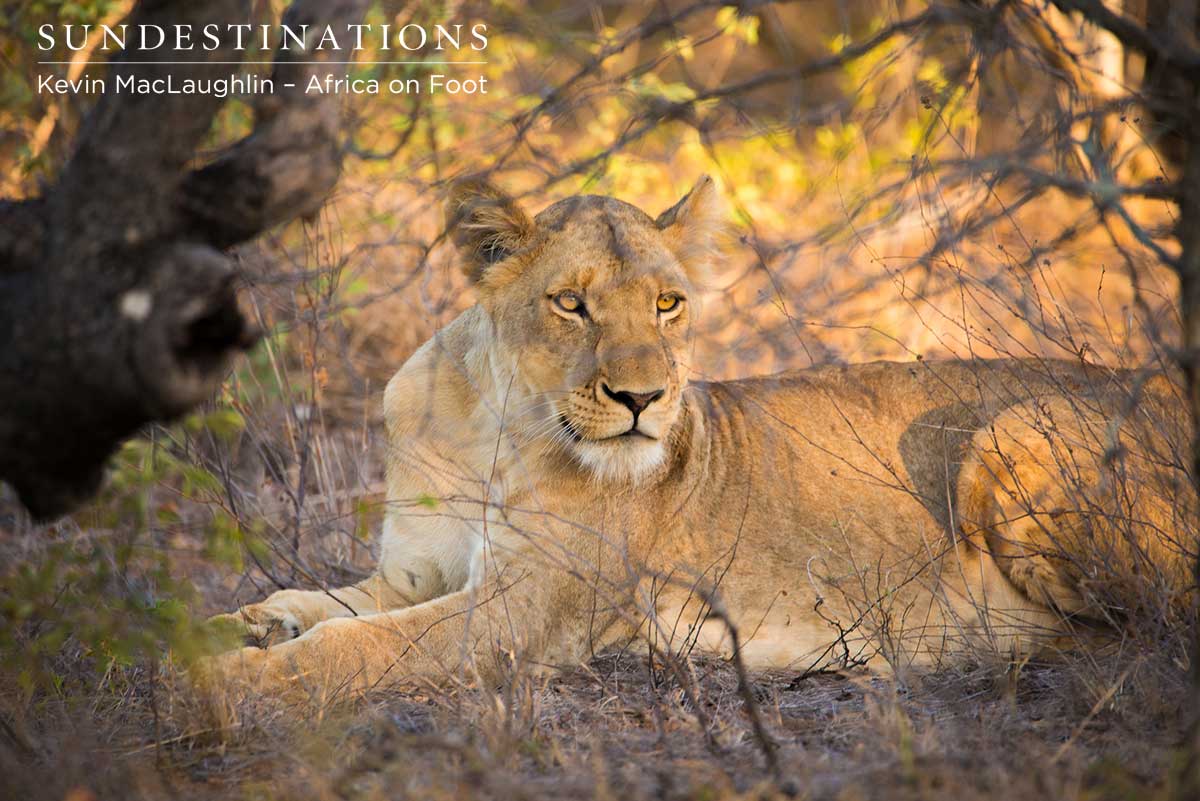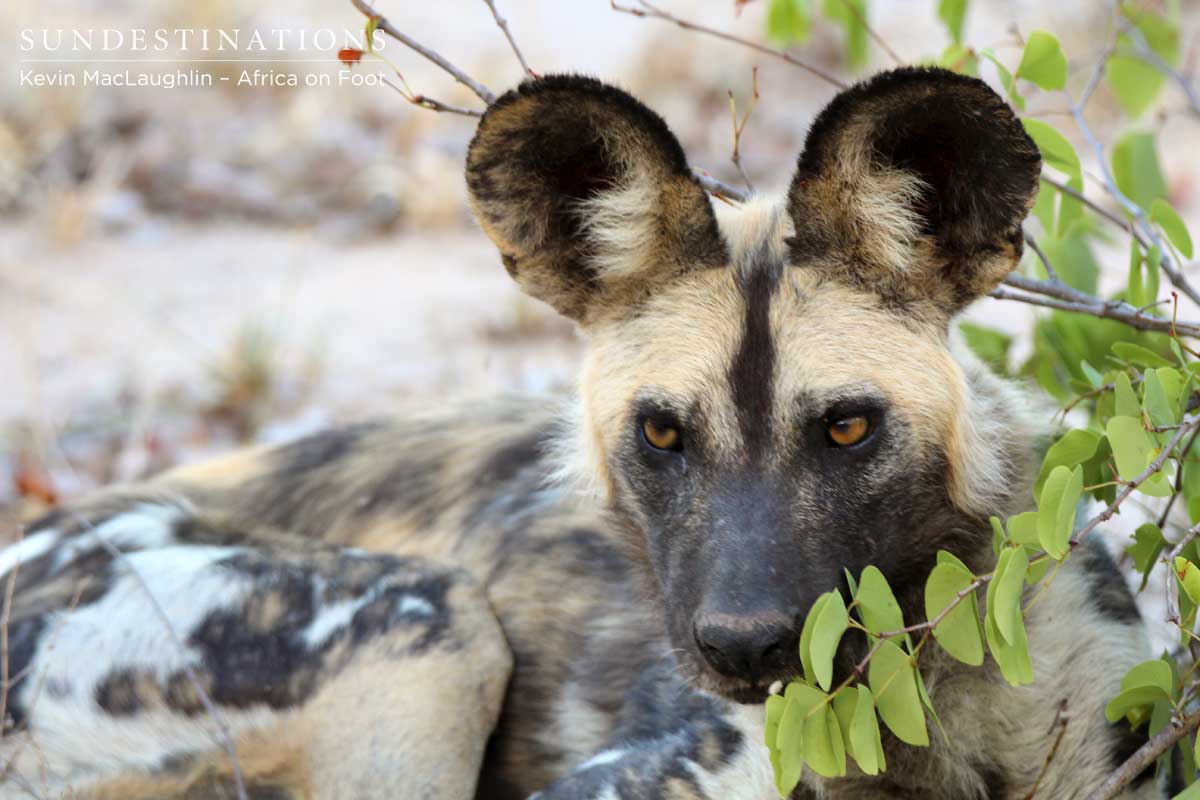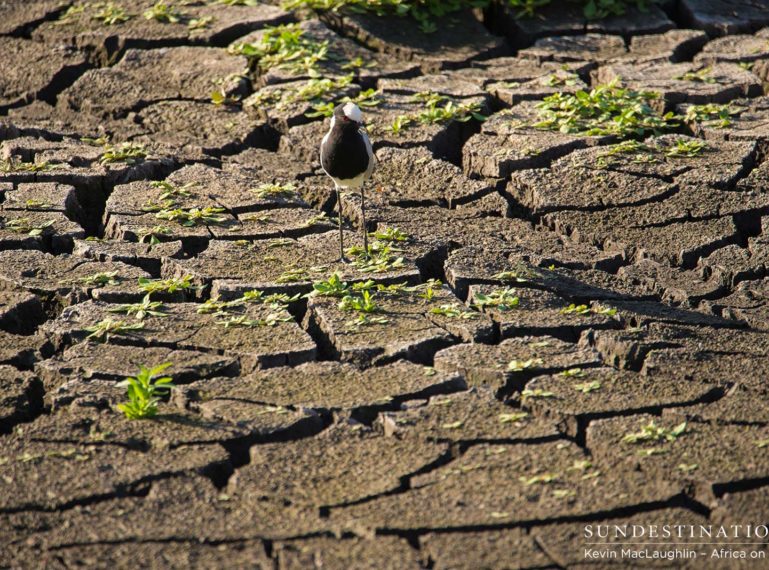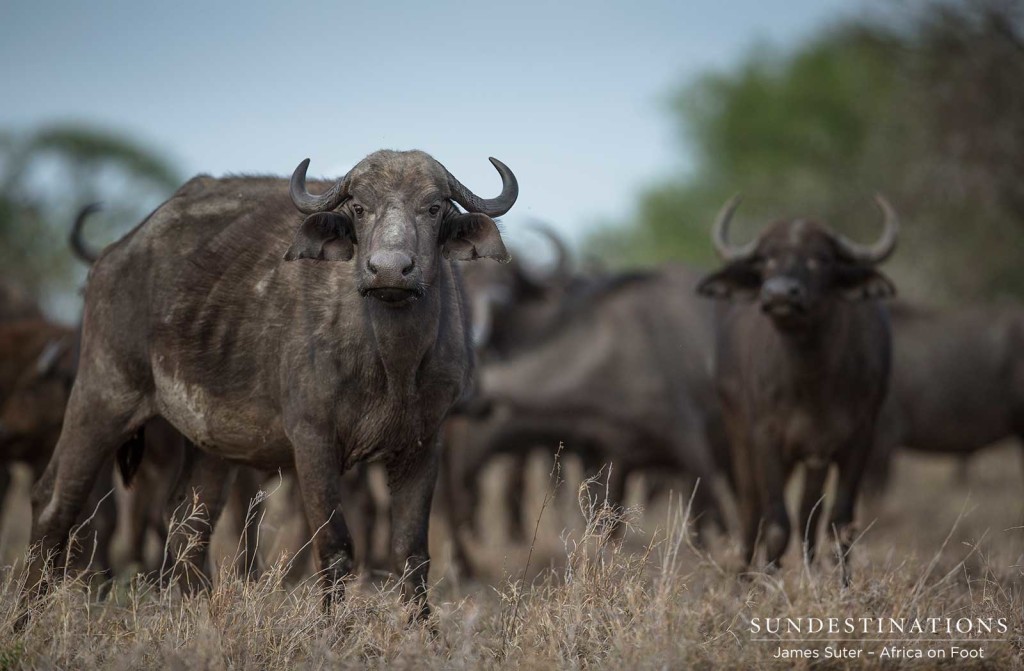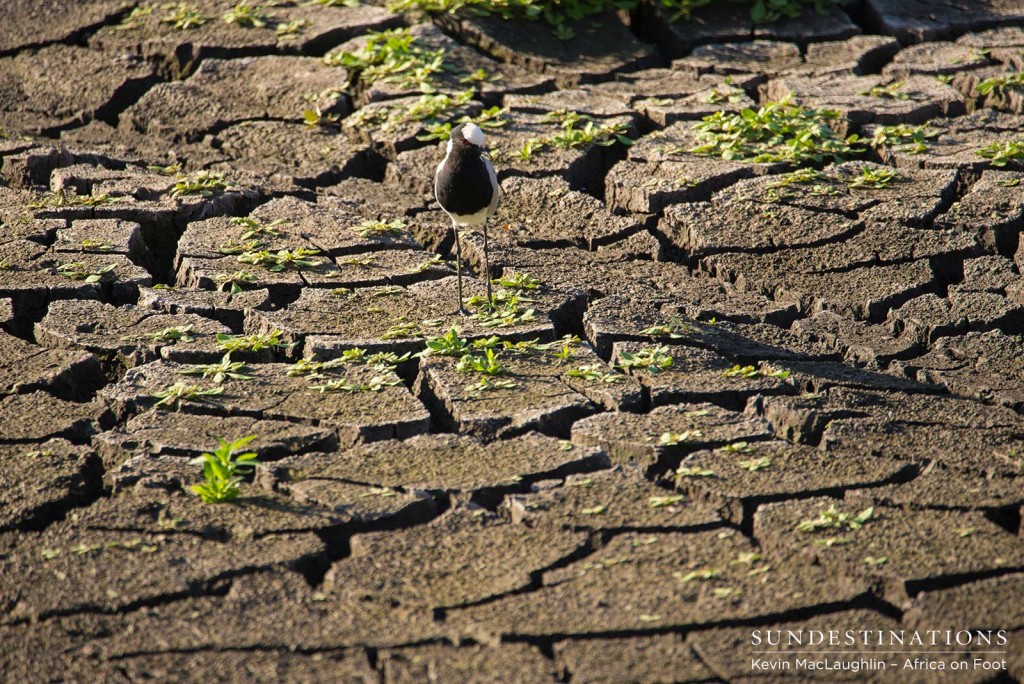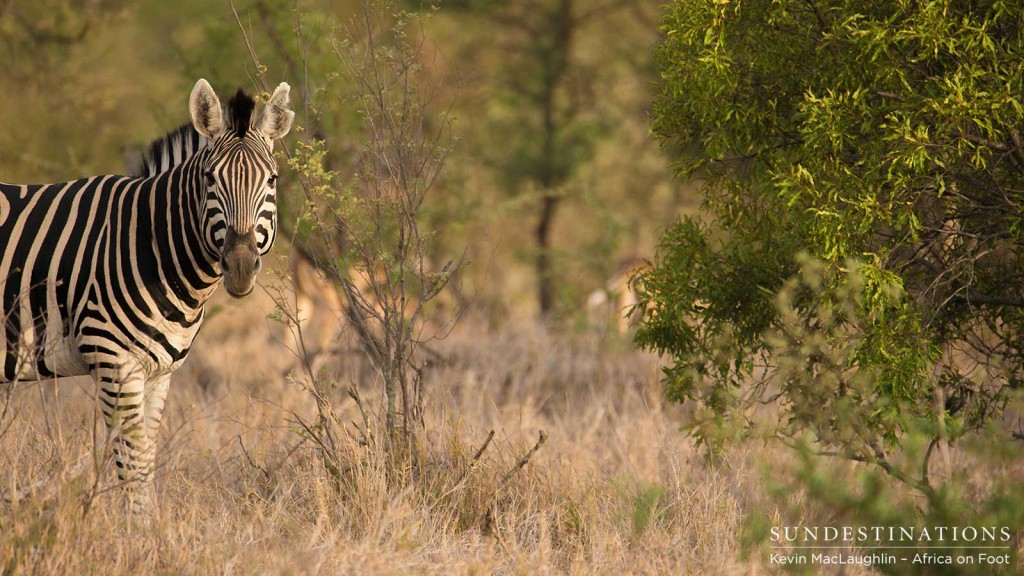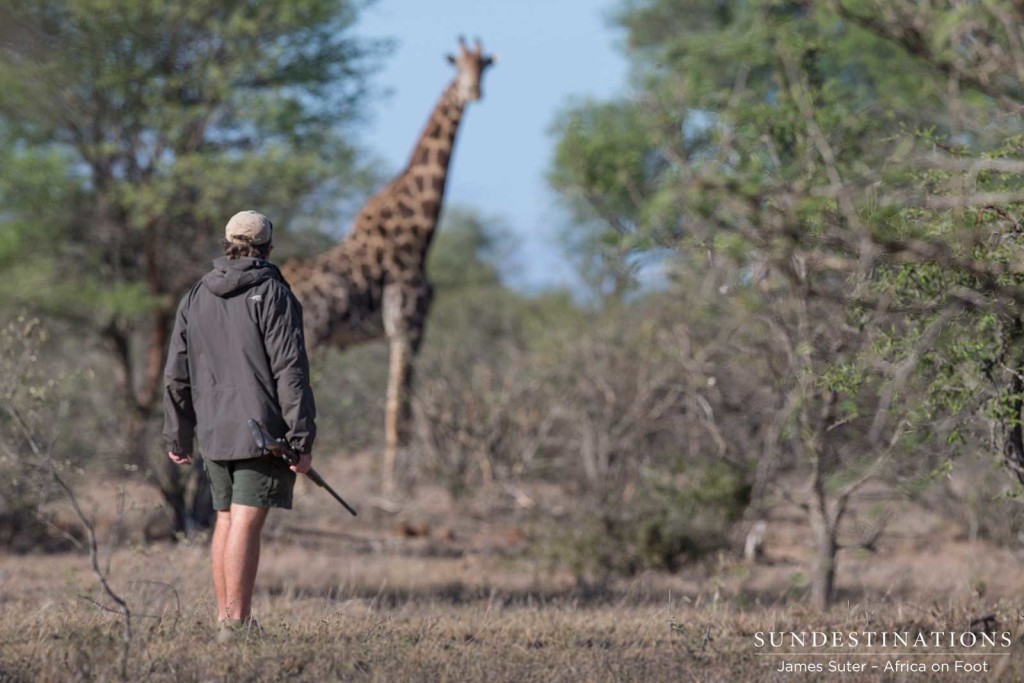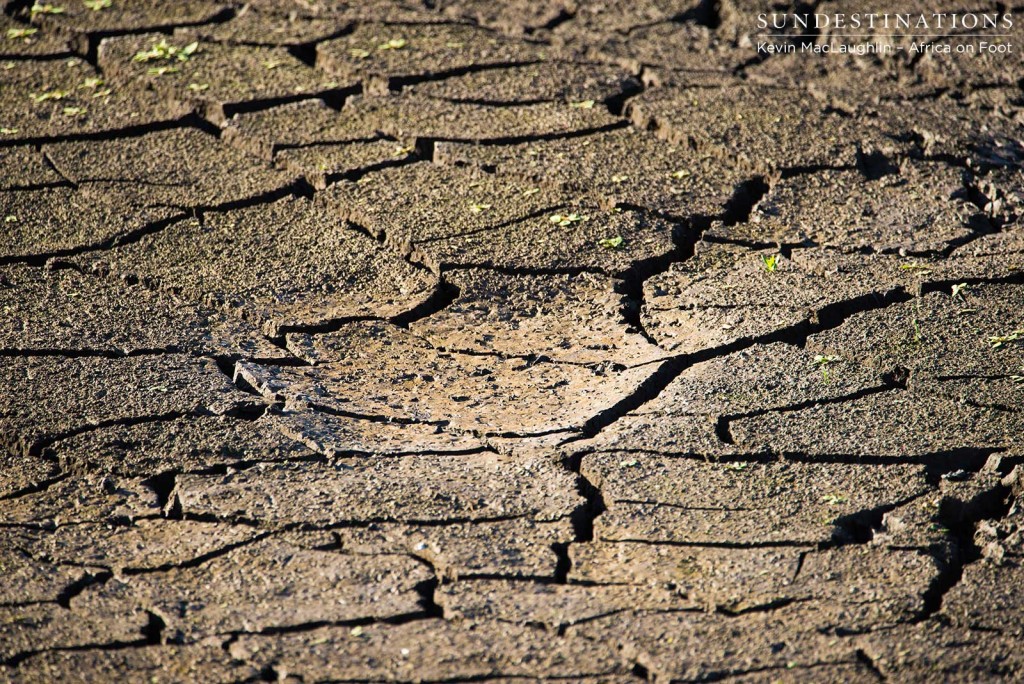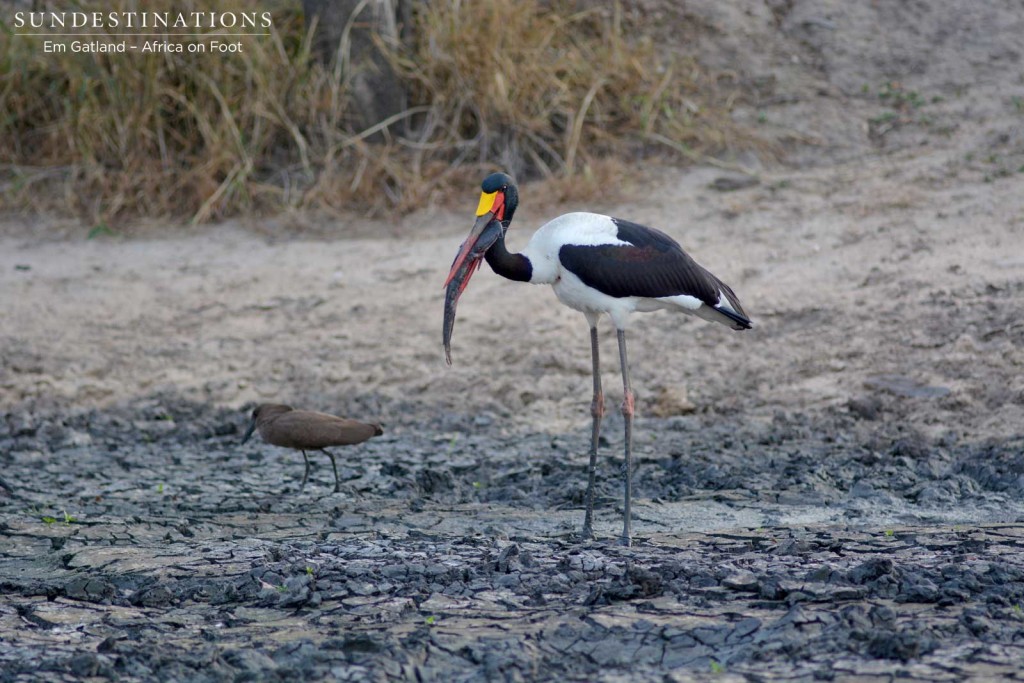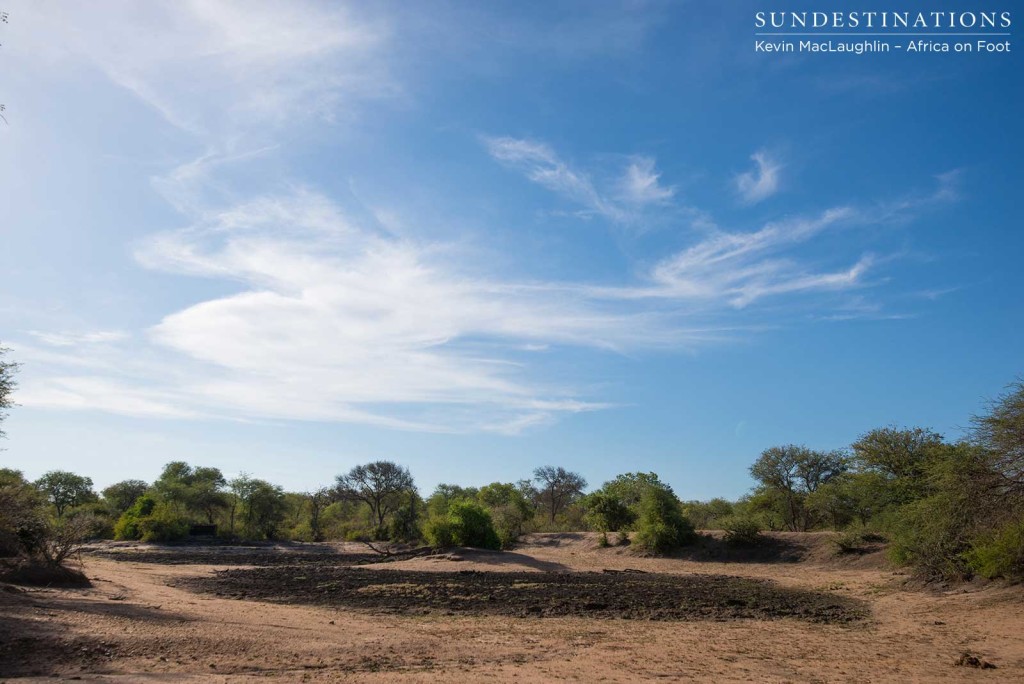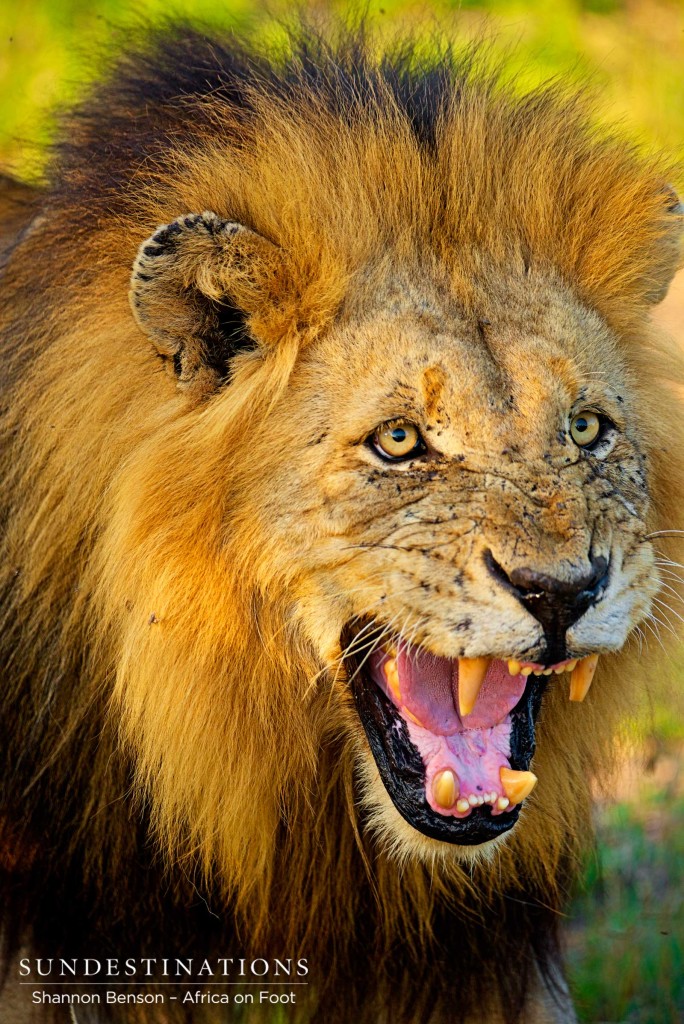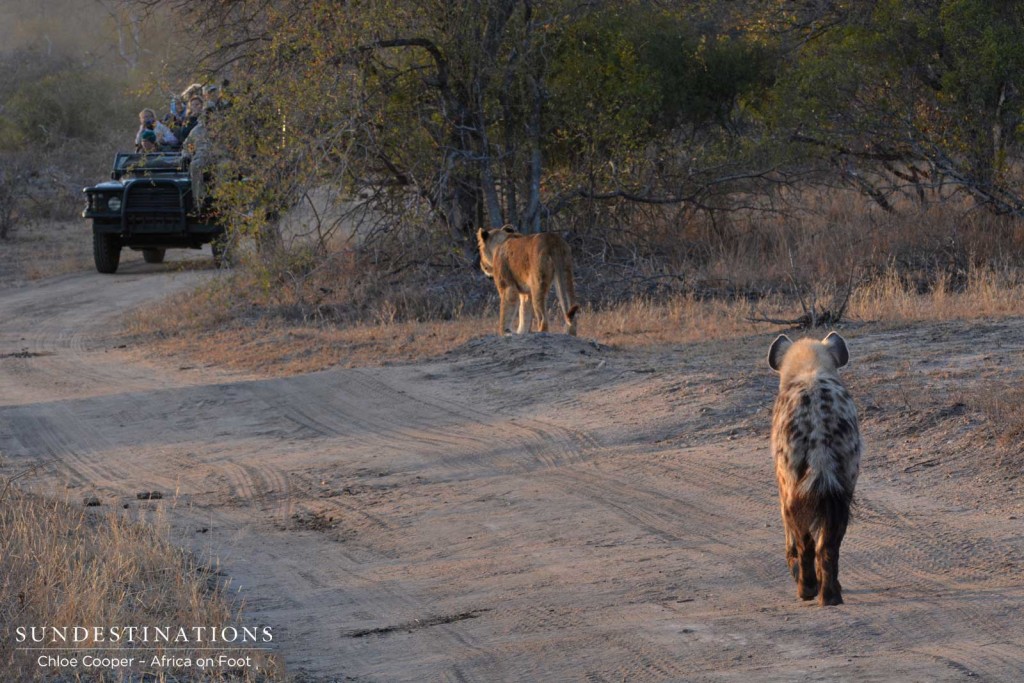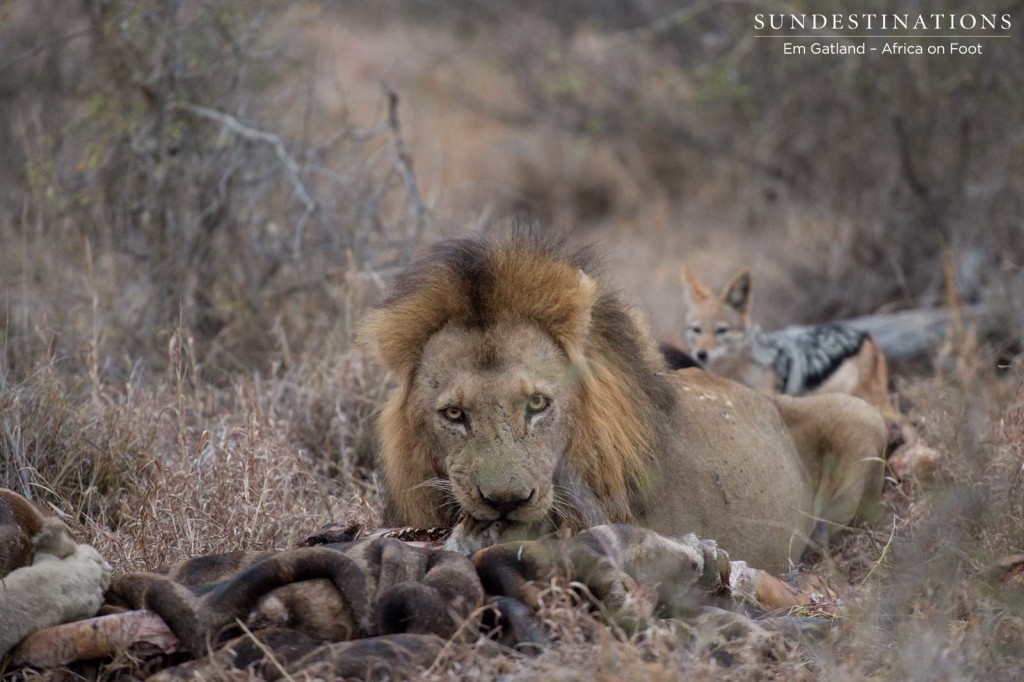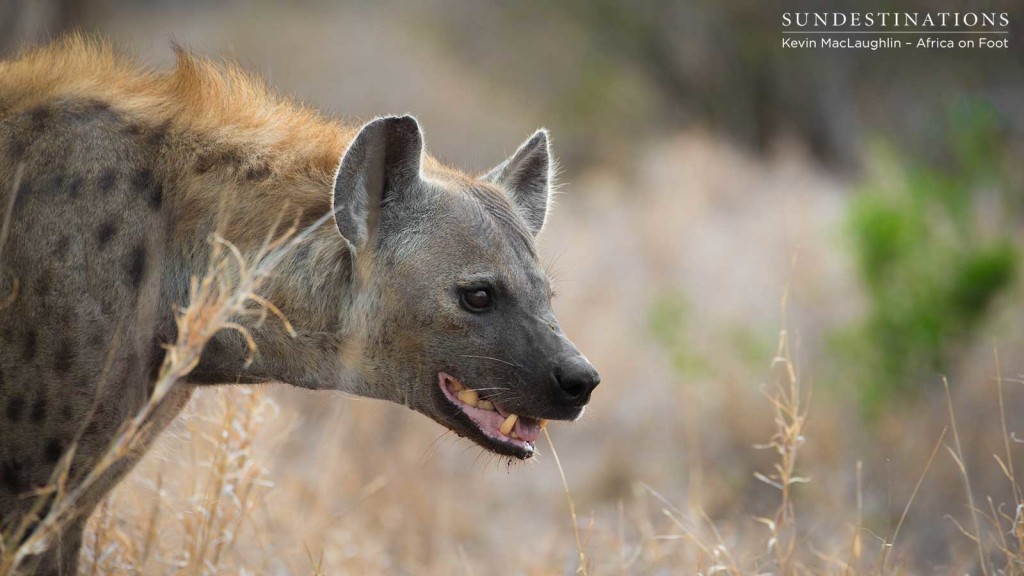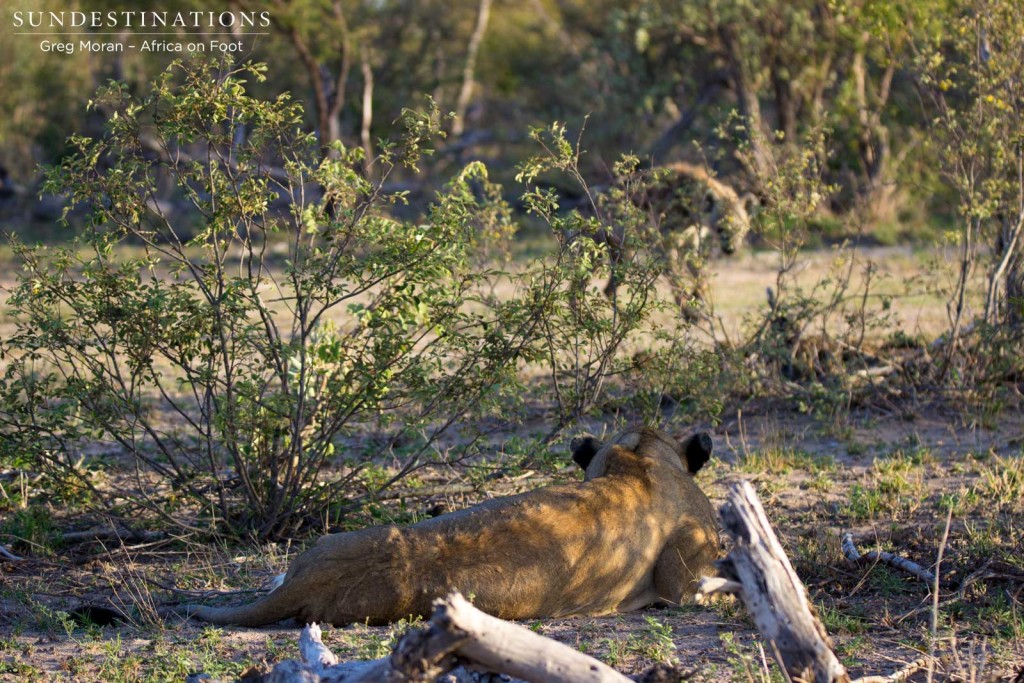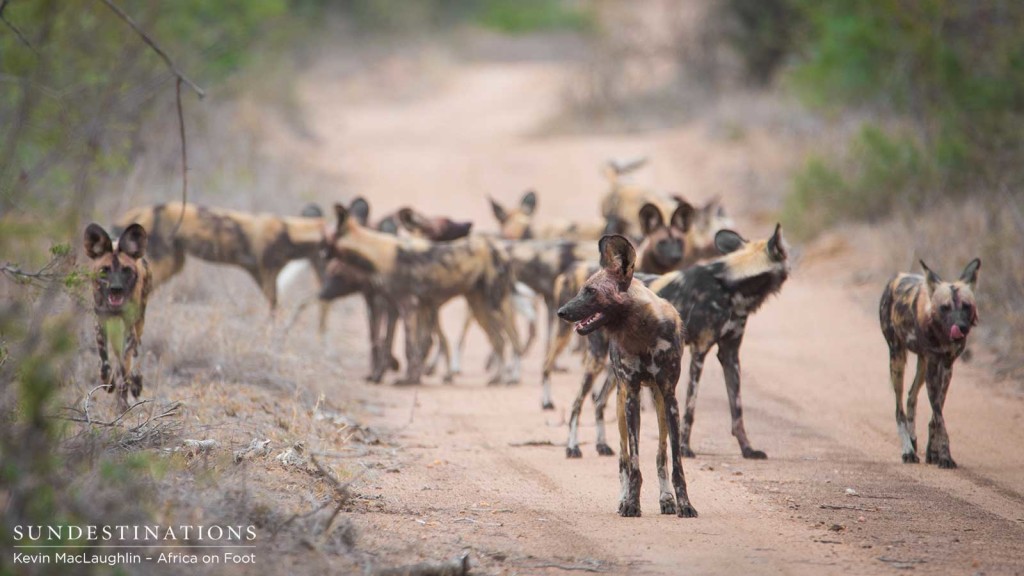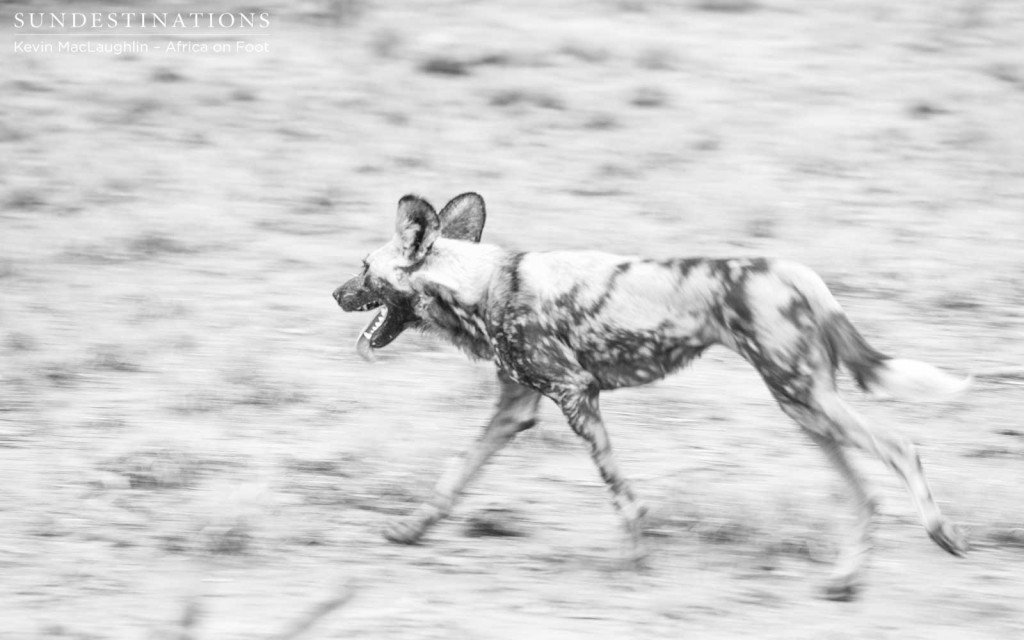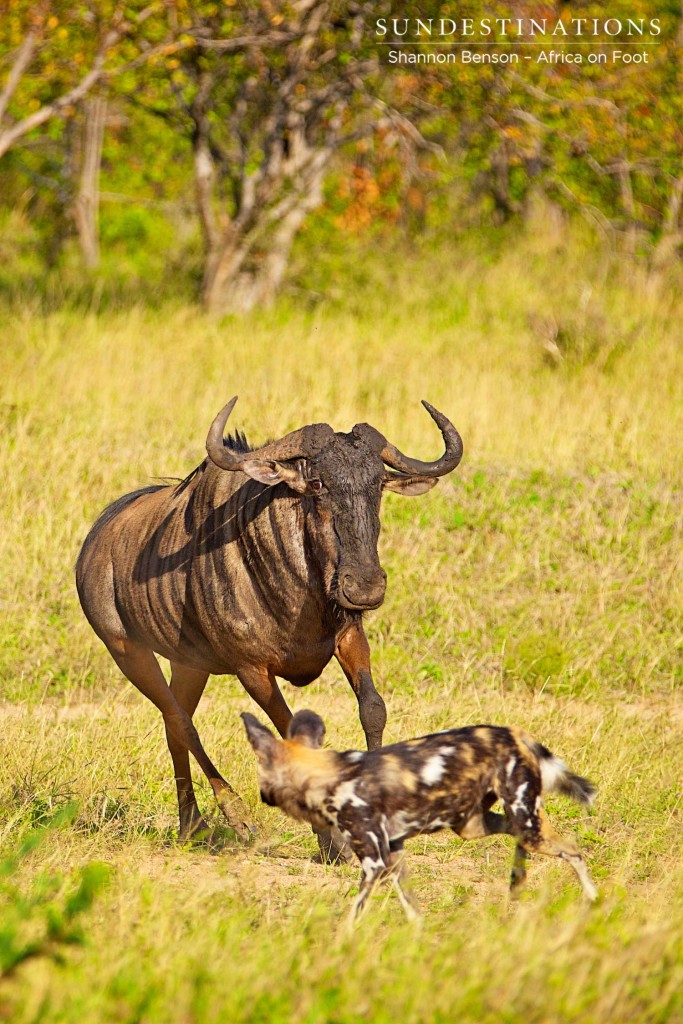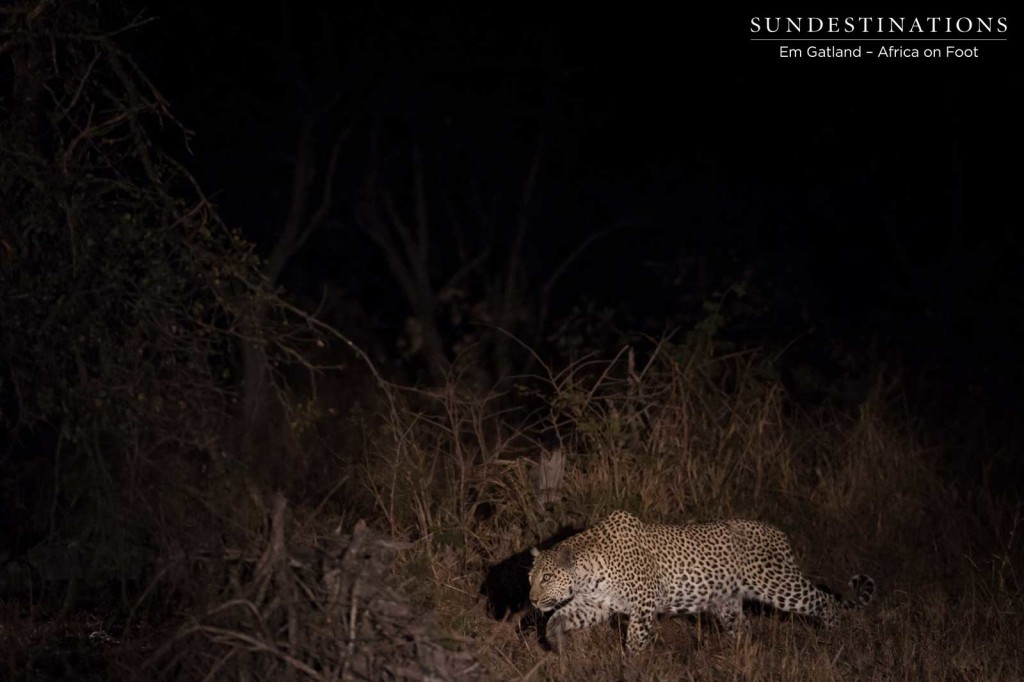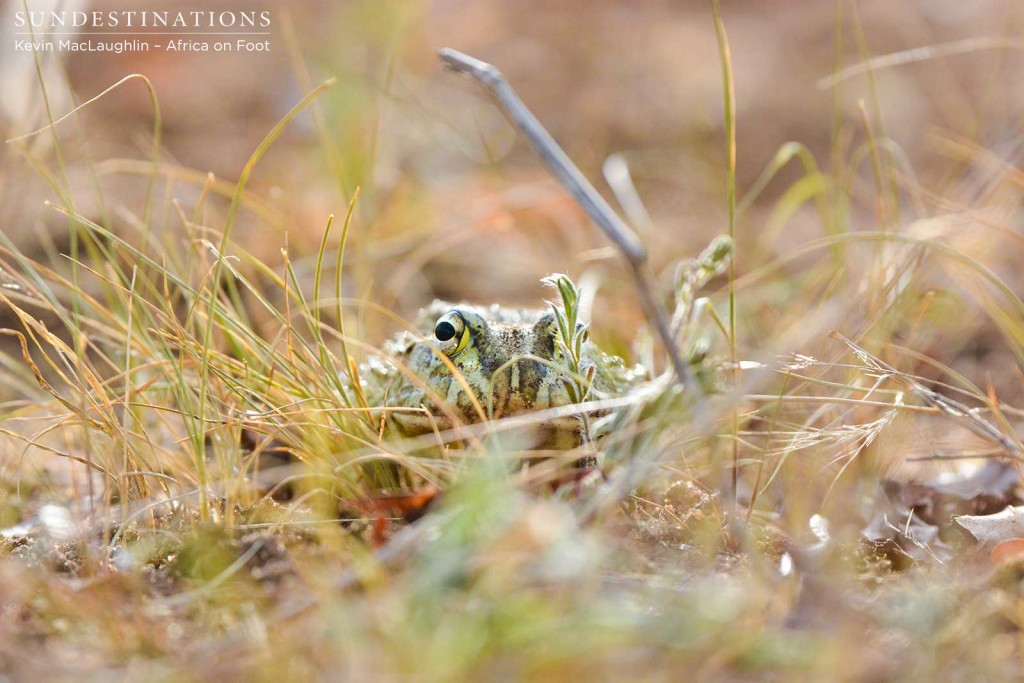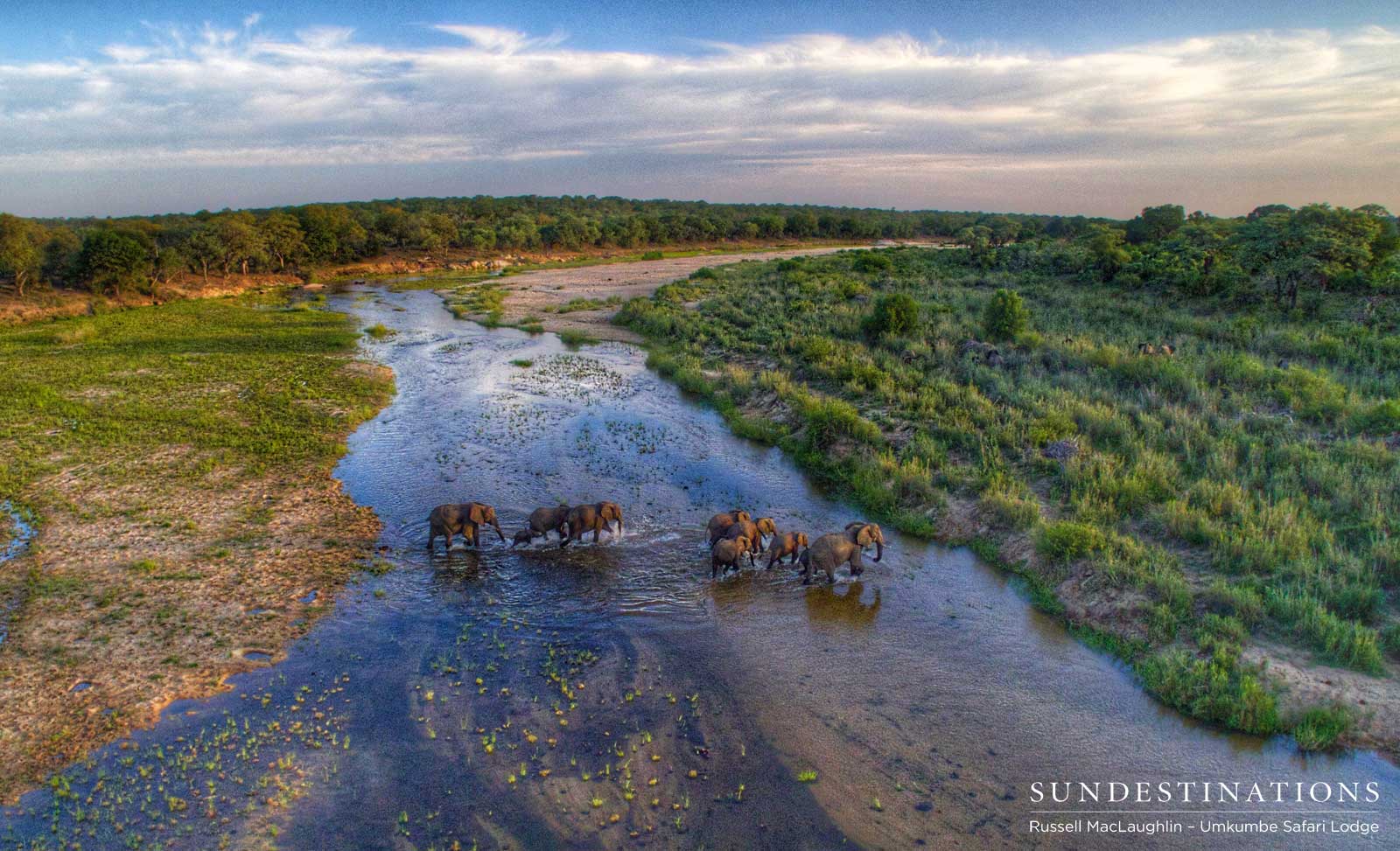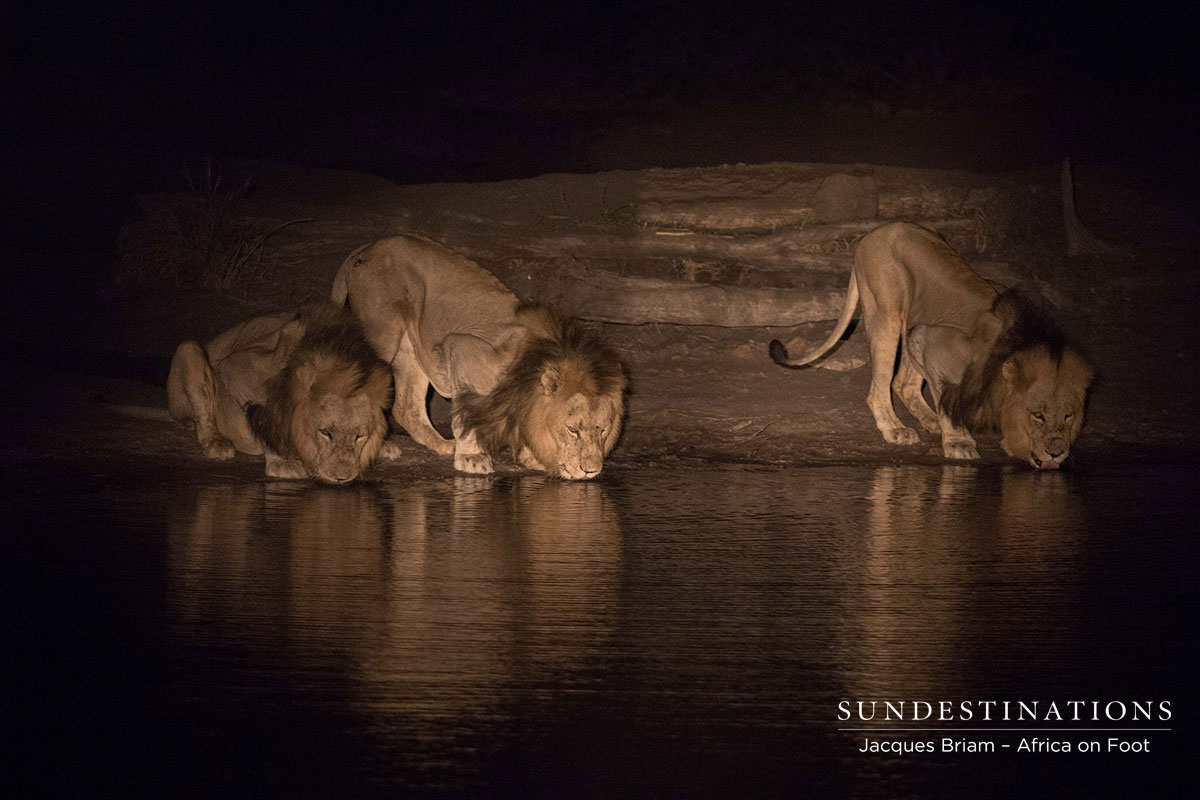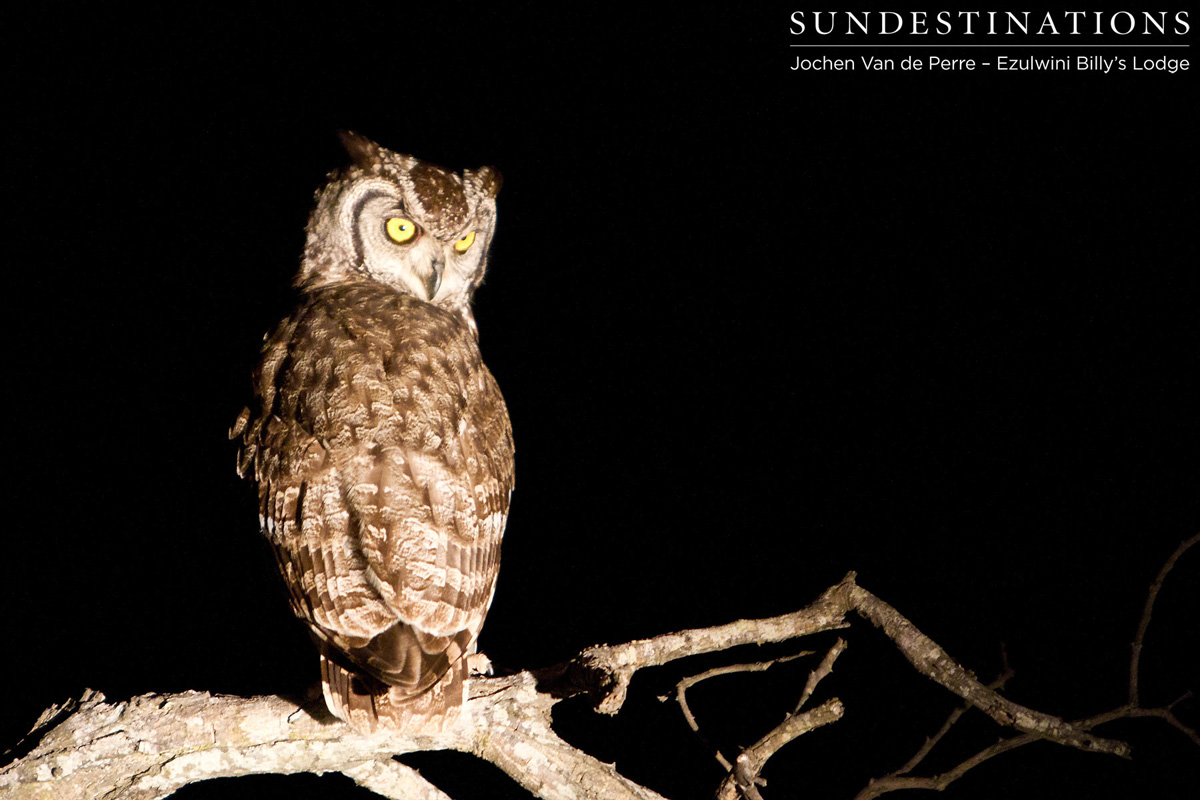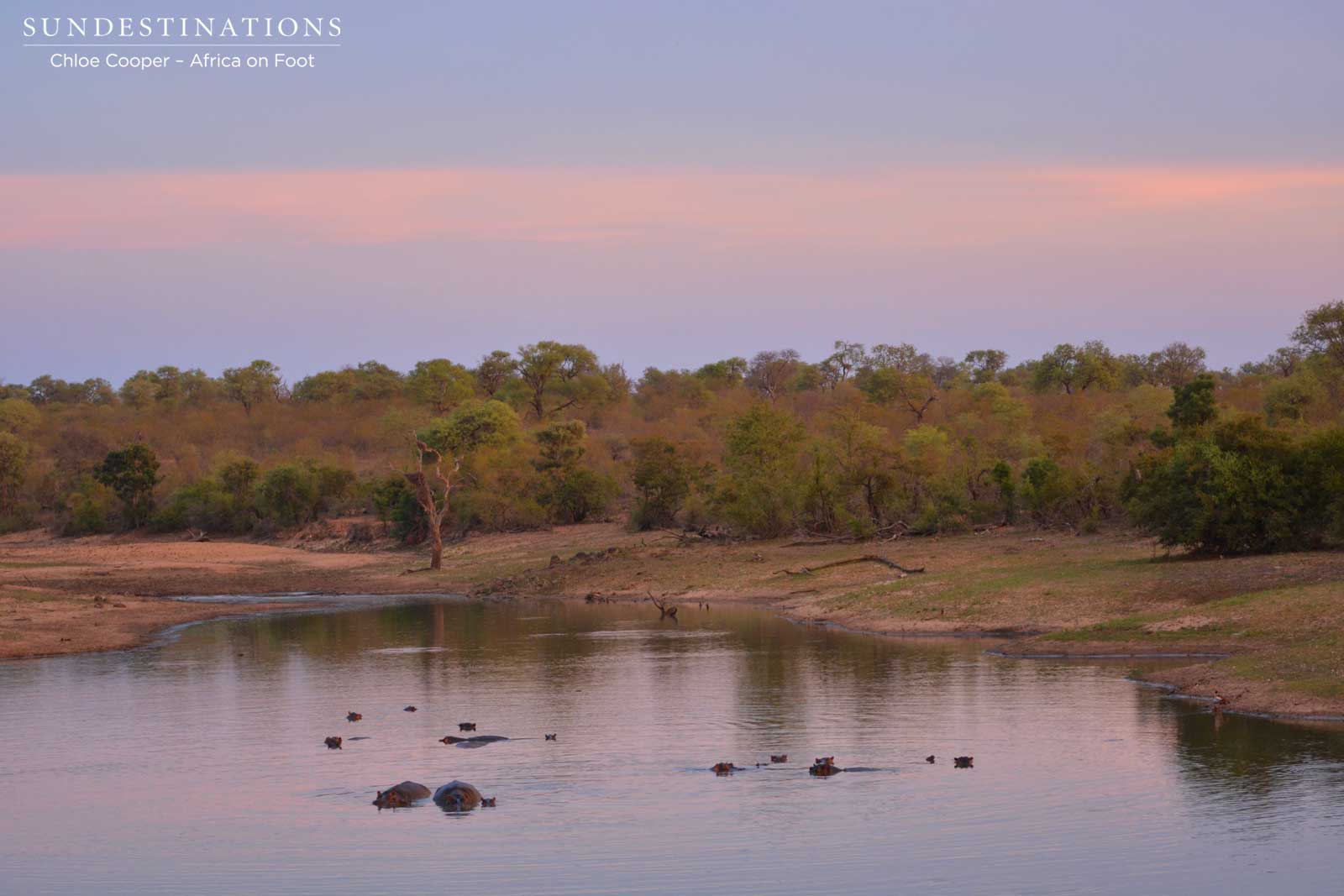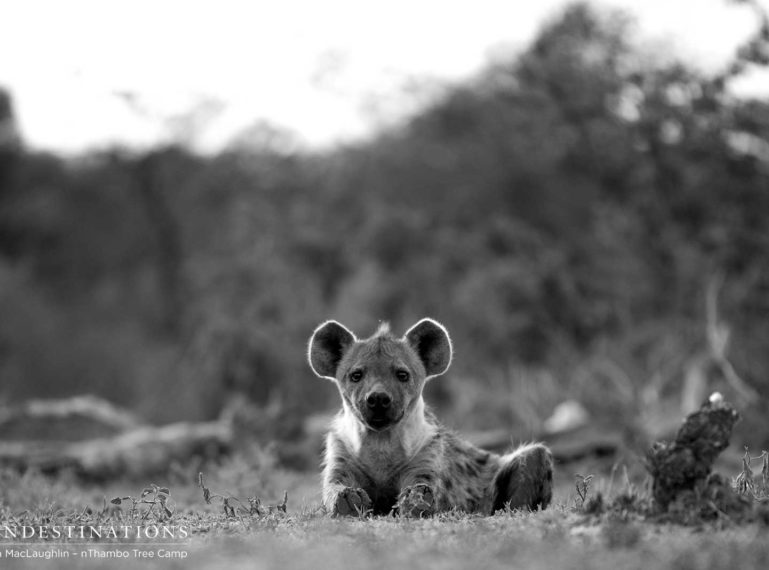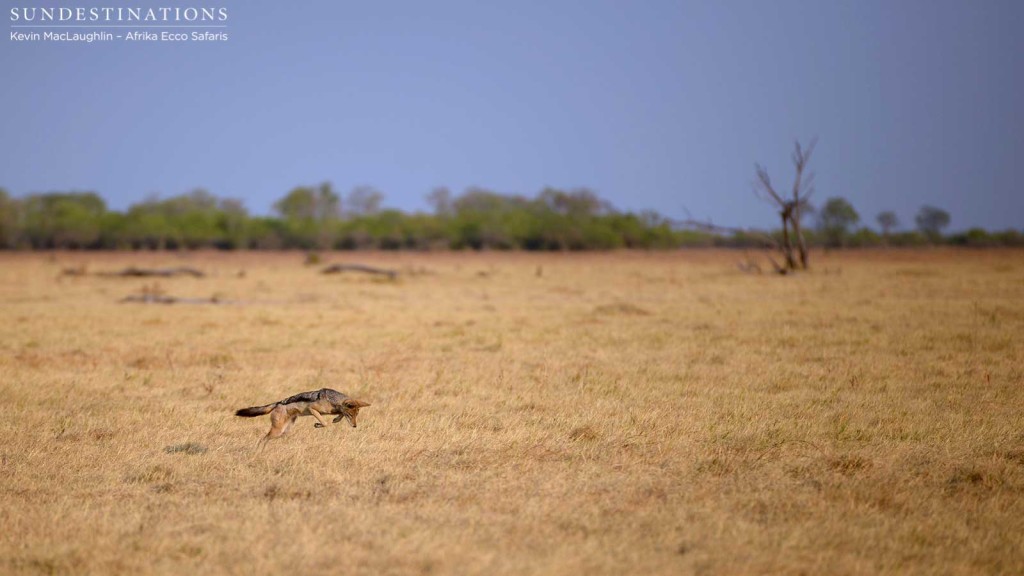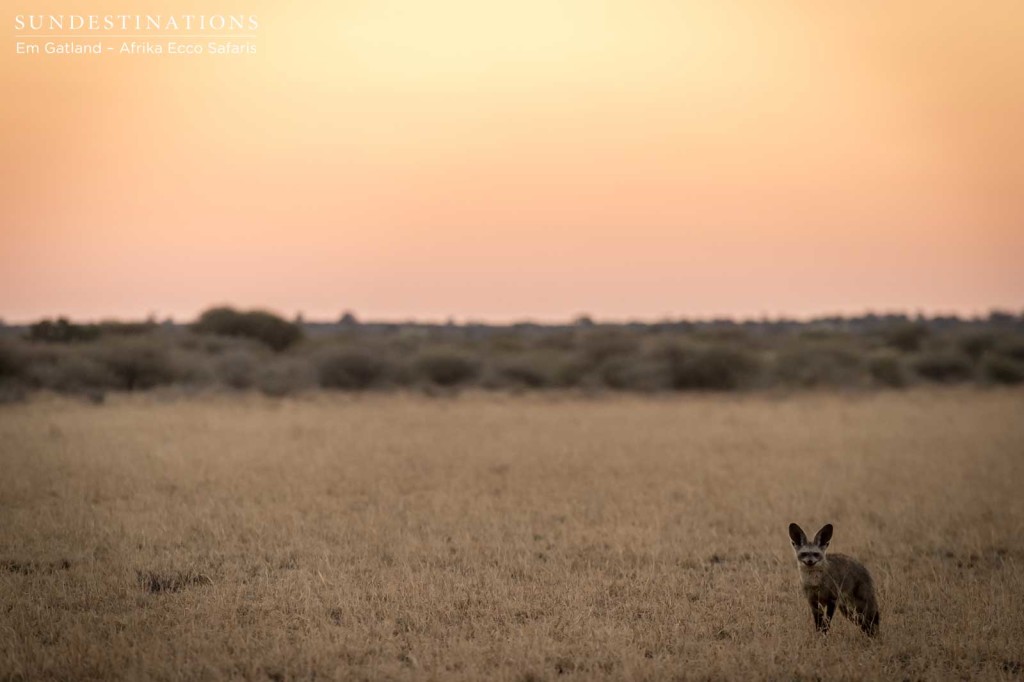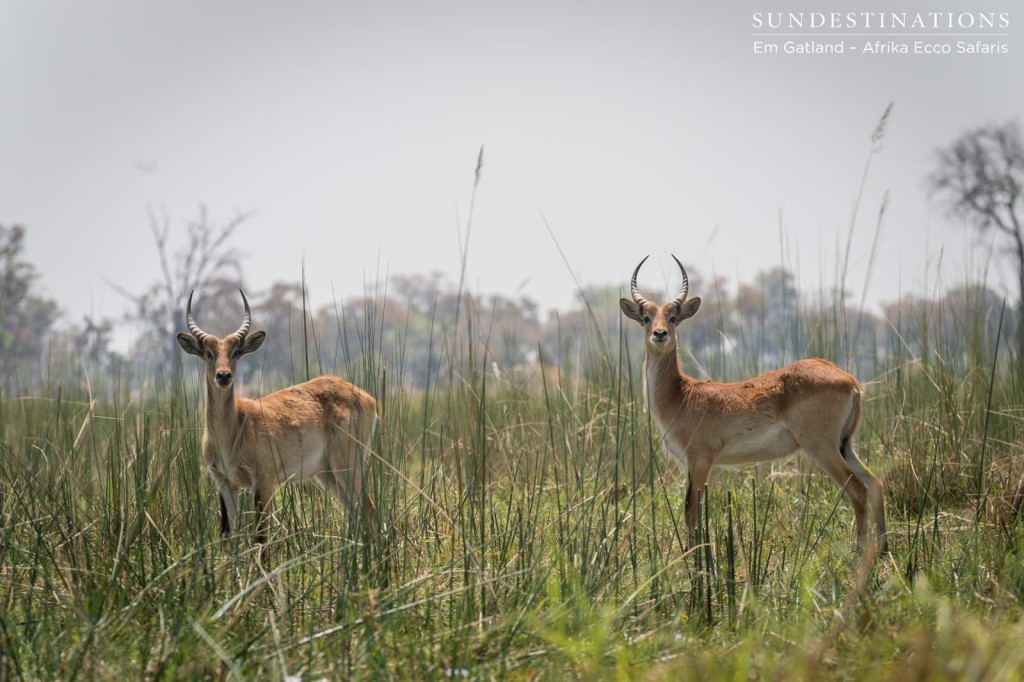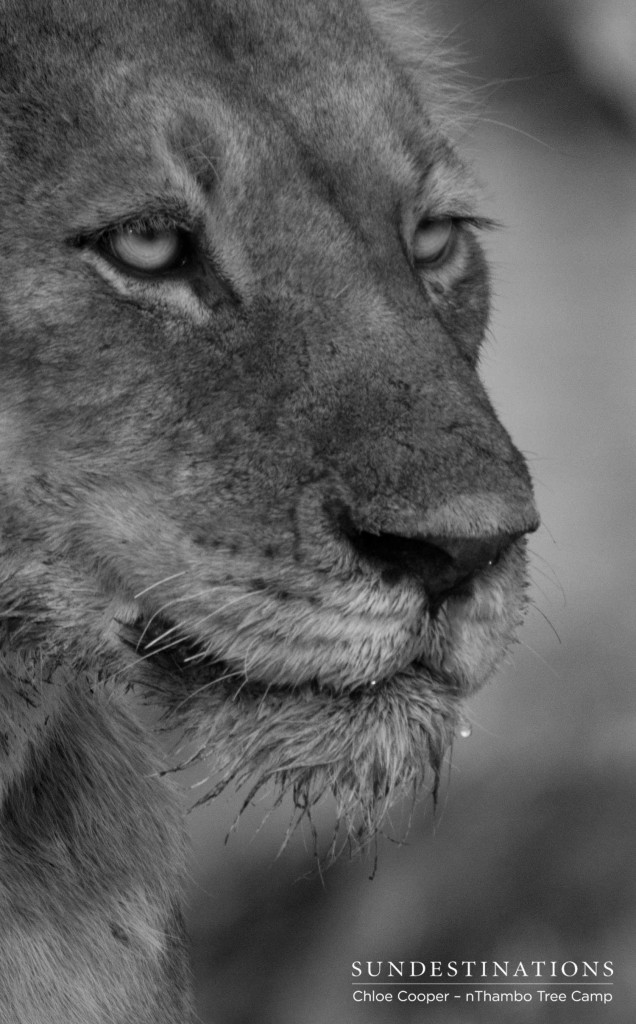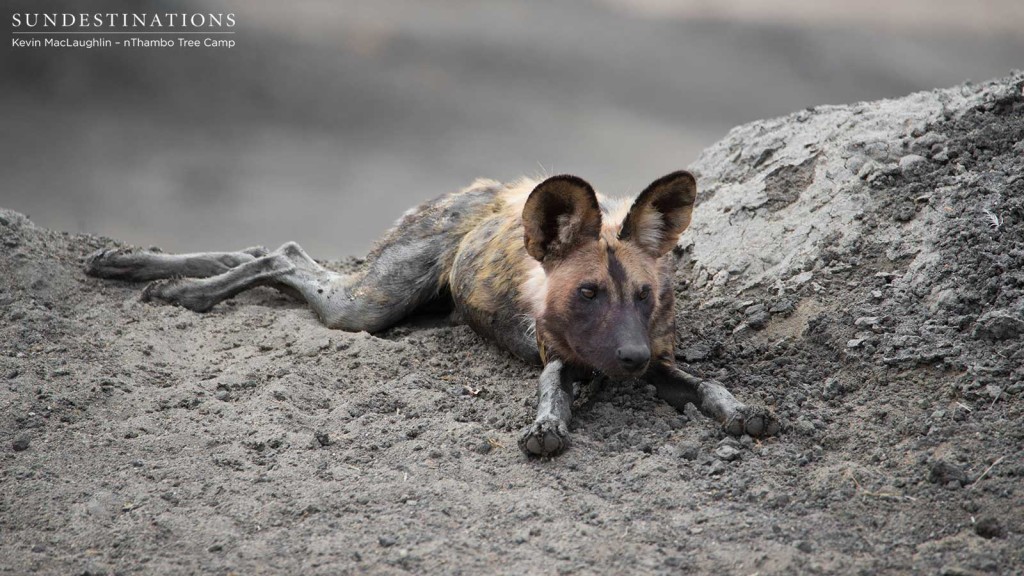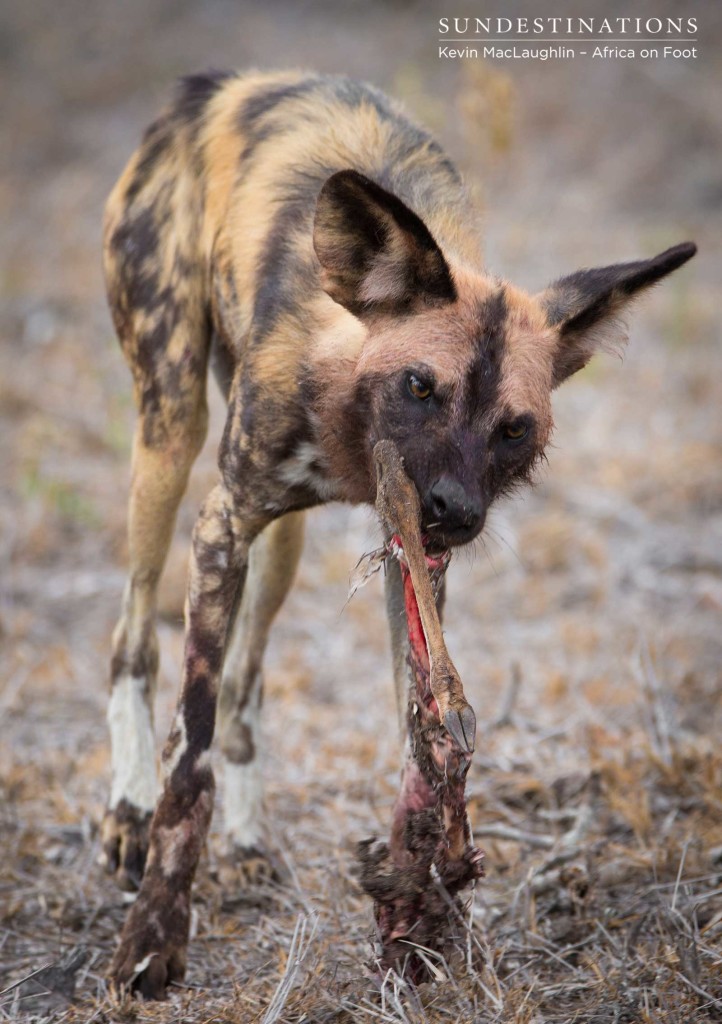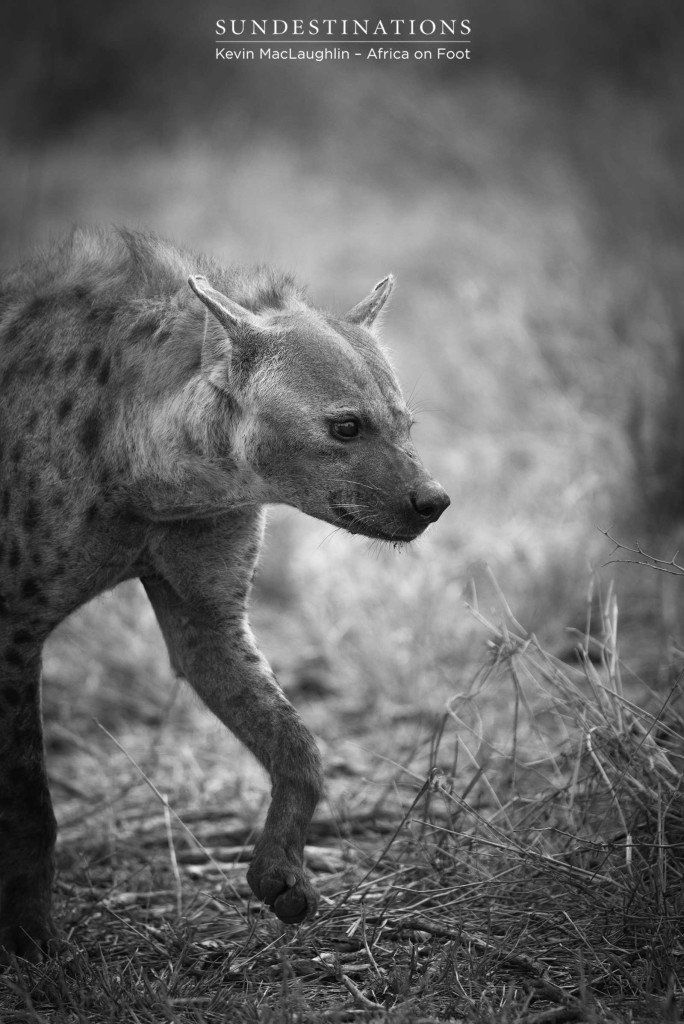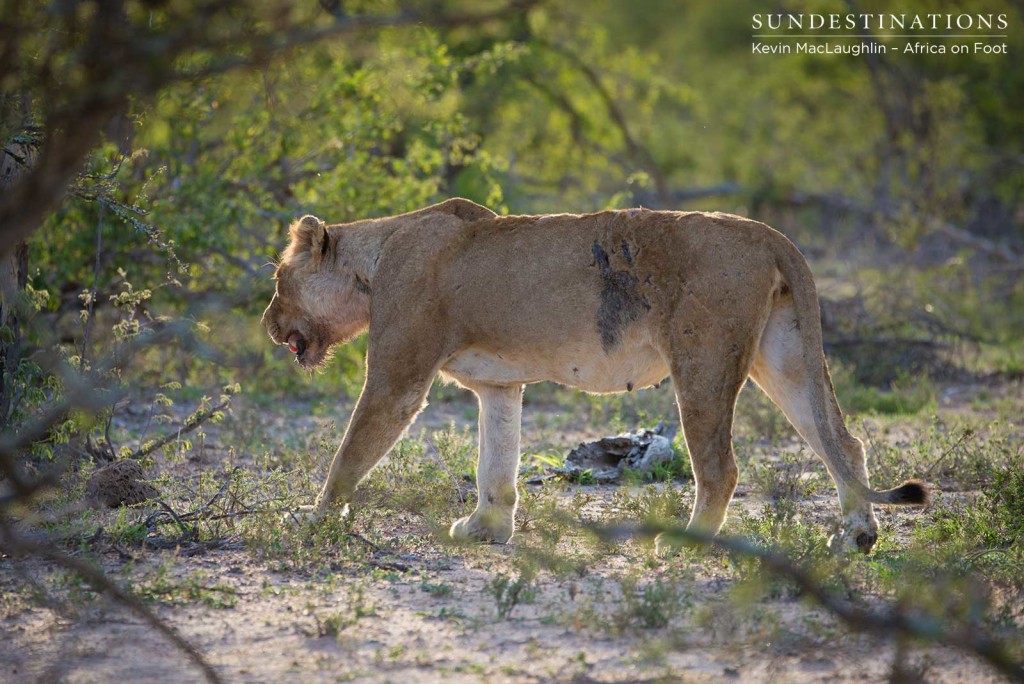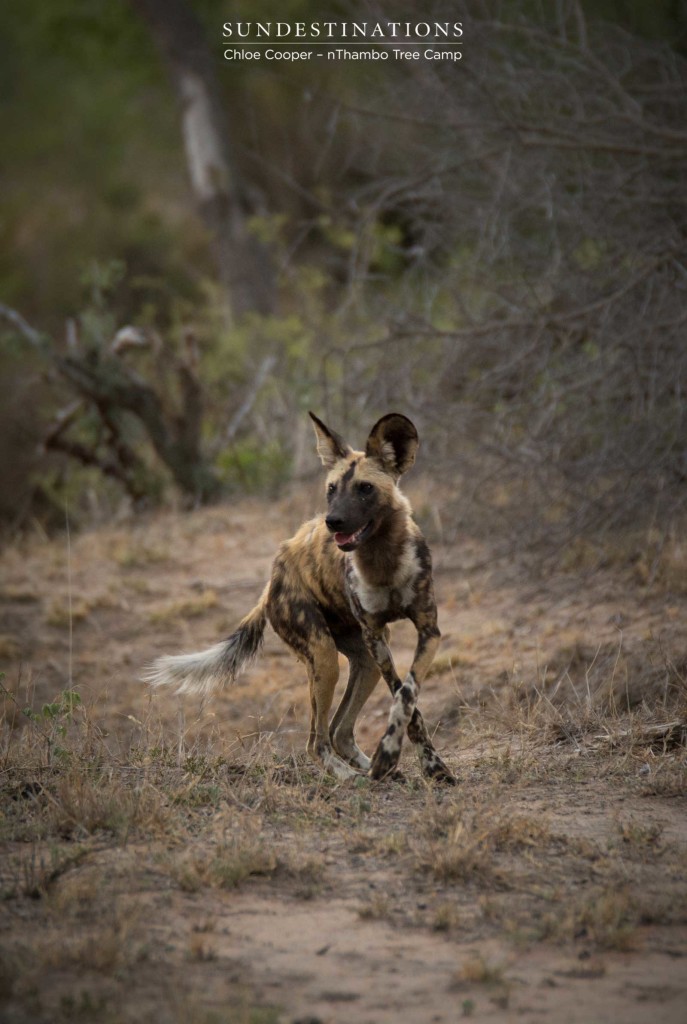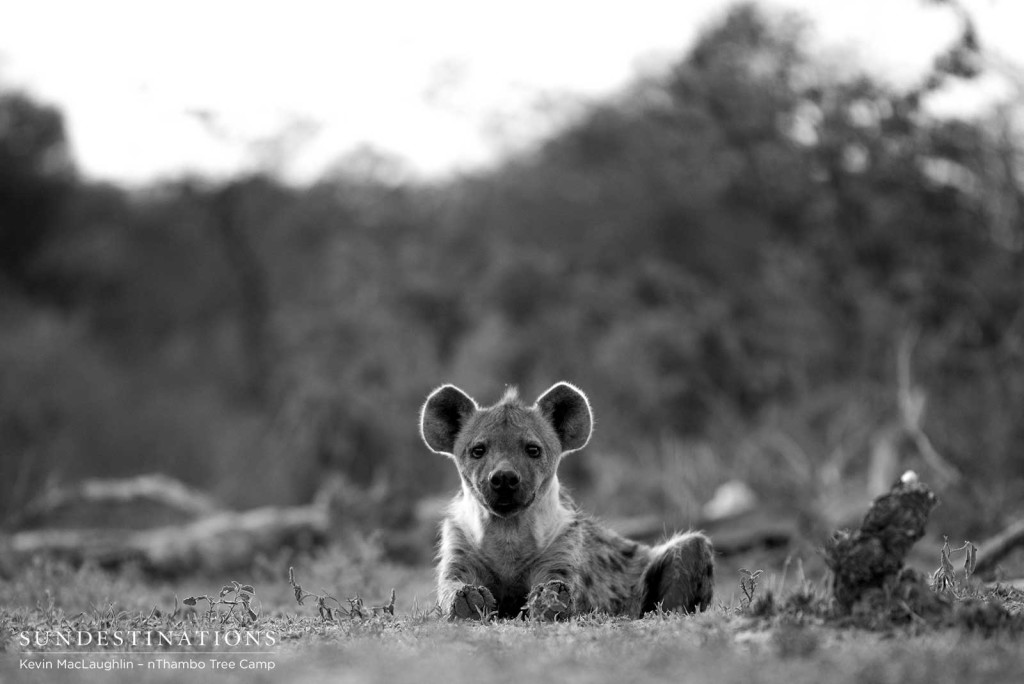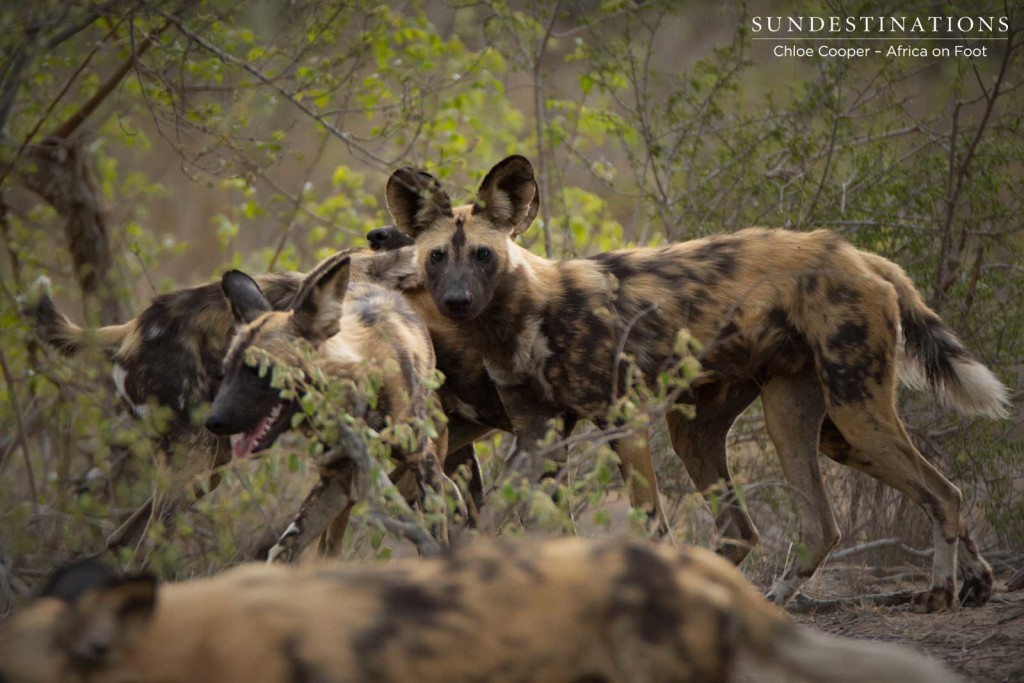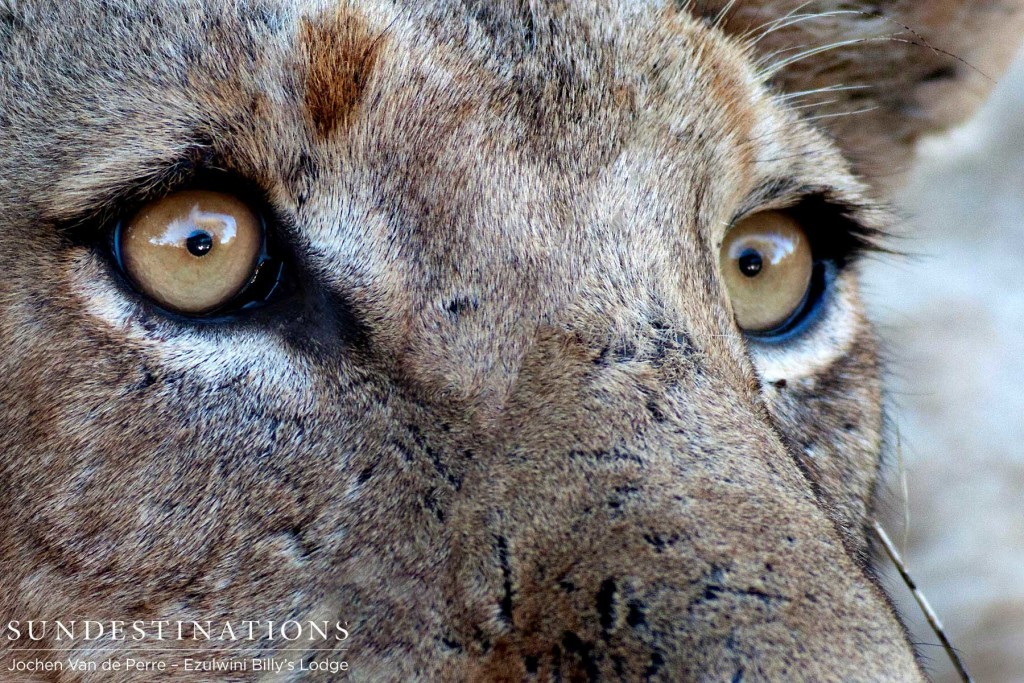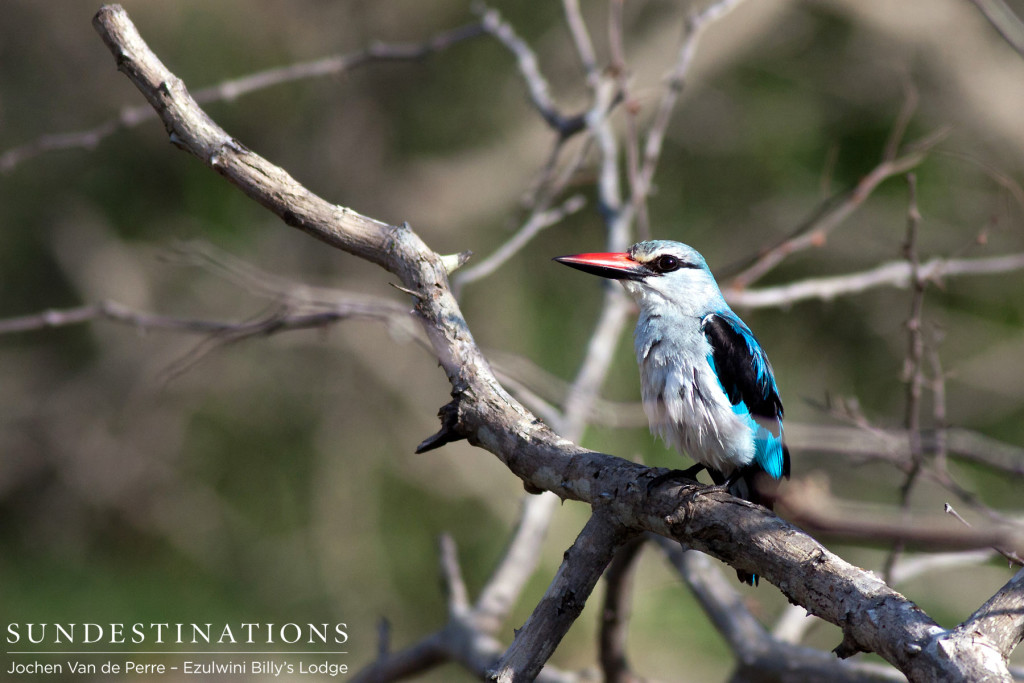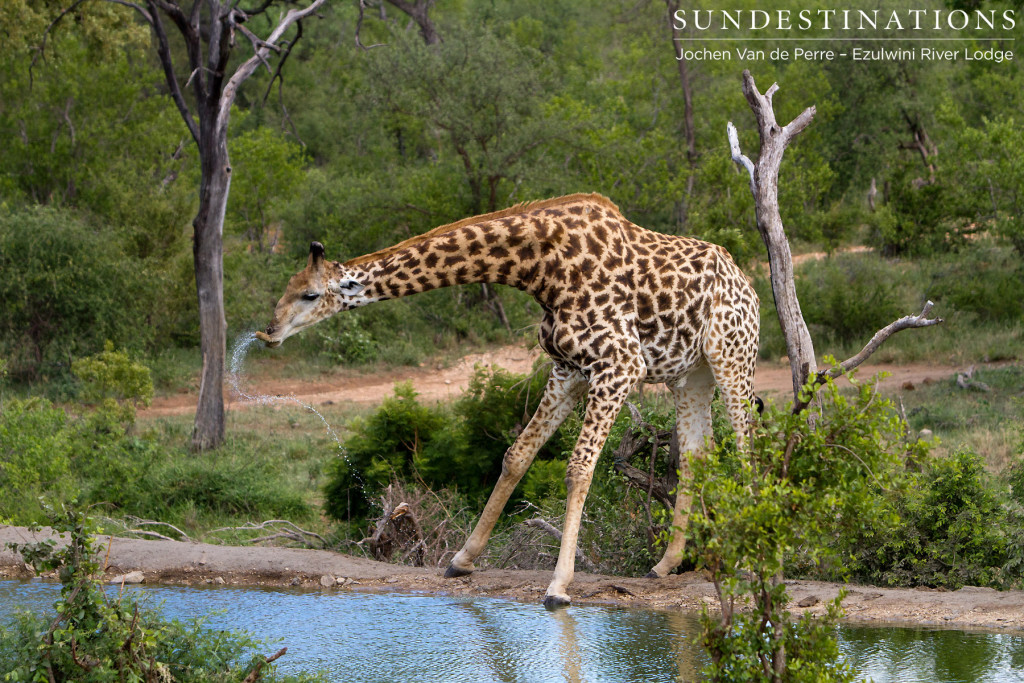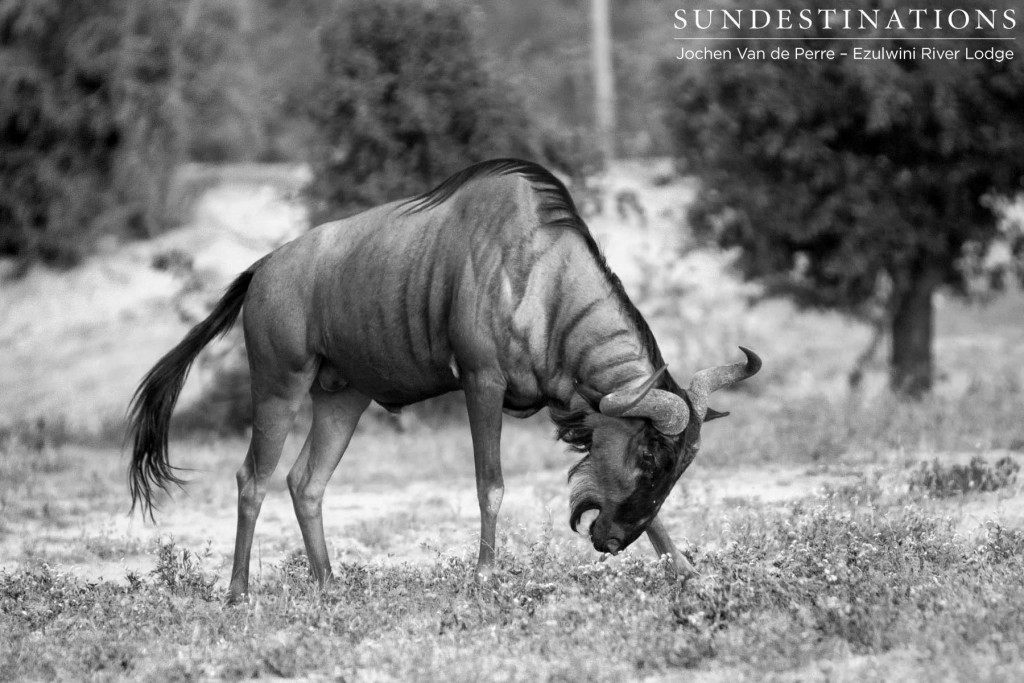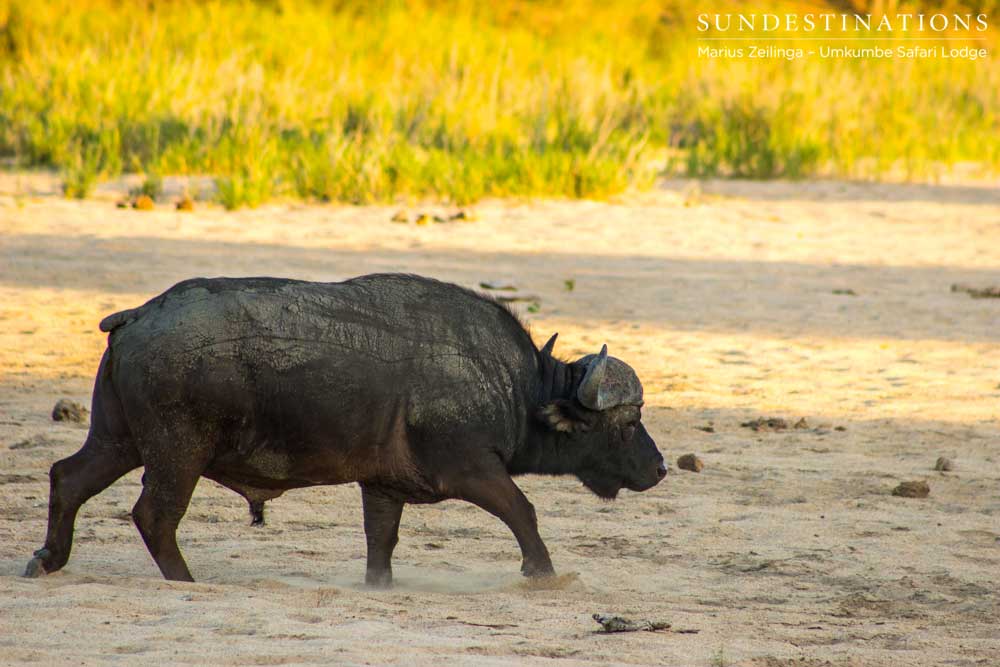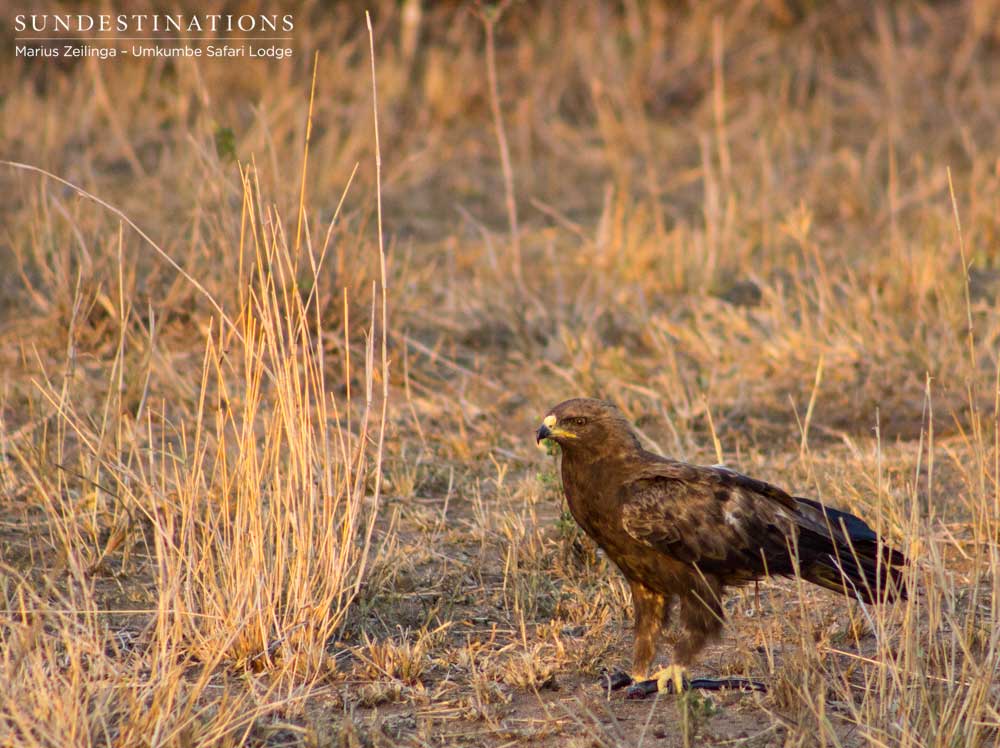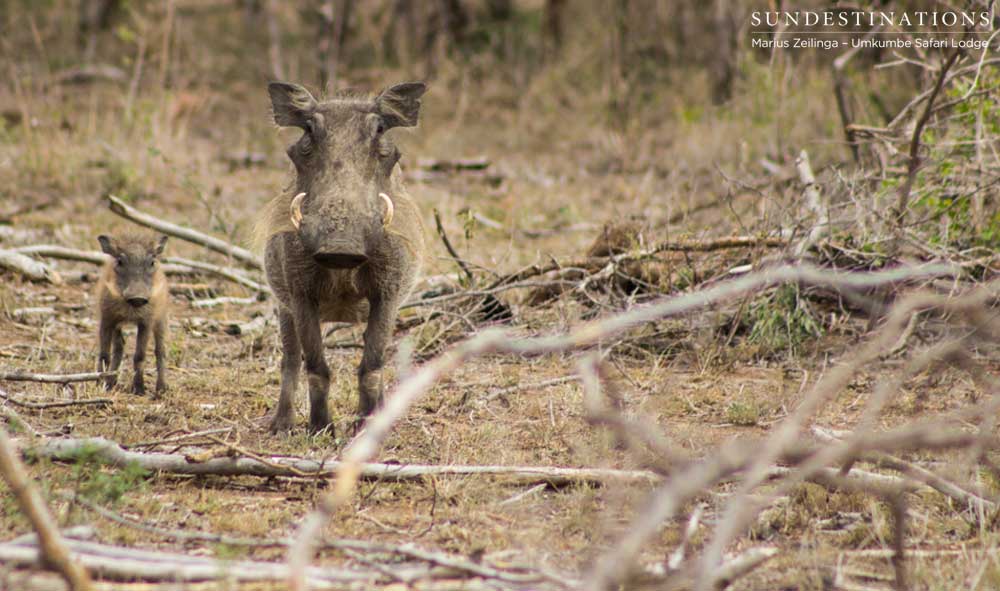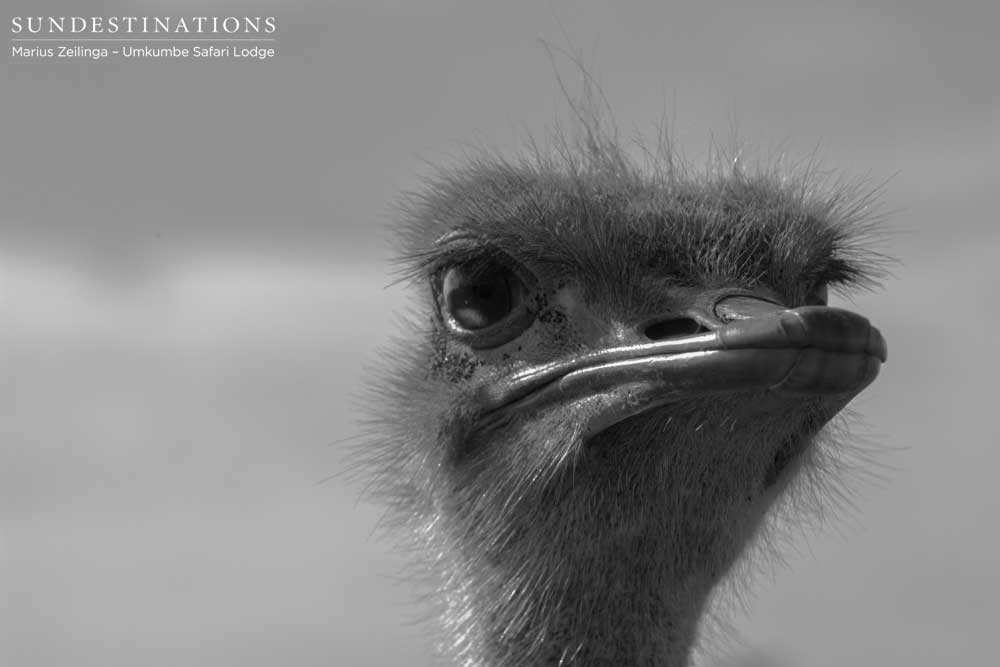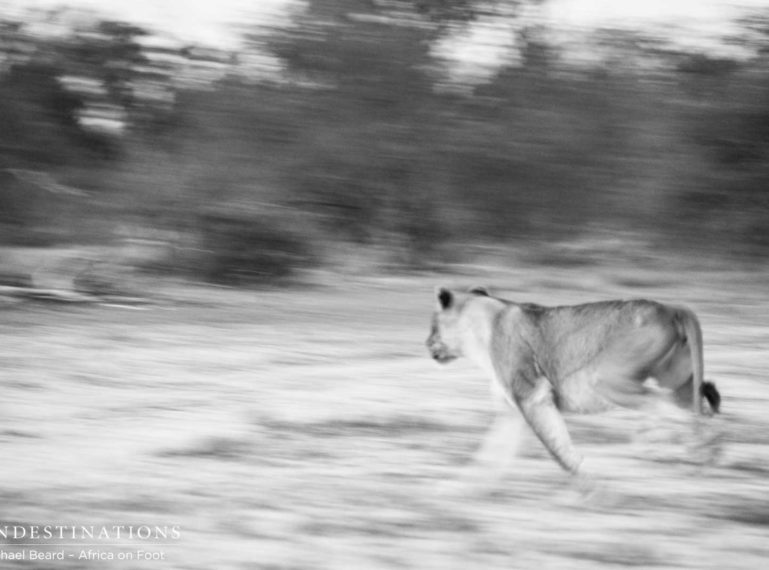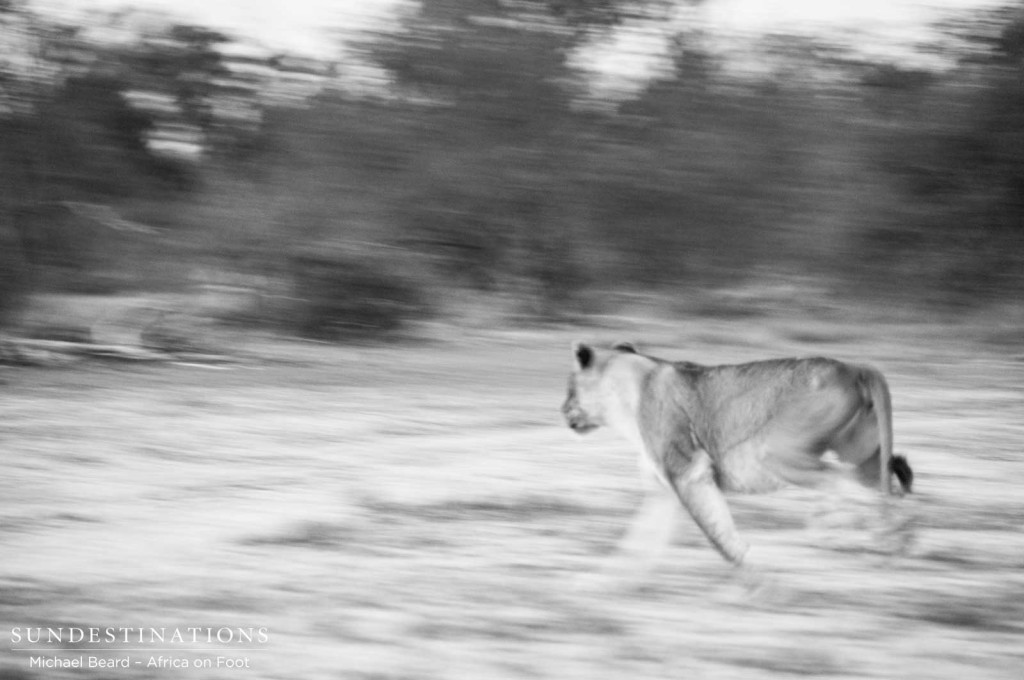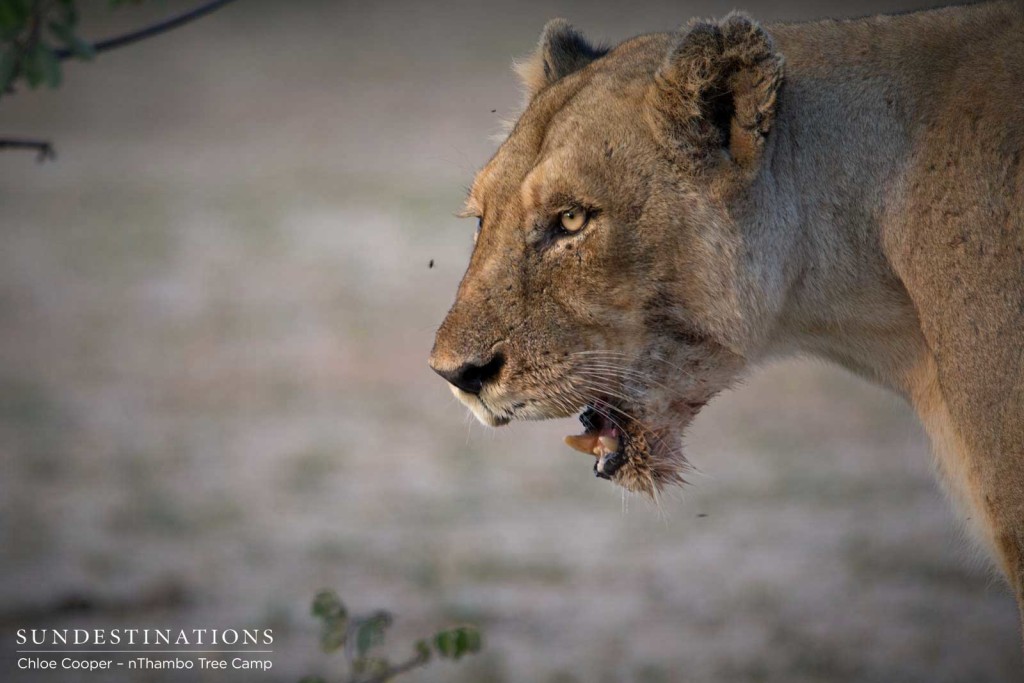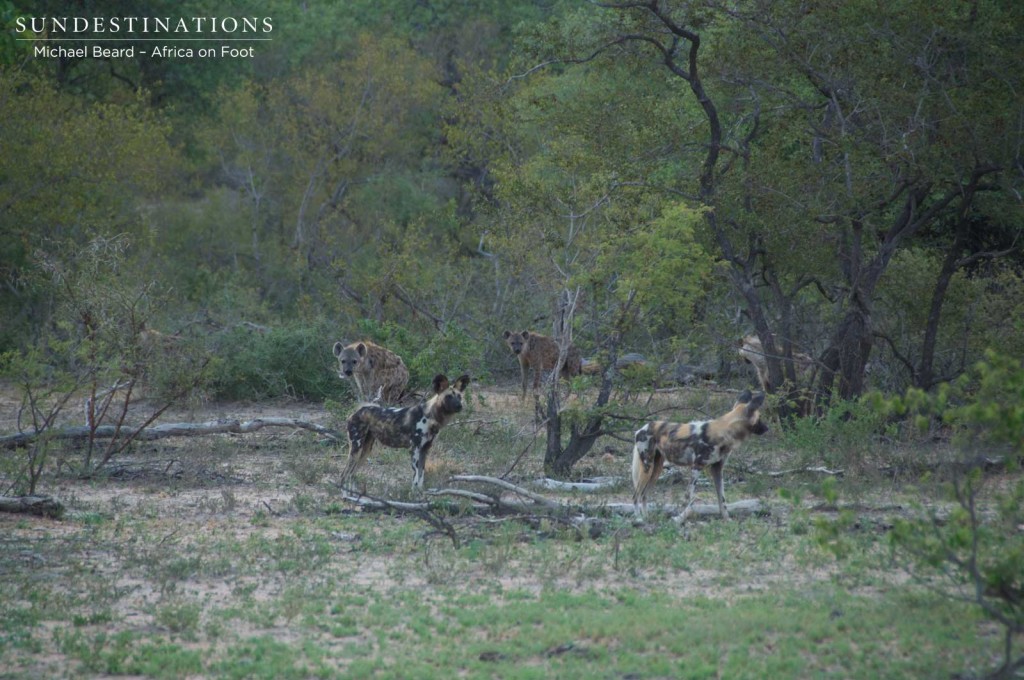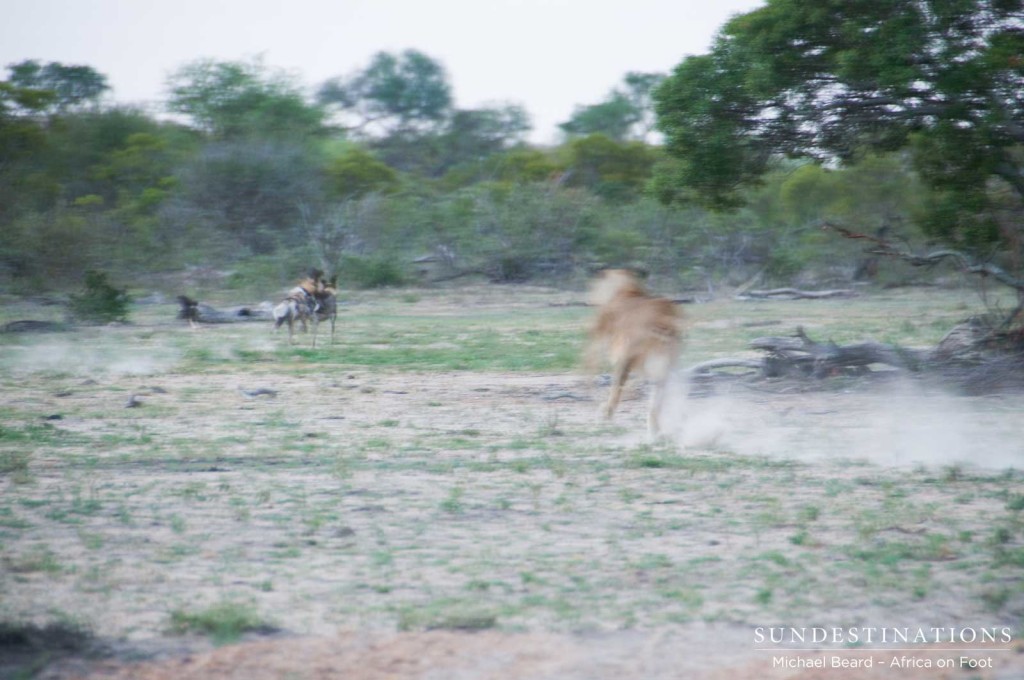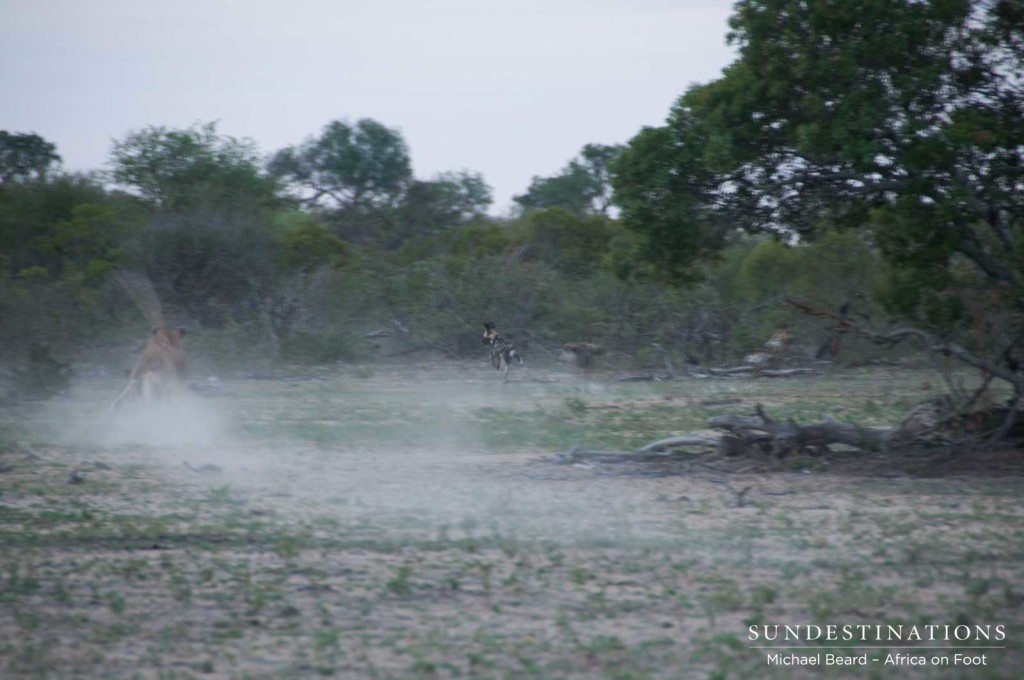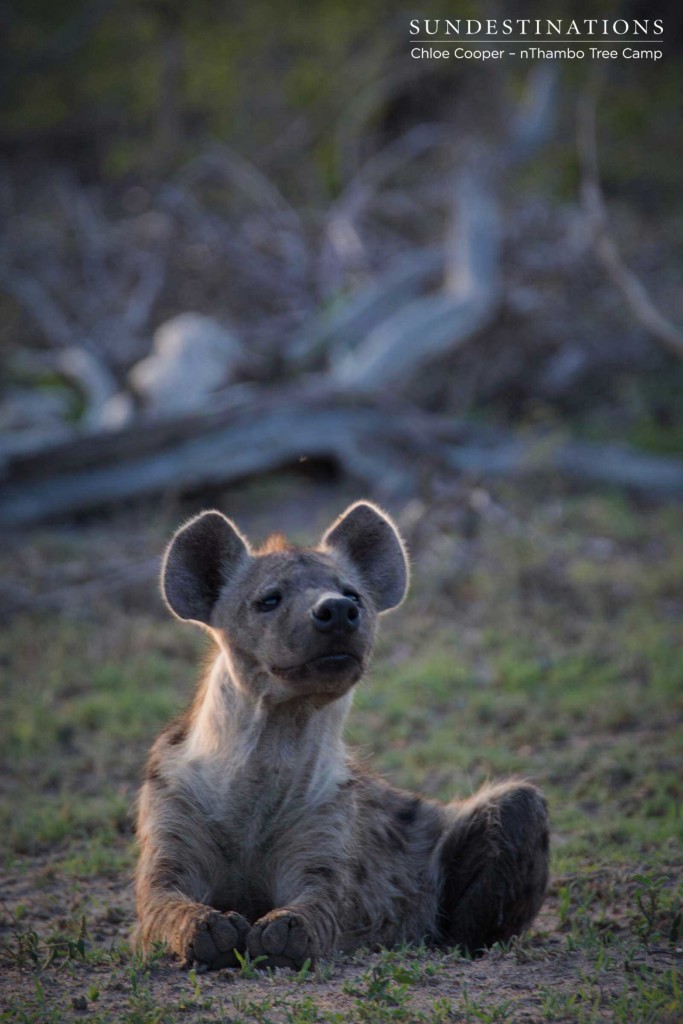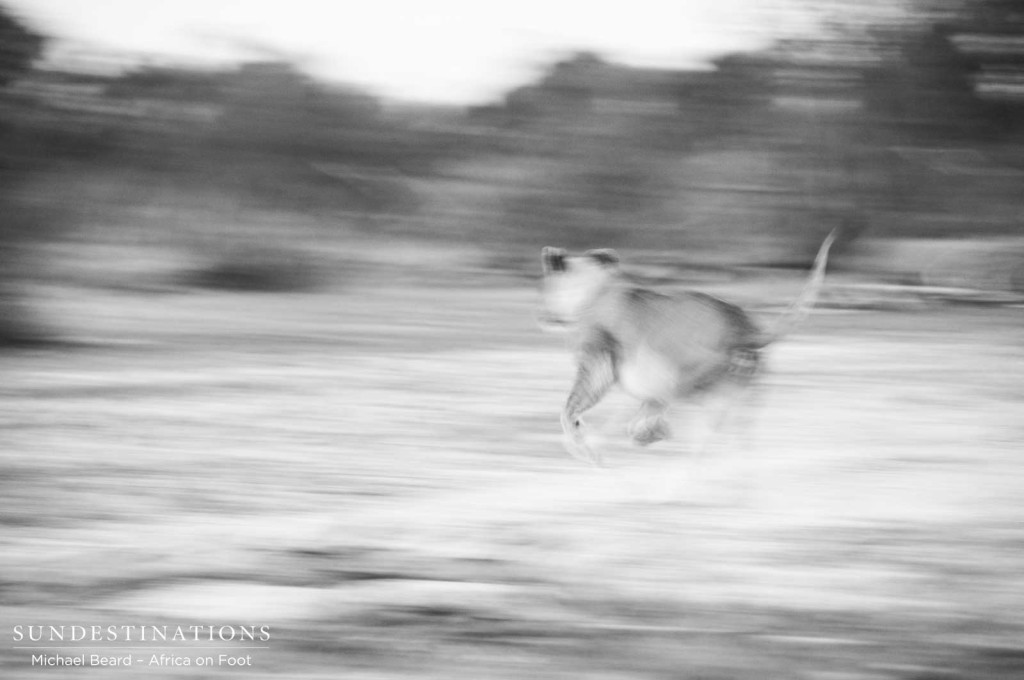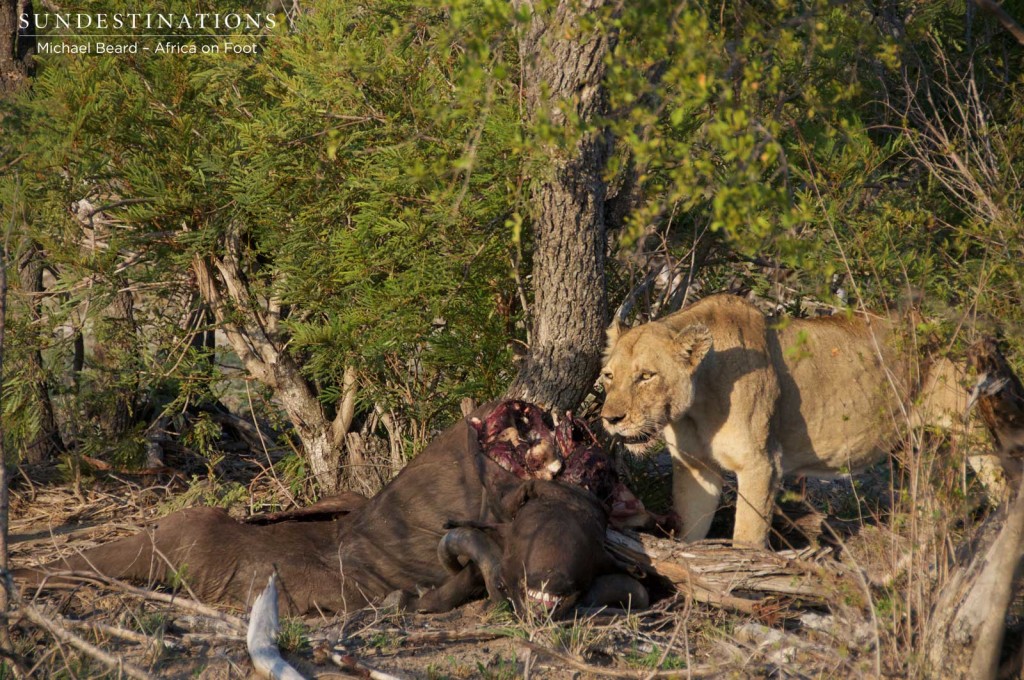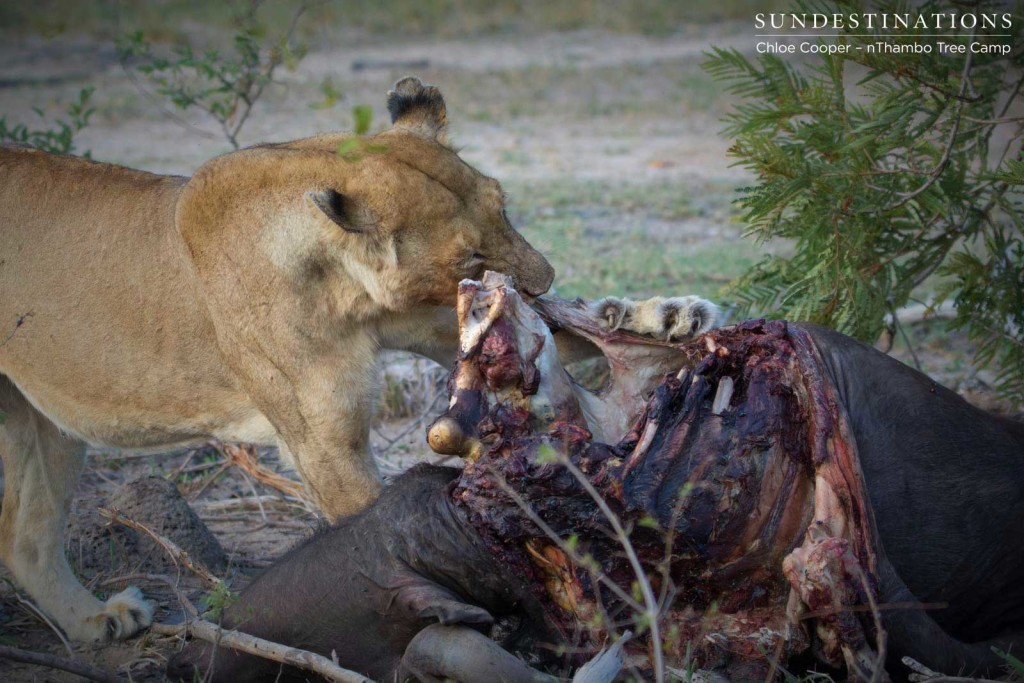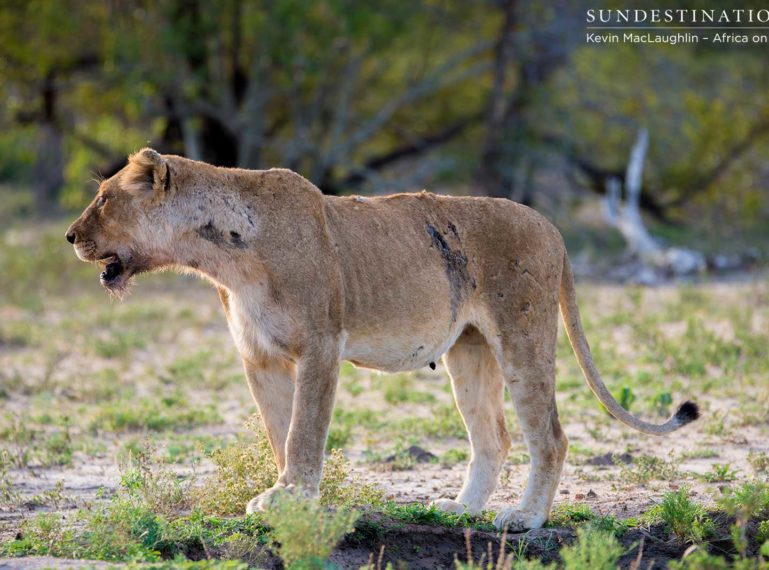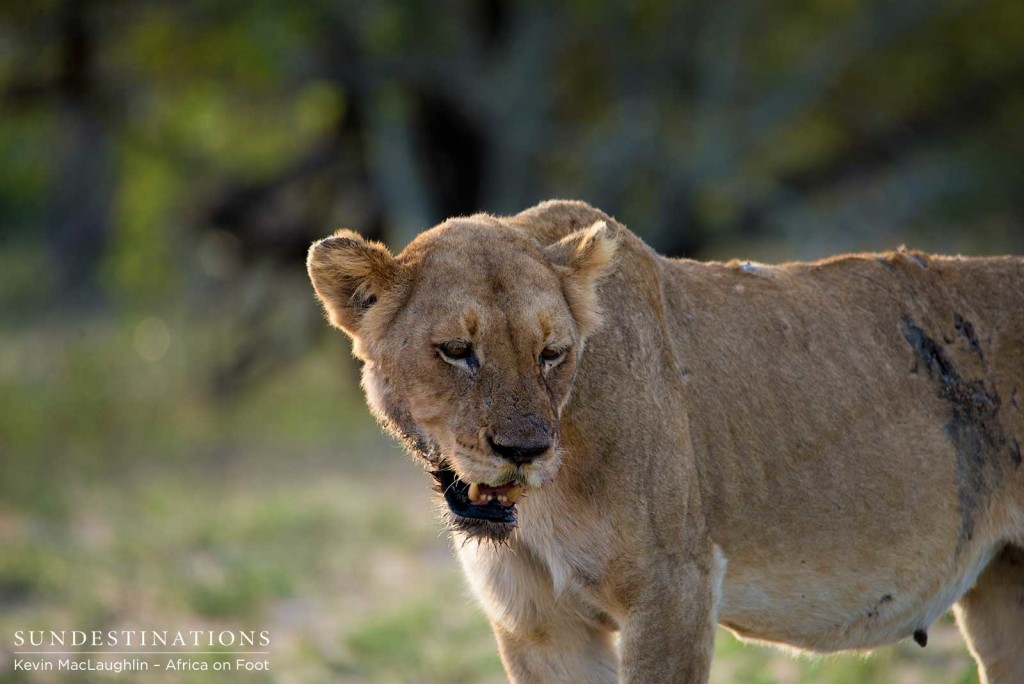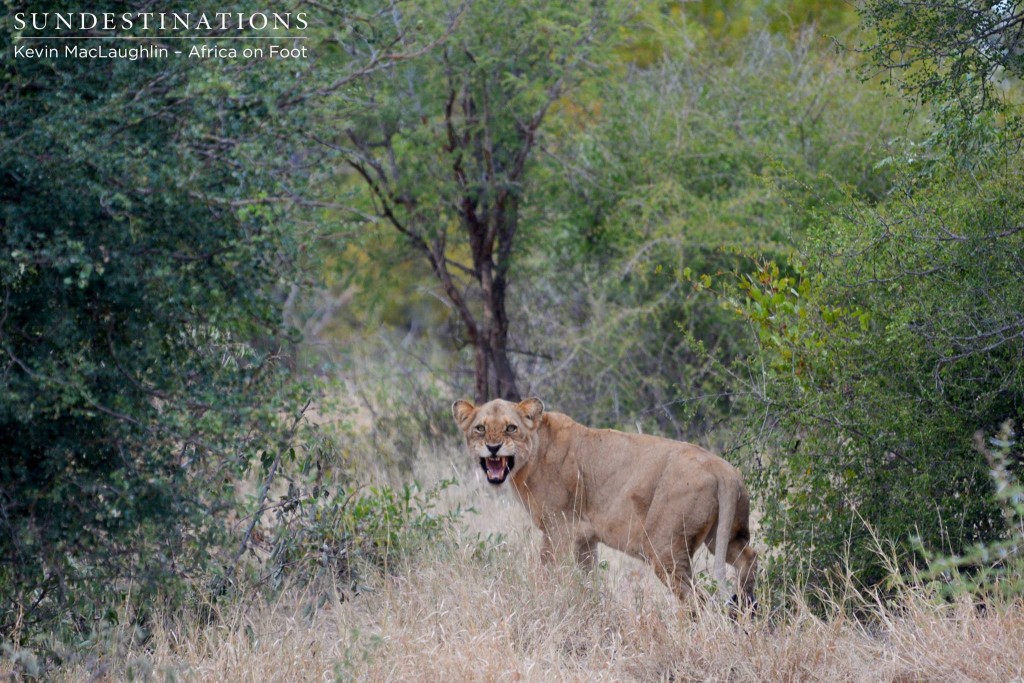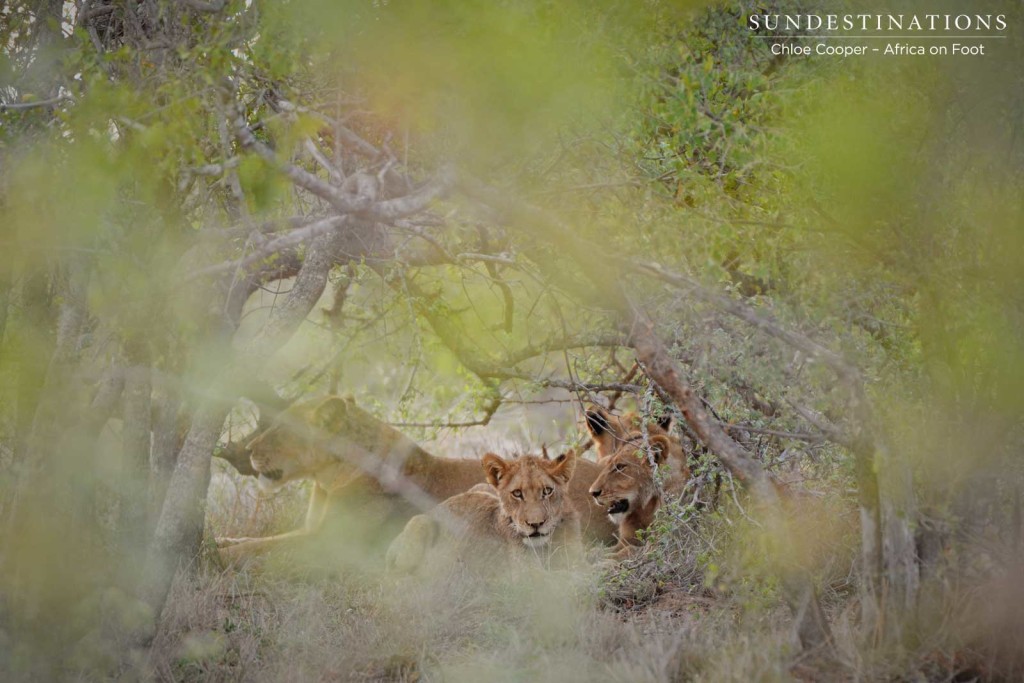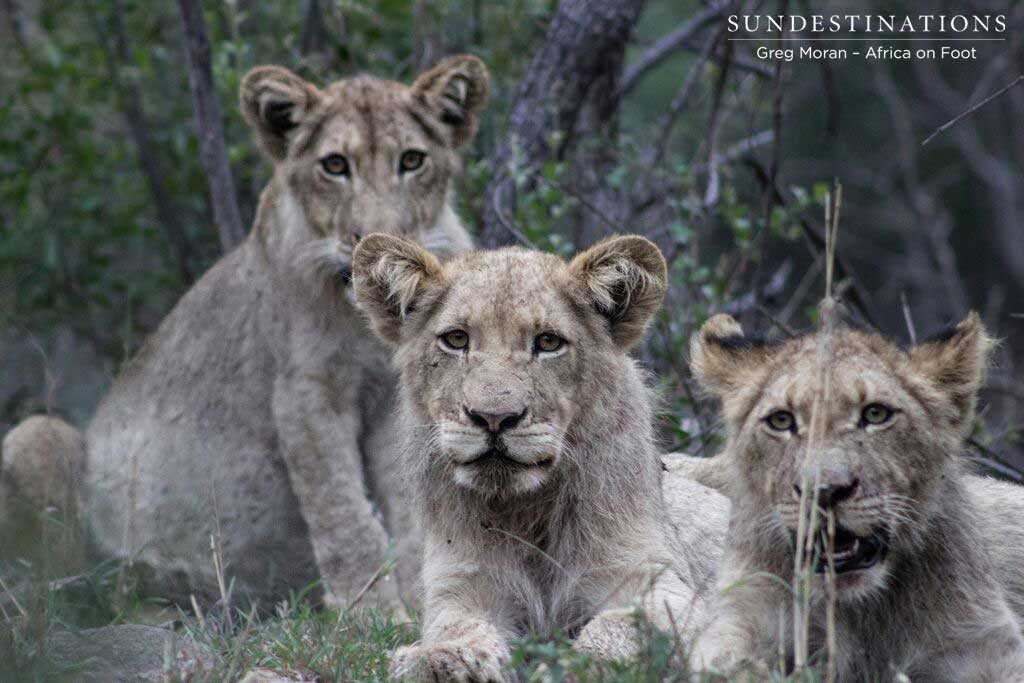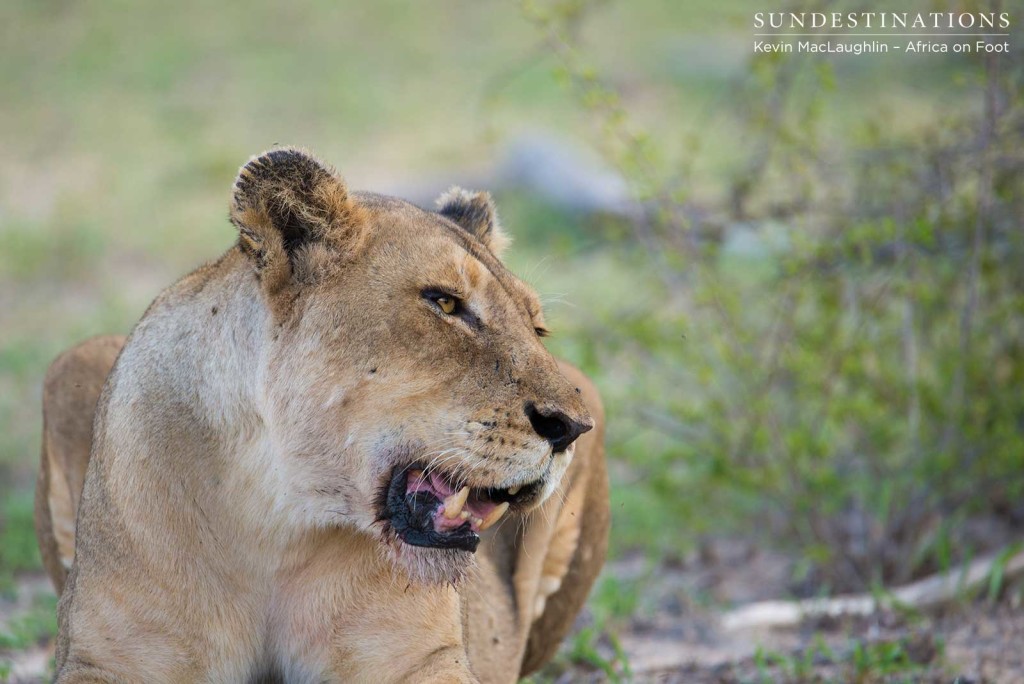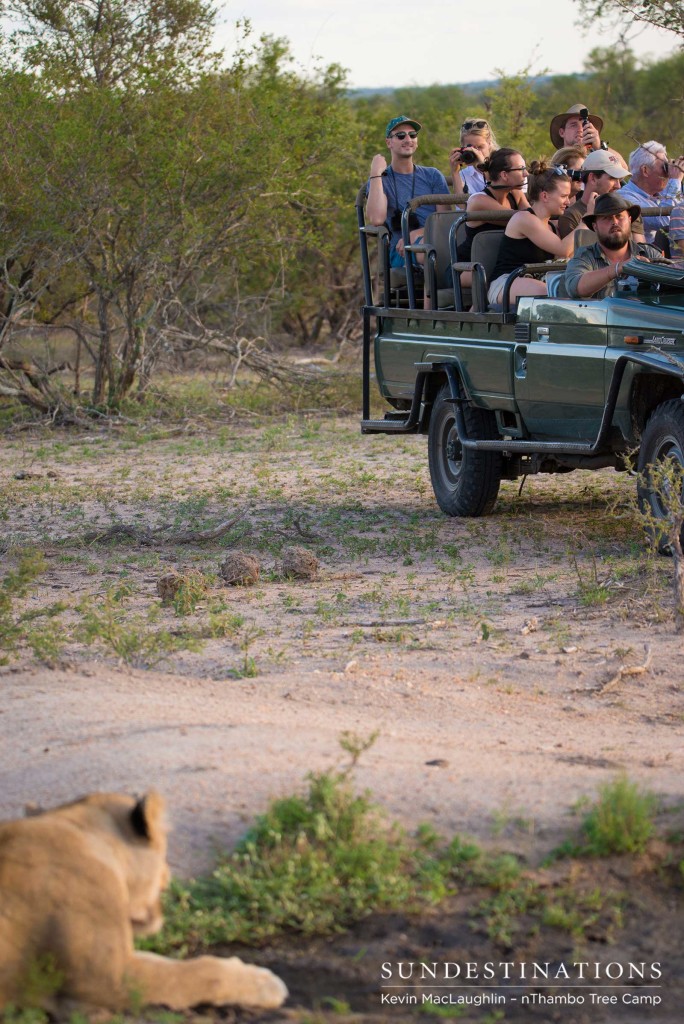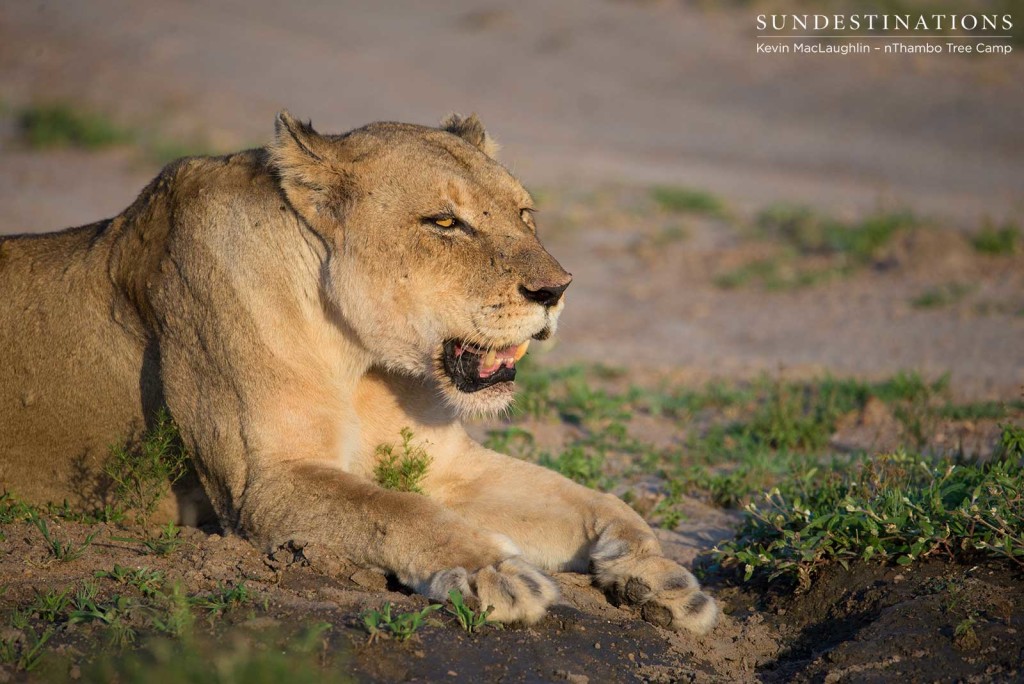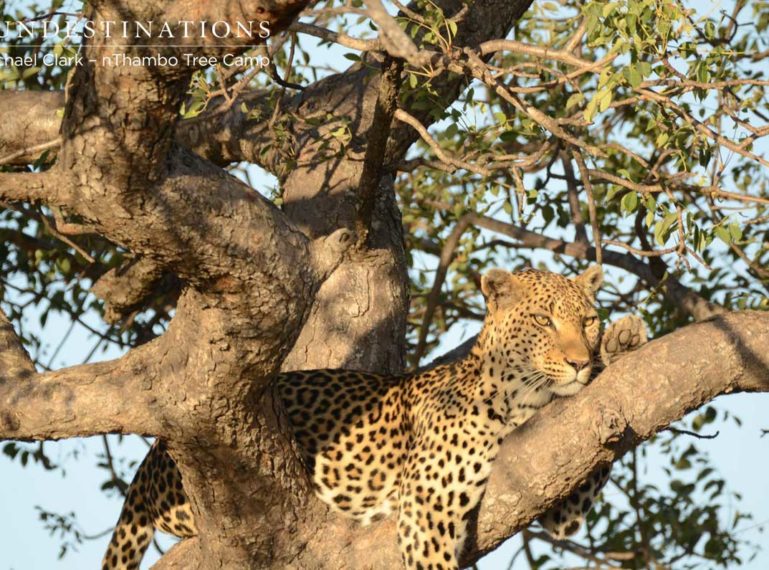
nThambo Tree Camp Feedback from Mike & Fiona
Mike and Fiona Clark are regular guests at nThambo Tree Camp in the Klaserie Private Nature Reserve. The first time they arrived at nThambo, they fell hopelessly in love with the idea of sleeping in wooden treehouses. They return twice a year to escape the English weather and get their safari fix. Here is an account of their time on safari at nThambo Tree Camp. Always great to hear it straight from a guest!
“Summer time in South Africa is normally lush and green. However, when we arrived at nThambo it looked more like the Kalahari than the Klaserie – the recent lack of rain and drought making the landscape dry as a desert. Many of the dams are empty or only small puddles of water remaining!
This didn’t deter the animals though and game viewing didn’t disappoint, thanks to the hard work of Matt and Isaac. Elephant herds passed through, looking for the small amount of water that was around, giving us excellent views of them walking through the bushveld – small calves holding onto mum’s tail to make sure they didn’t get left behind!
We were lucky enough to see a young female leopard, not once but twice. Firstly she was seen just after drinking from a nearby dam, making her way past our vehicle, looking for her next meal. The following day we caught up with her again, this time relaxing in the evening heat high up in a Marula tree, her favourite place (this is why she has been named the Marula female!). We also caught up with the Ross Breakaway female lions. Isaac had been tracking them all game drive, when we came across them drinking in the darkness. They seem to be recovering well after their recent ‘run in’ with the Hercules pride, but battle scars can be seen on both of them – some would say adding more character to these 2 tough lions.
We also has several sightings of rhinos – some just a fleeting glance as they ran through the bushes, but several nice sightings of relaxed rhinos, continuing to eat grass as if we weren’t there. The last of the big 5 were a little more elusive, probably due to the lack of greenery or water. But we finally tracked them down on our last drive, 5 old male buffalo appearing from the deep thickets to give us the obligatory stare (and good photo opportunity). After celebrating this, we stopped for coffee break at a fabulous tree house – it’s wonderful to stand in the breeze, high in a tree overlooking the Klaserie bushveld in all its glory.
But it’s not just about the ‘big 5’ – there were plenty of other fabulous sightings. An array of antelope (Impala, kudu, steenbok and nyala to name a few), Hippos and crocodiles relaxing in a large dam and several warthog families usually running away with their tails in the air. However the best was to see a newly born kudu take its first steps and disappear into the Mopani trees with its mother – how special.
Summer also brings an abundance of birds and it’s always nice to stop and take a few moments to watch and appreciate them, especially some of the exotic bee-eaters or rollers with their vibrant colours. We spent several minutes watching a young eagle devour it’s breakfast (a flap necked chameleon) only a few metres from us, which was entertaining for all.
Camp itself is as wonderful as ever. In the soaring Summer heat the pool became the meeting place for all guests – a great place to cool down and relax, along with a few beers. This is where guests become friends, and stories of game drives are relived.”
Thanks Fiona, we look forward to your next feedback session !

